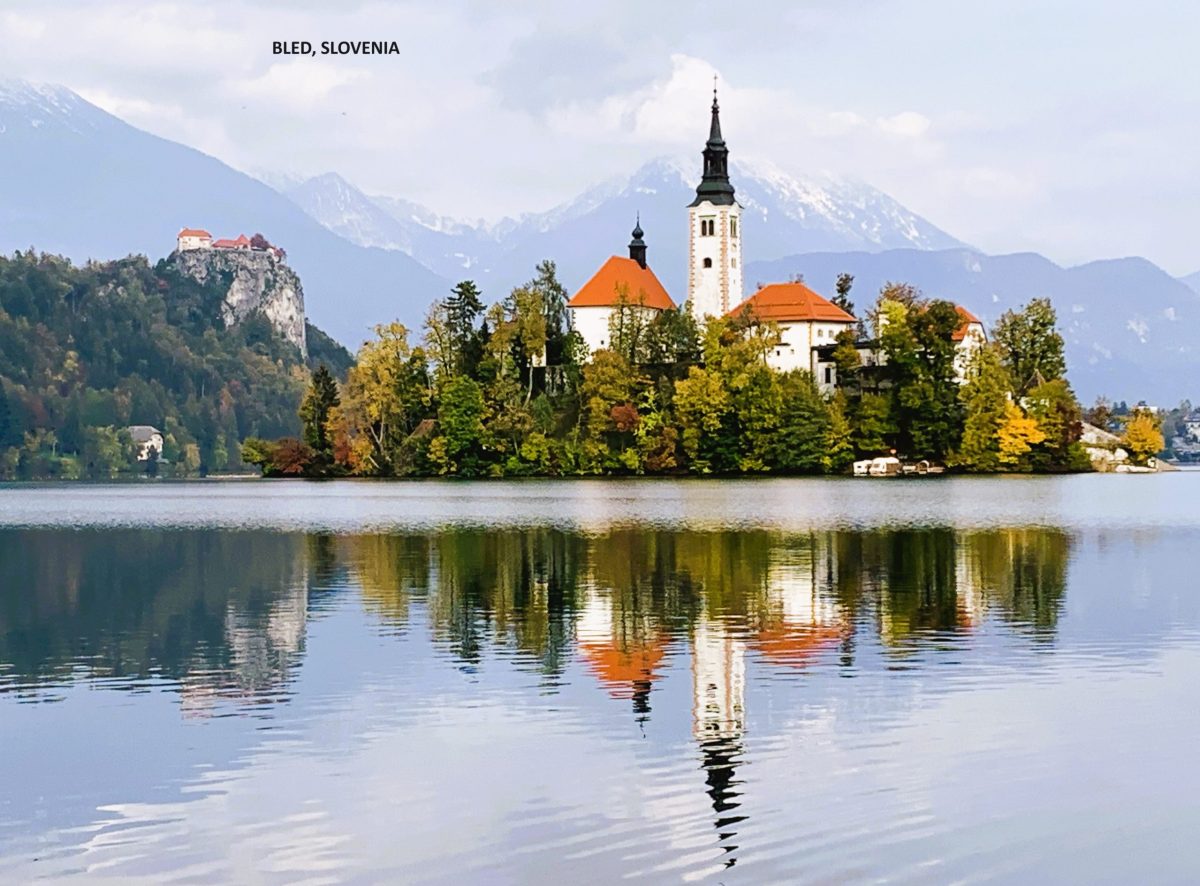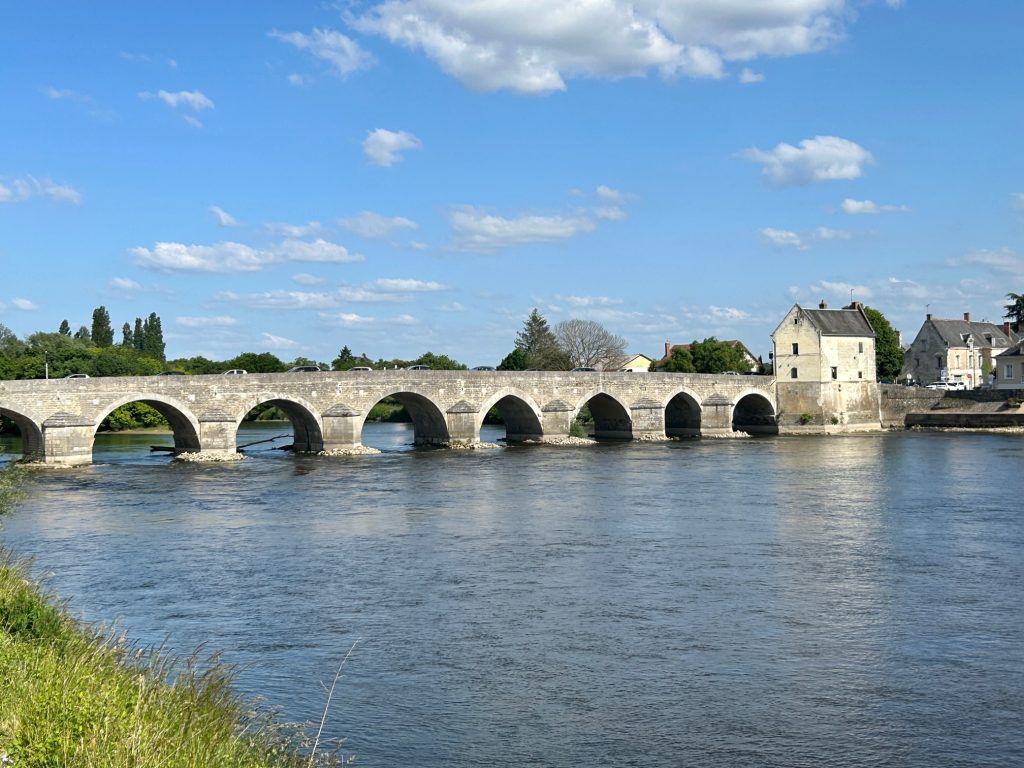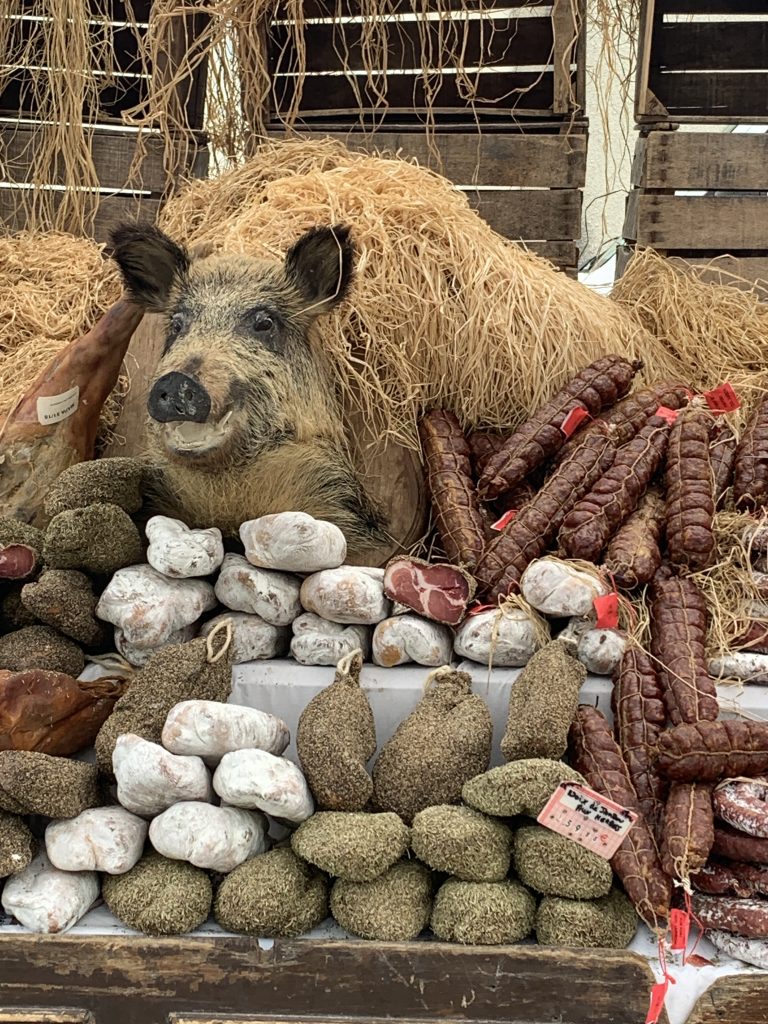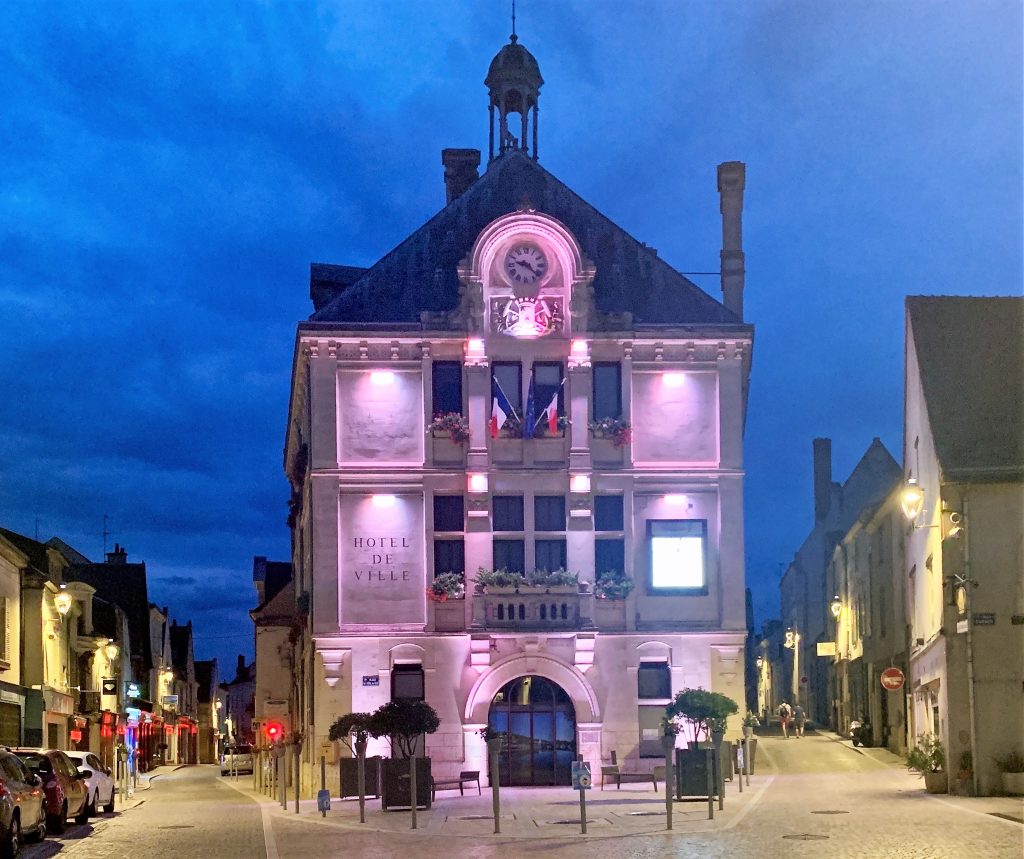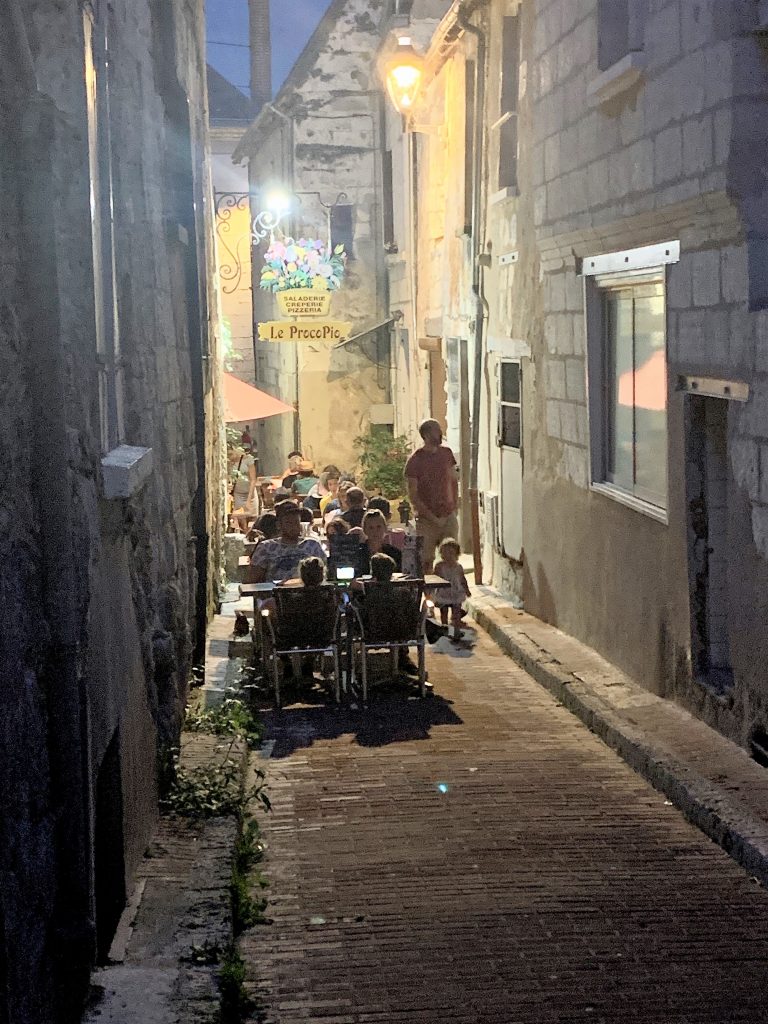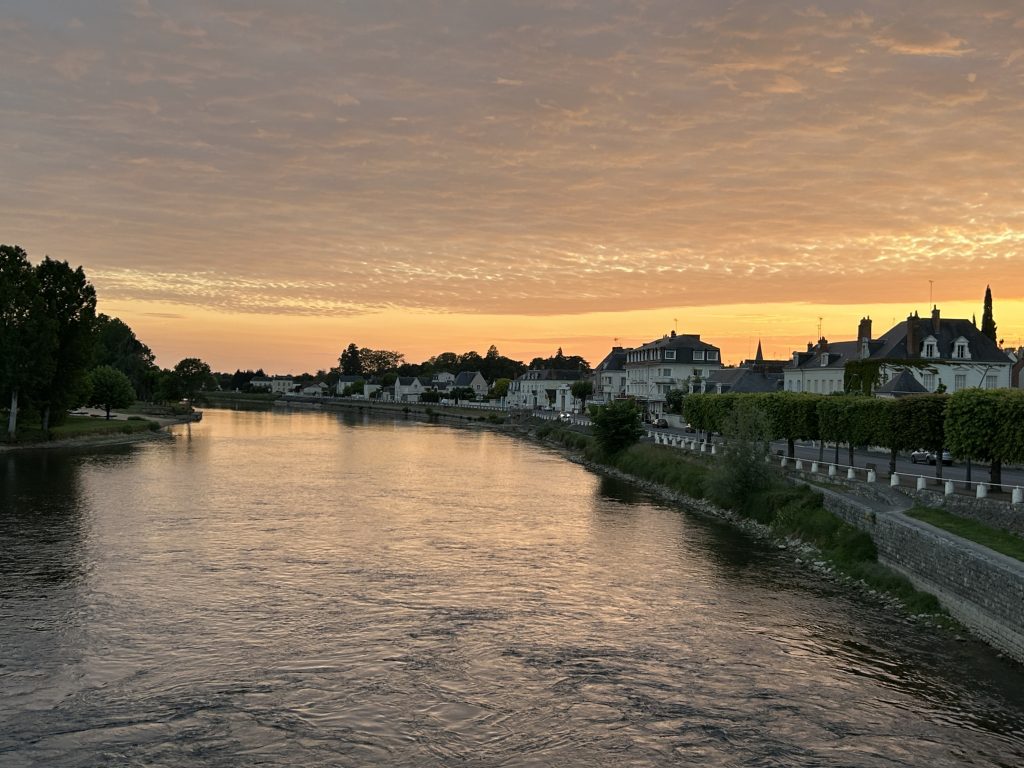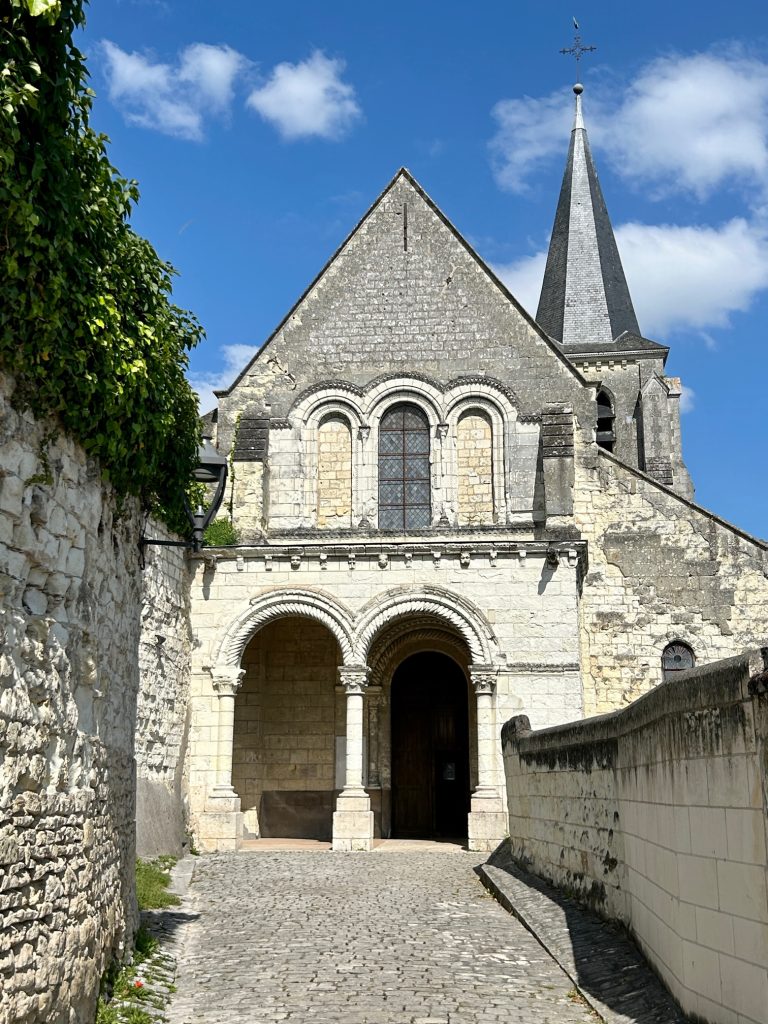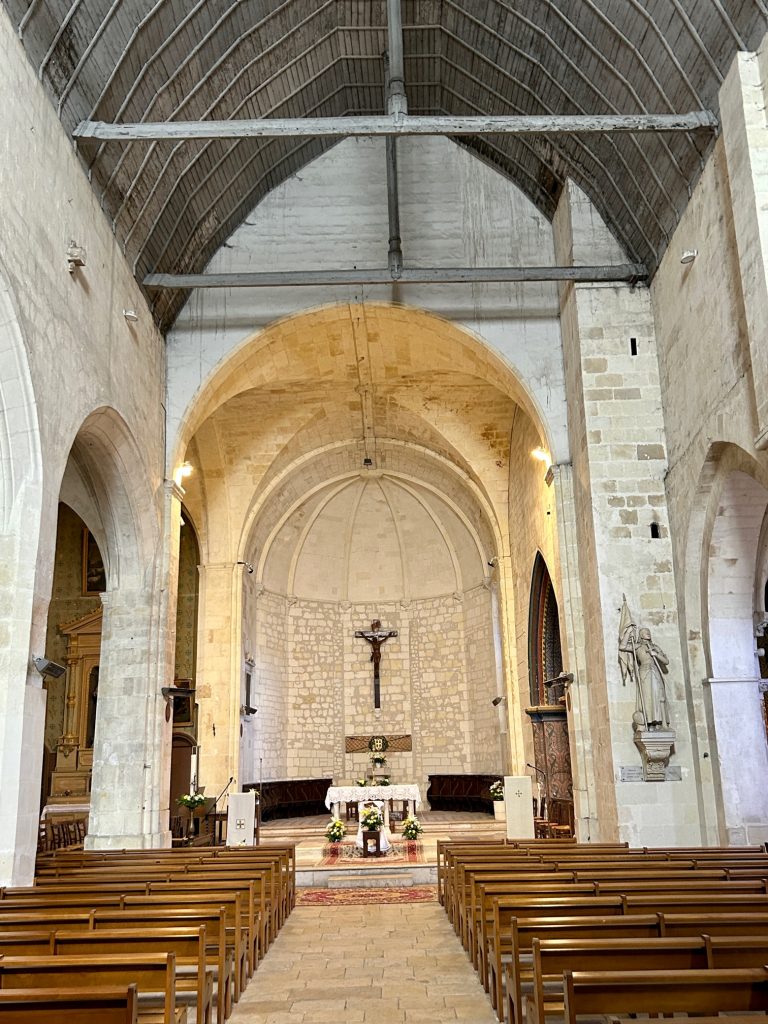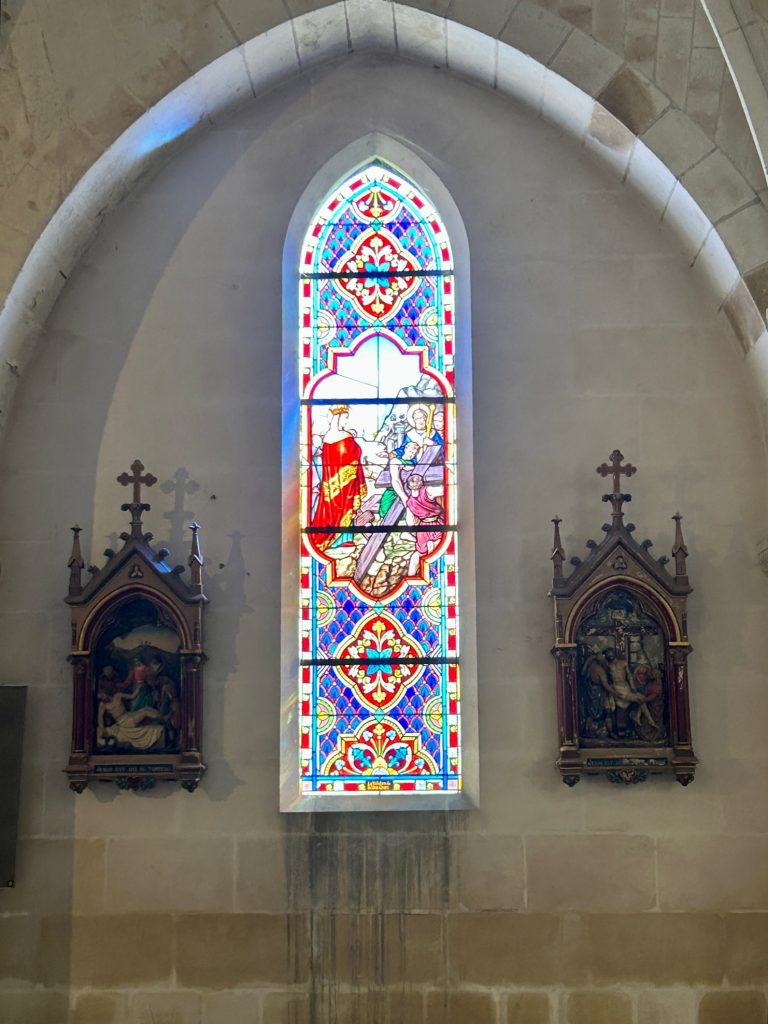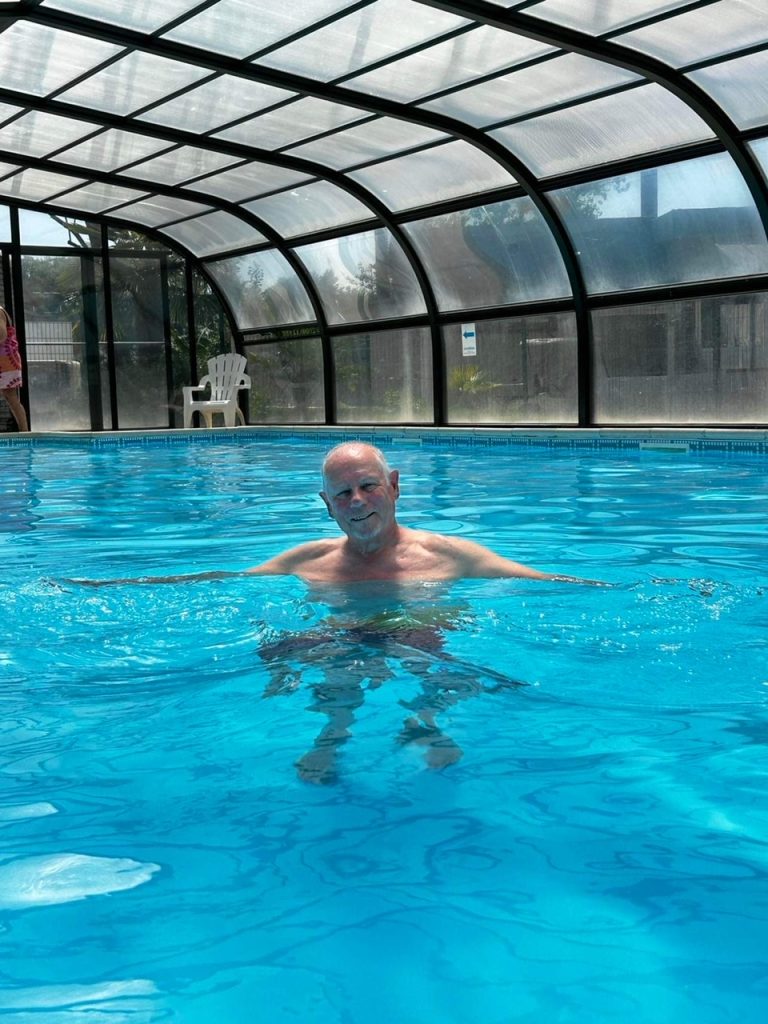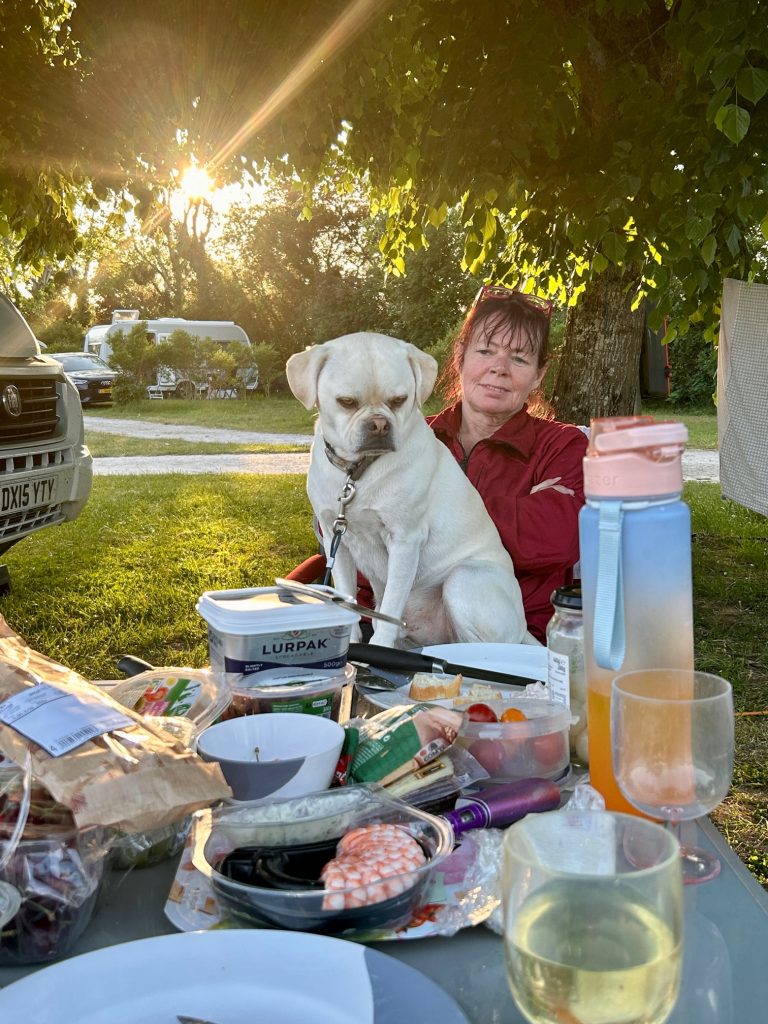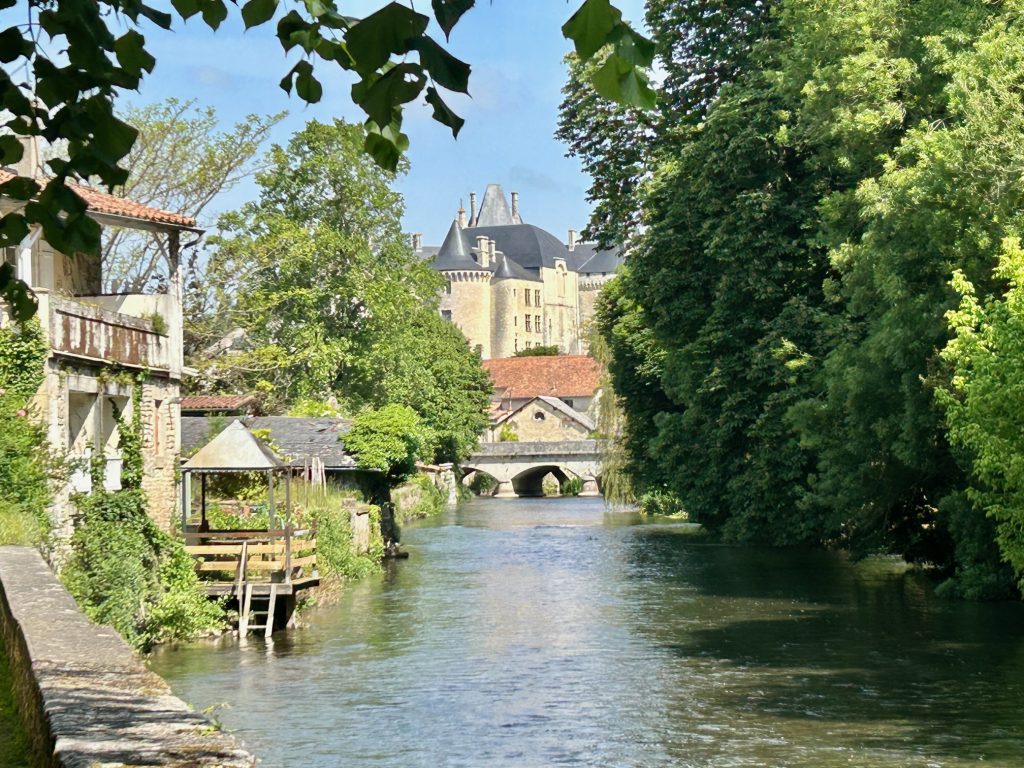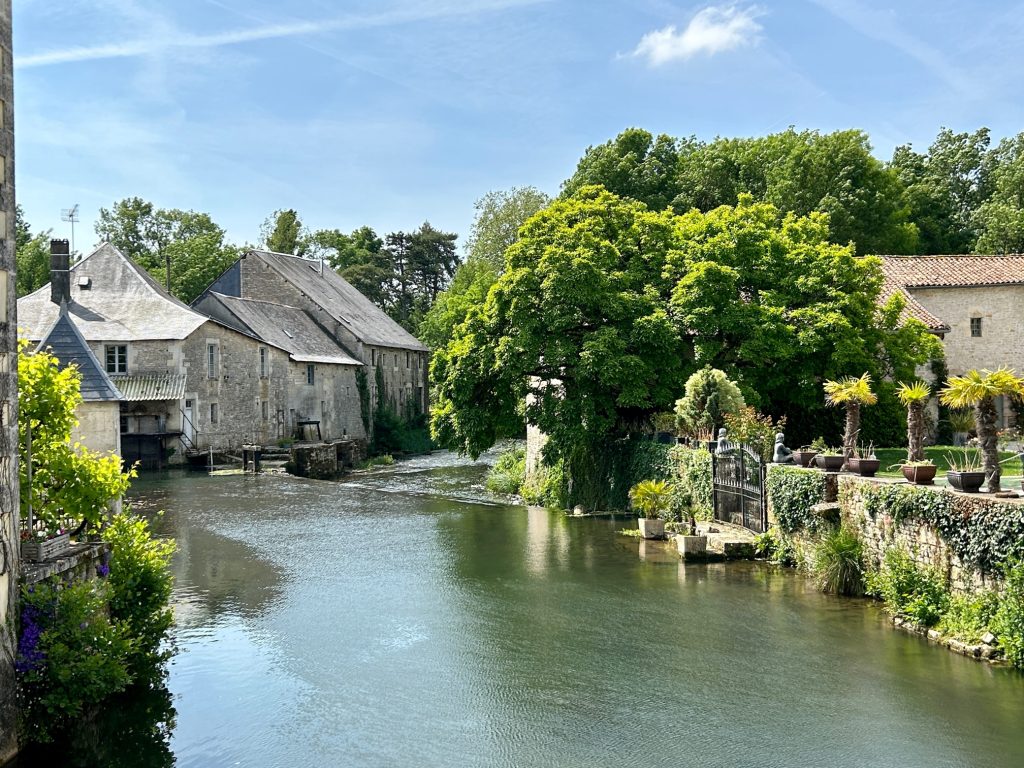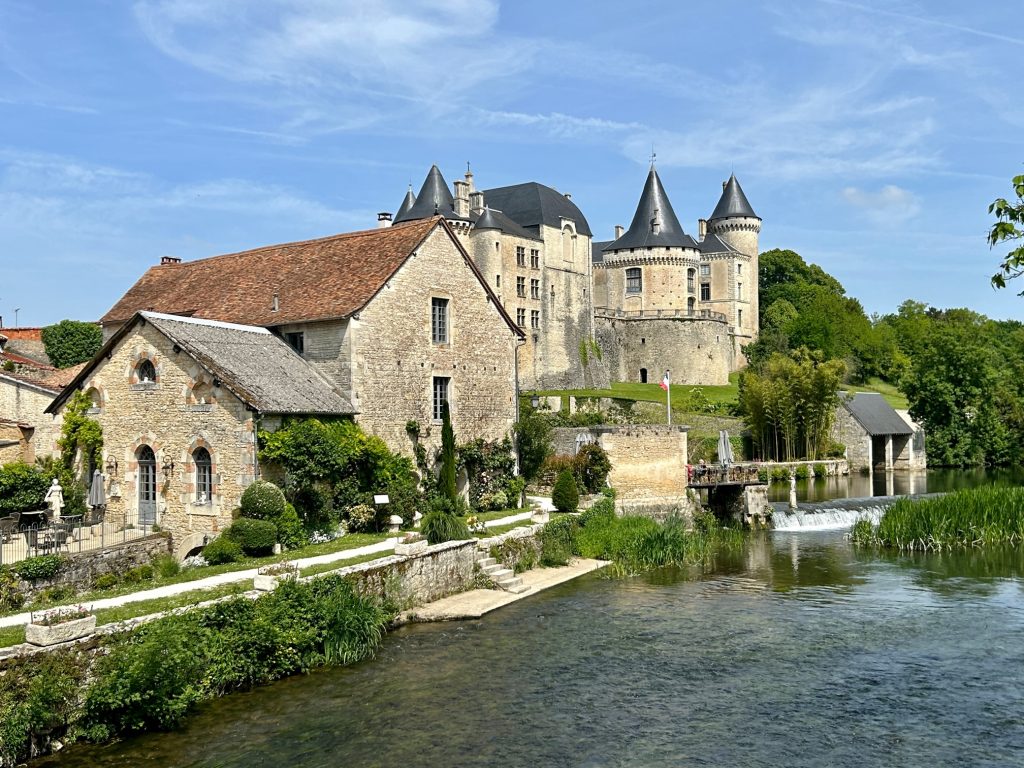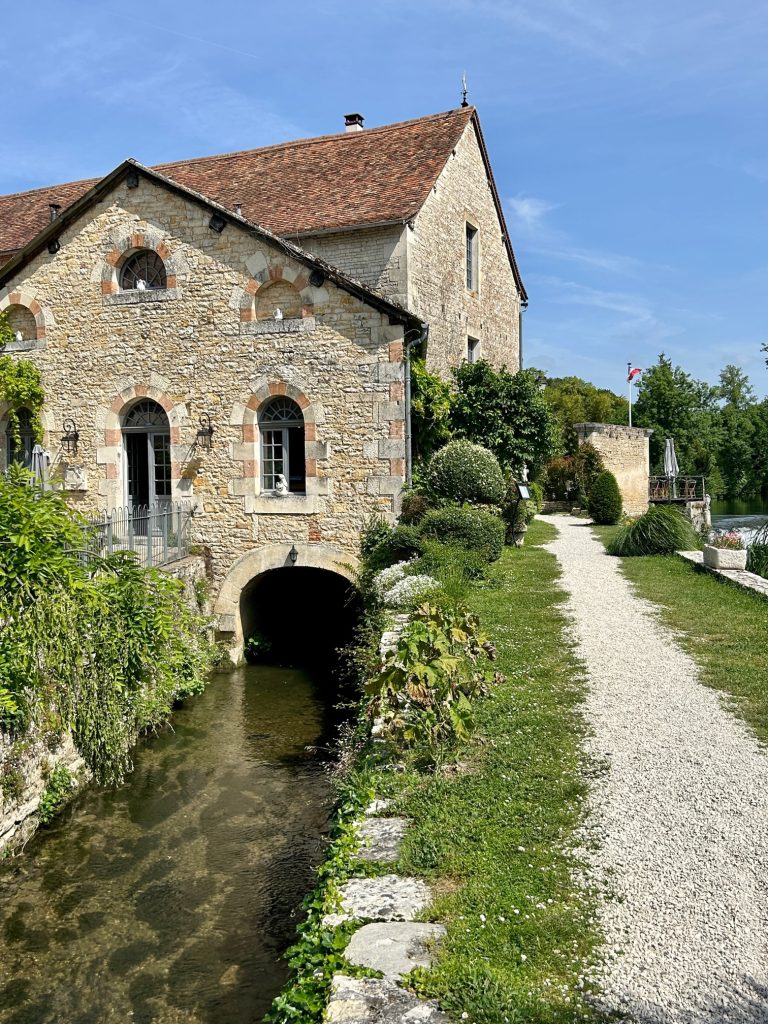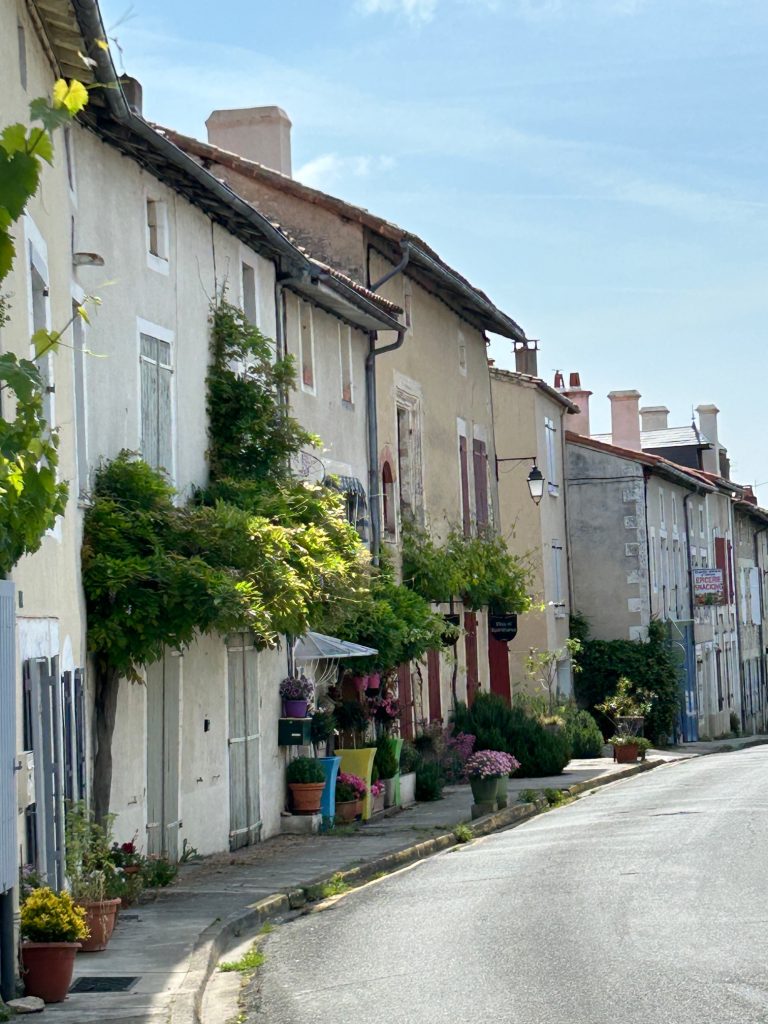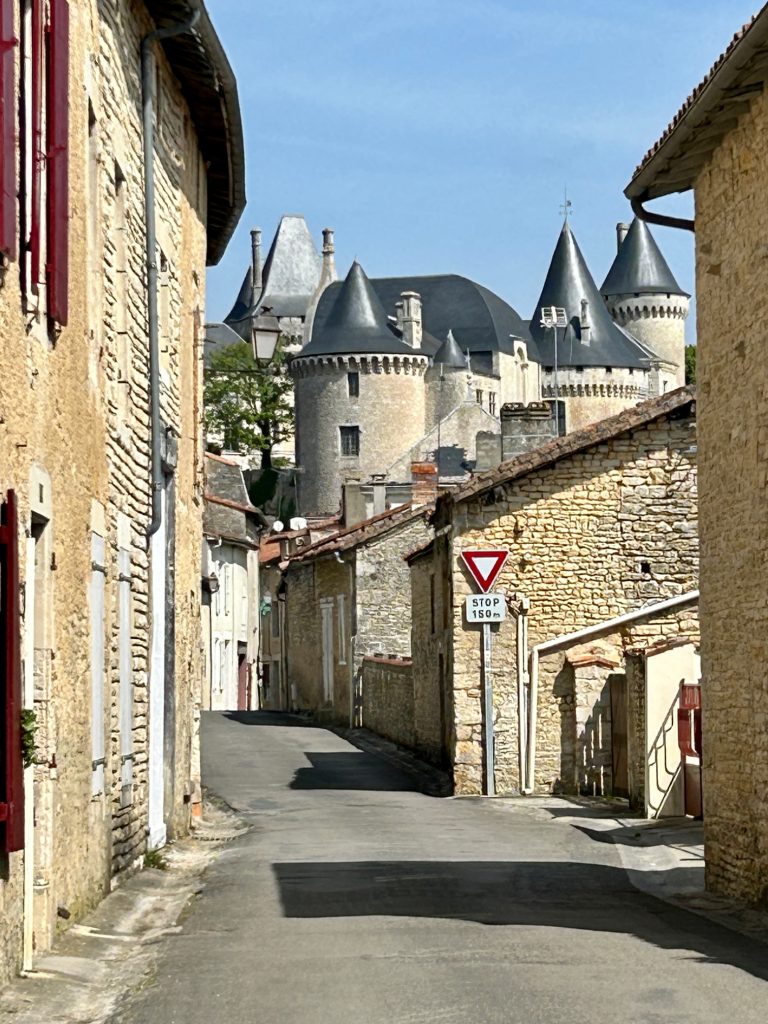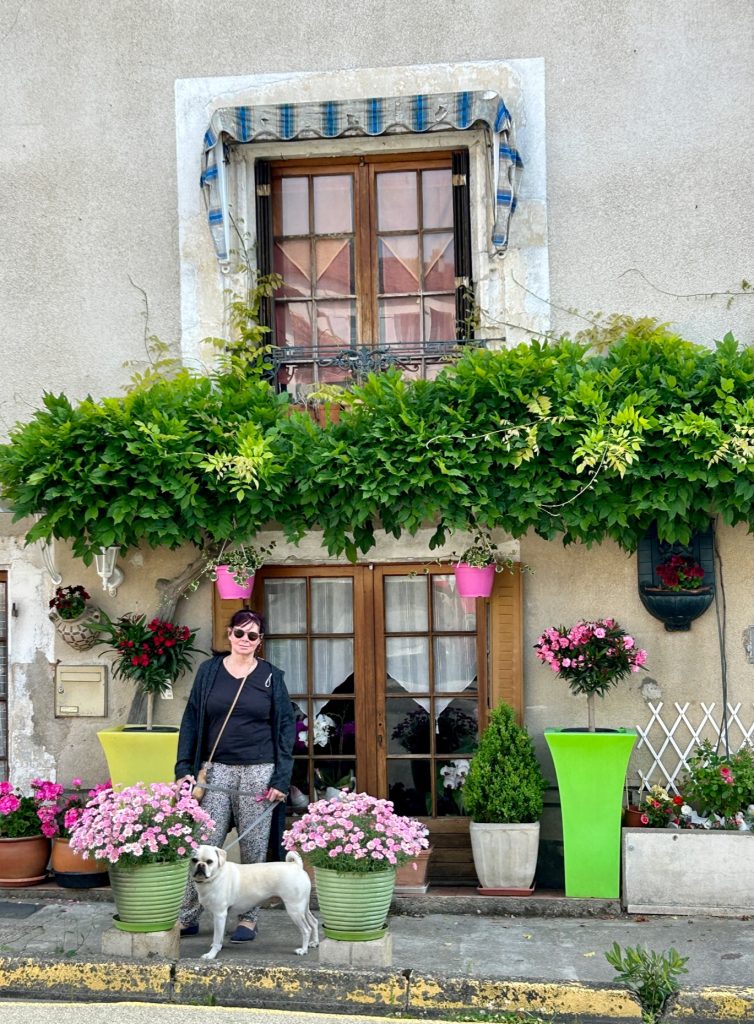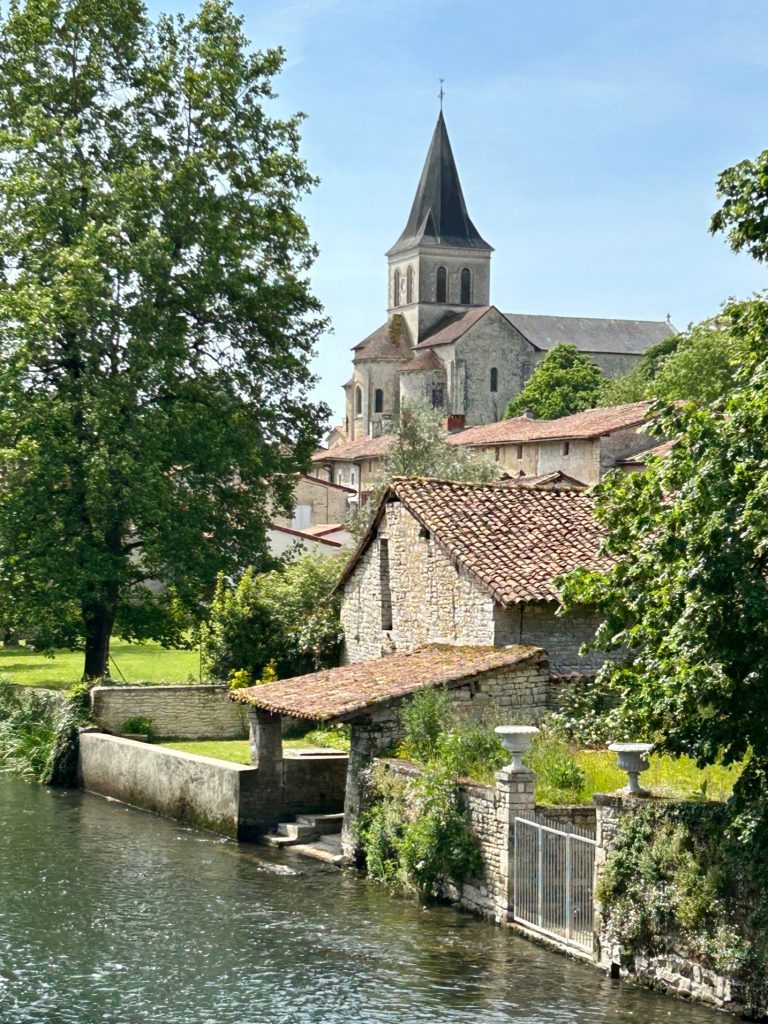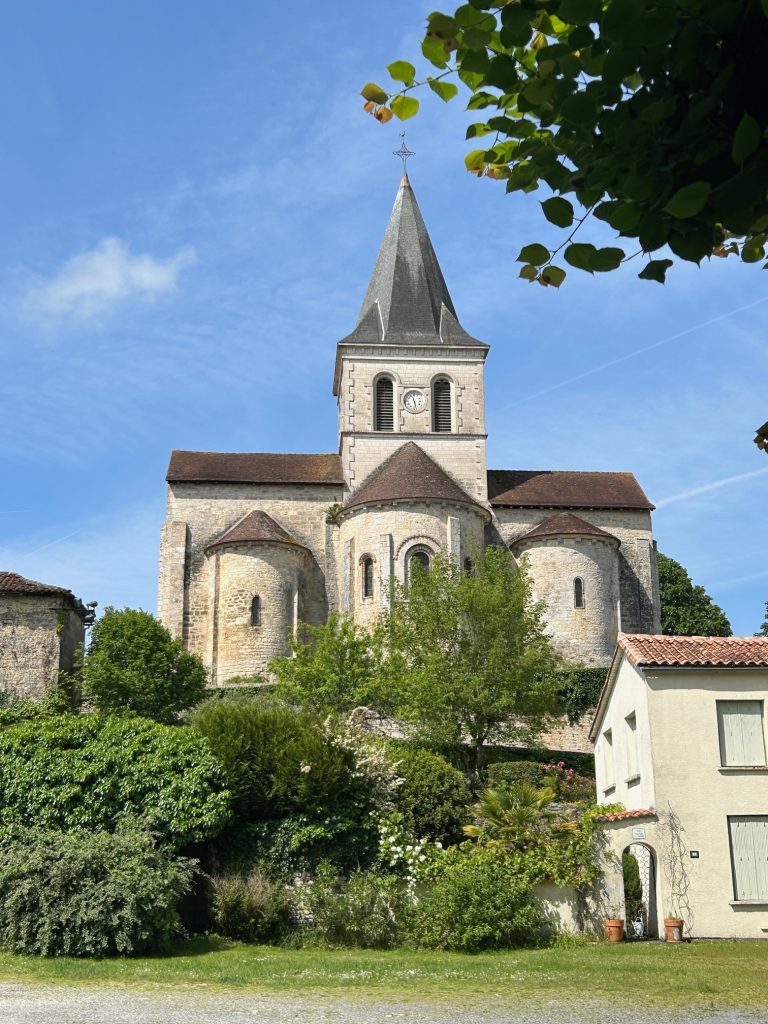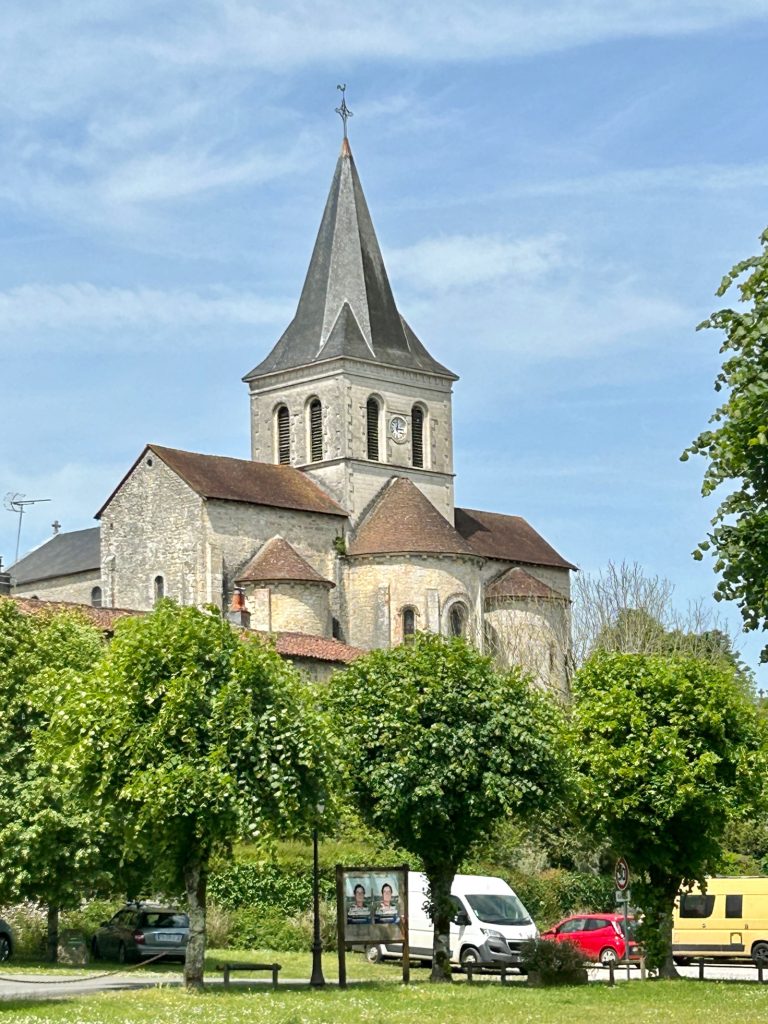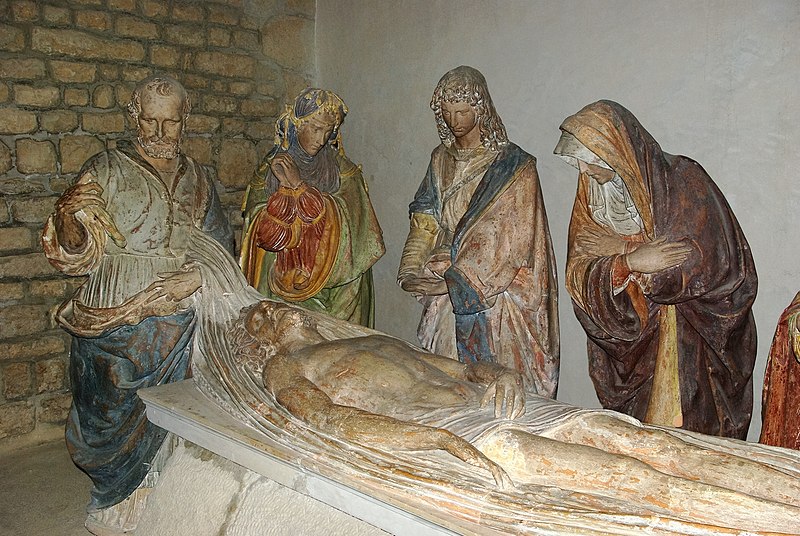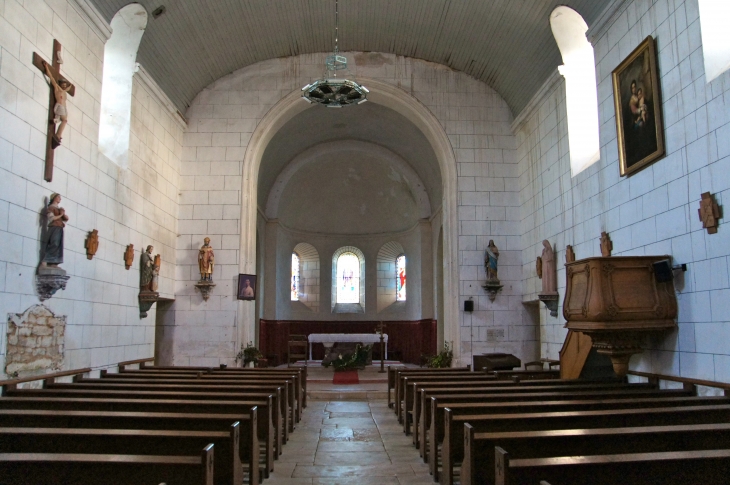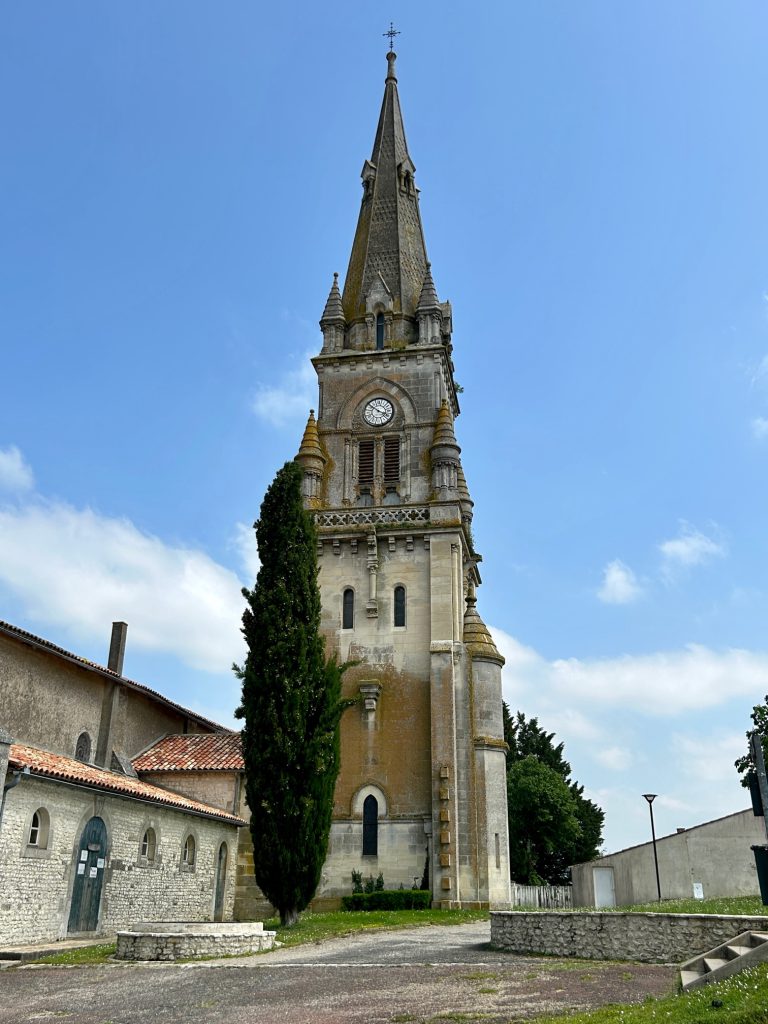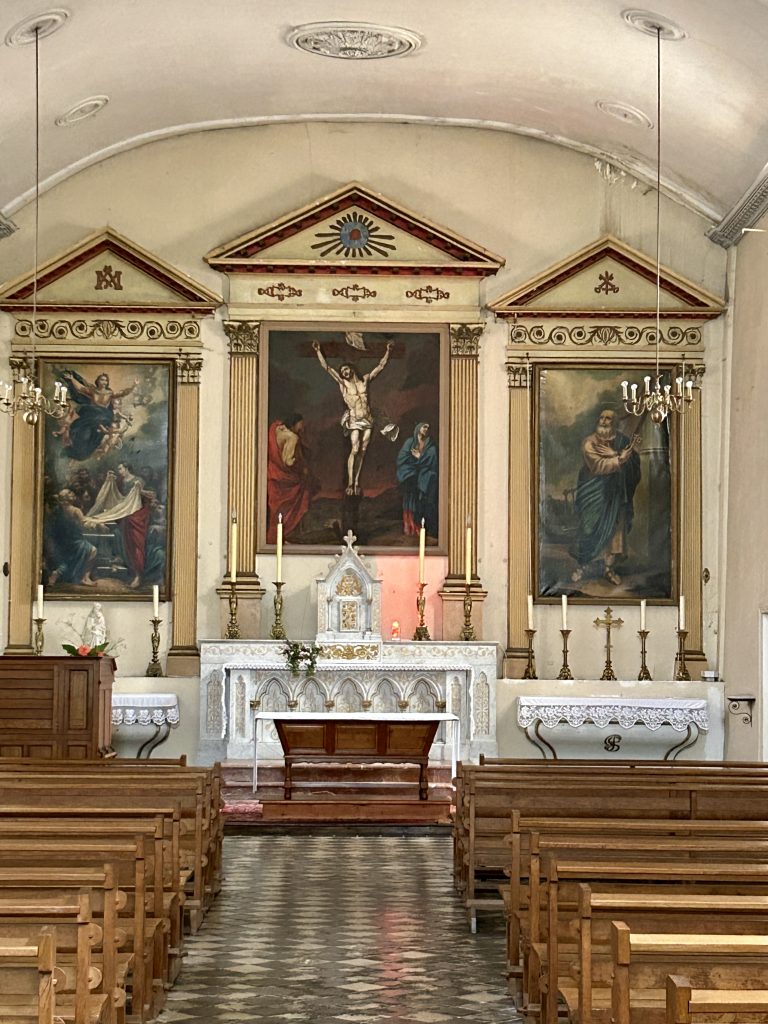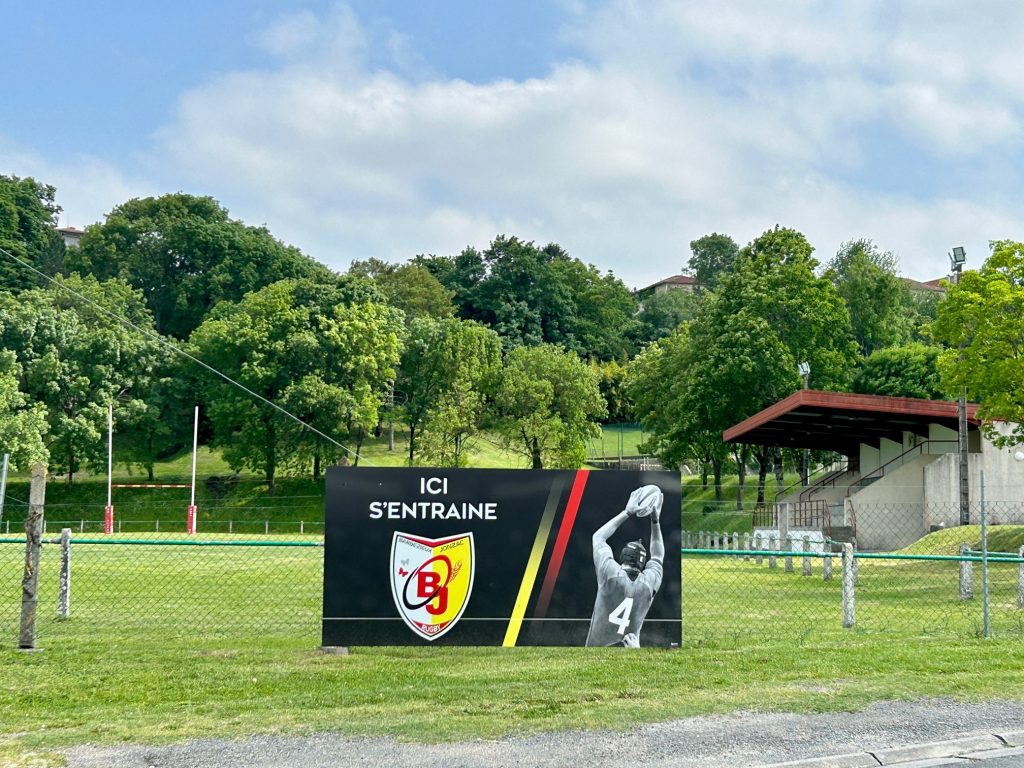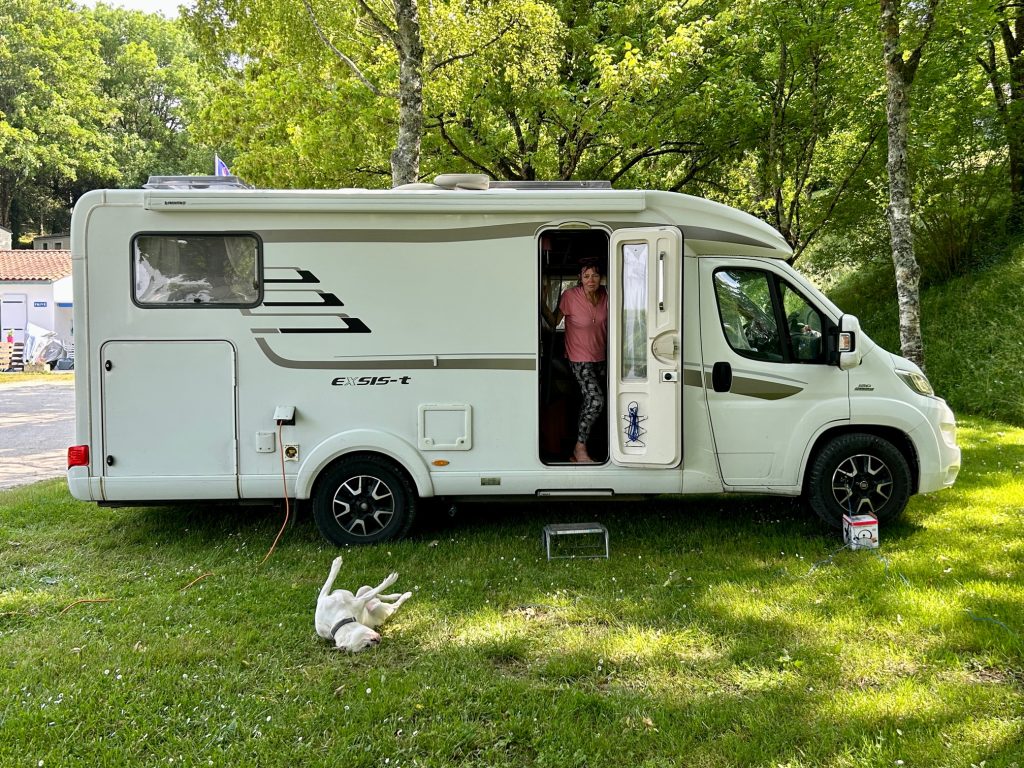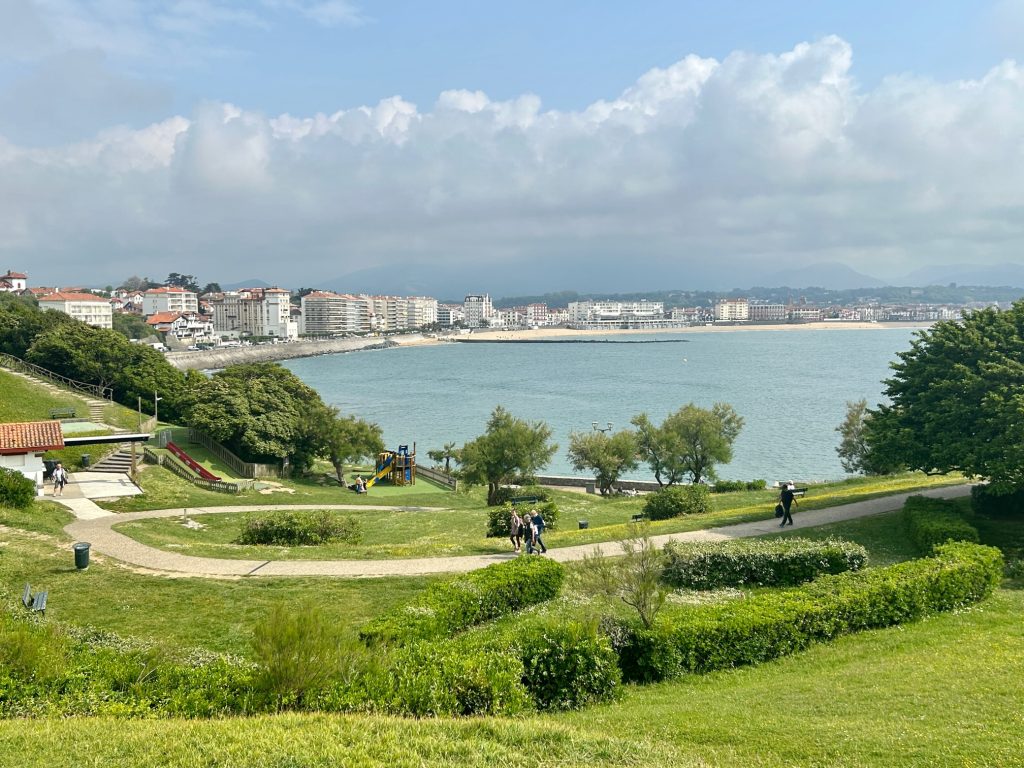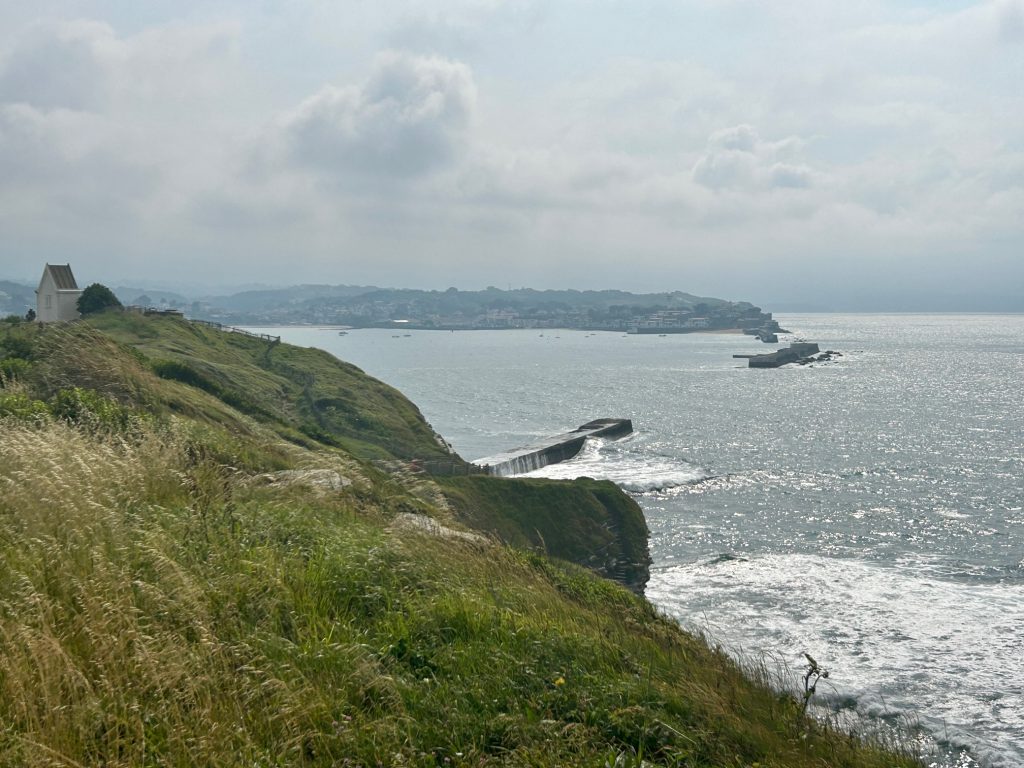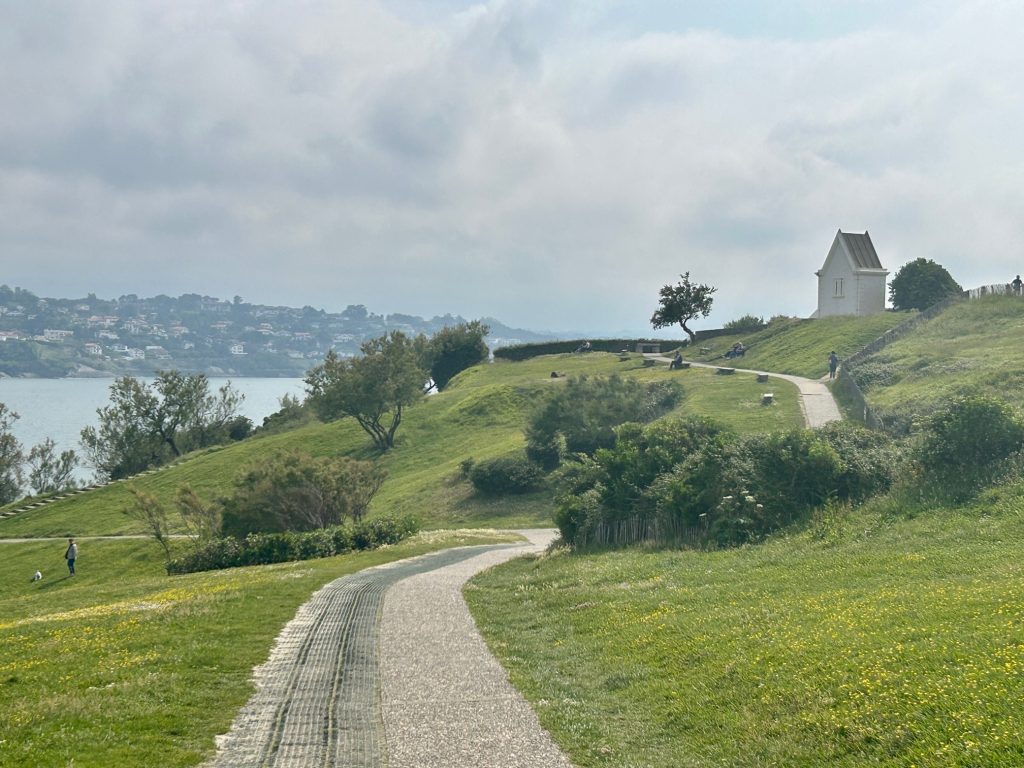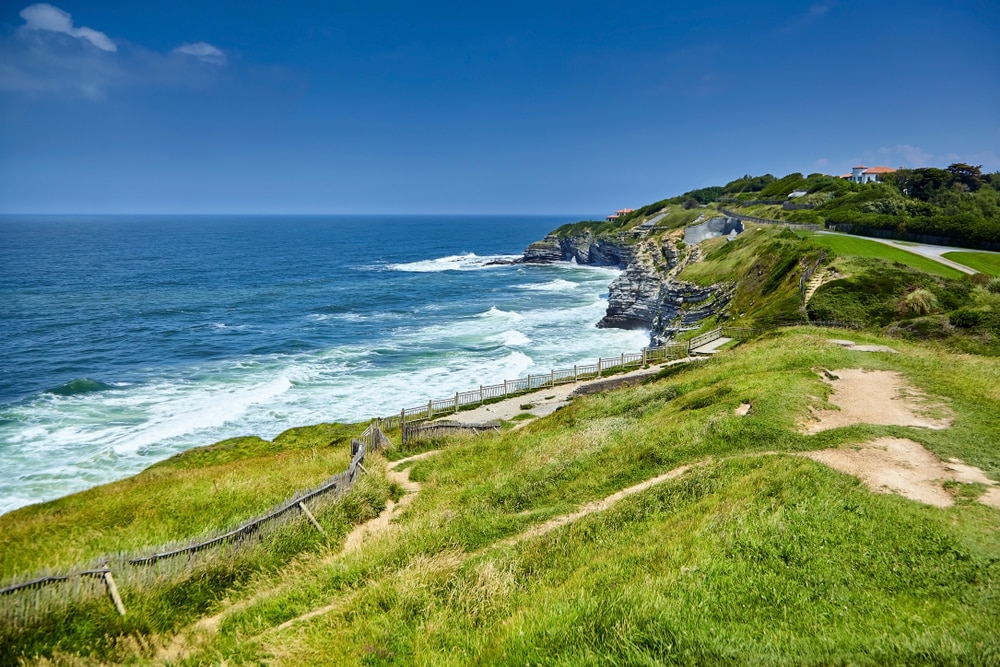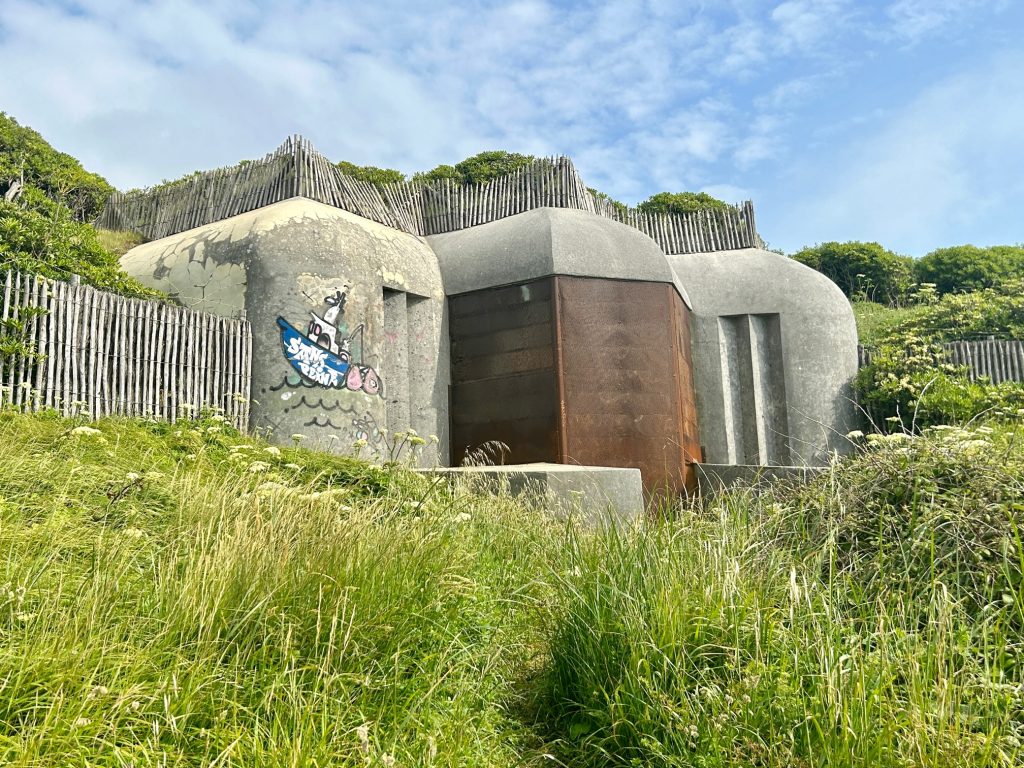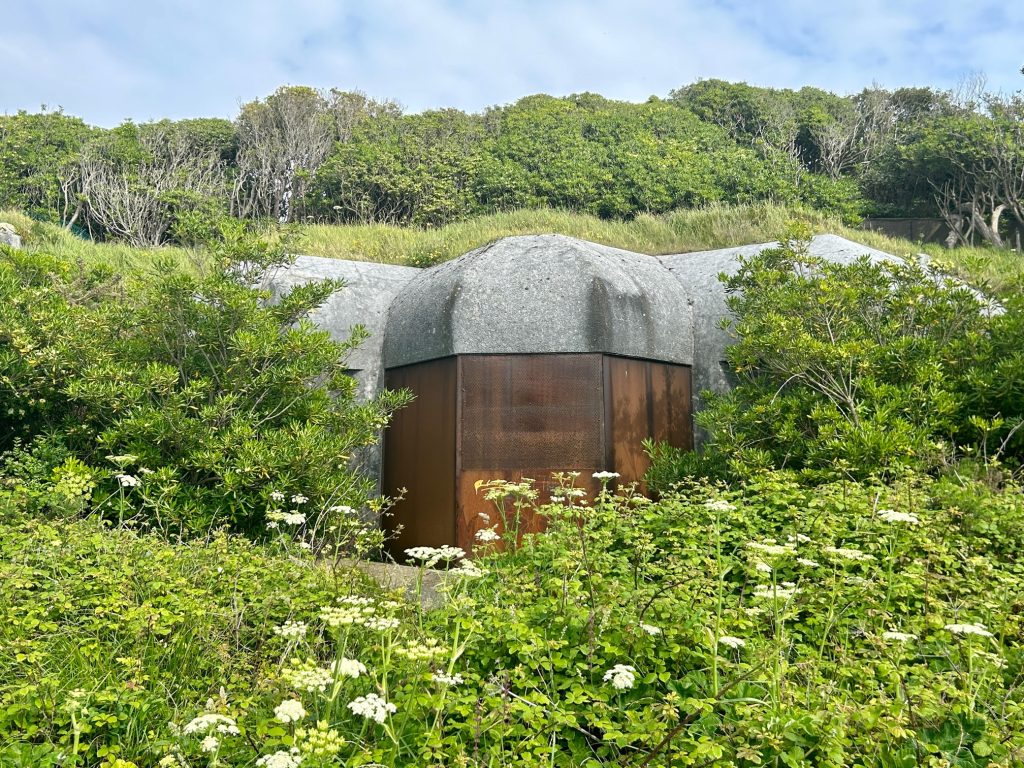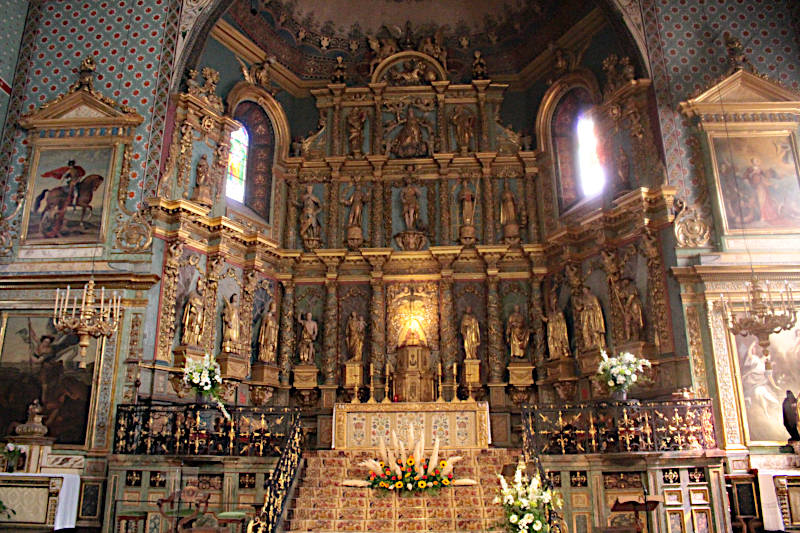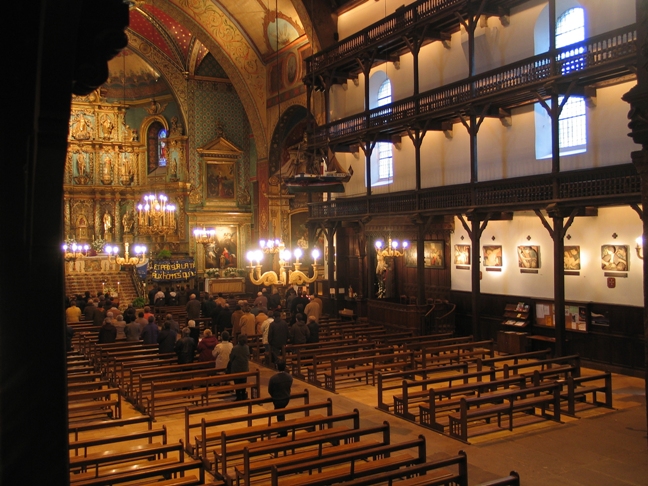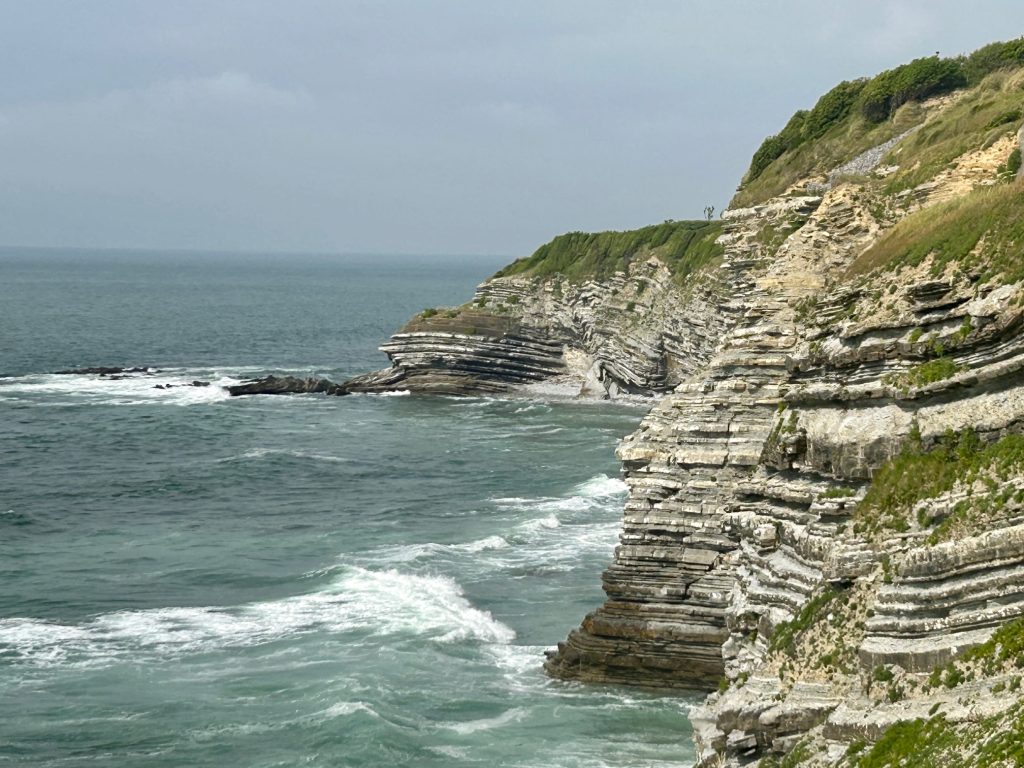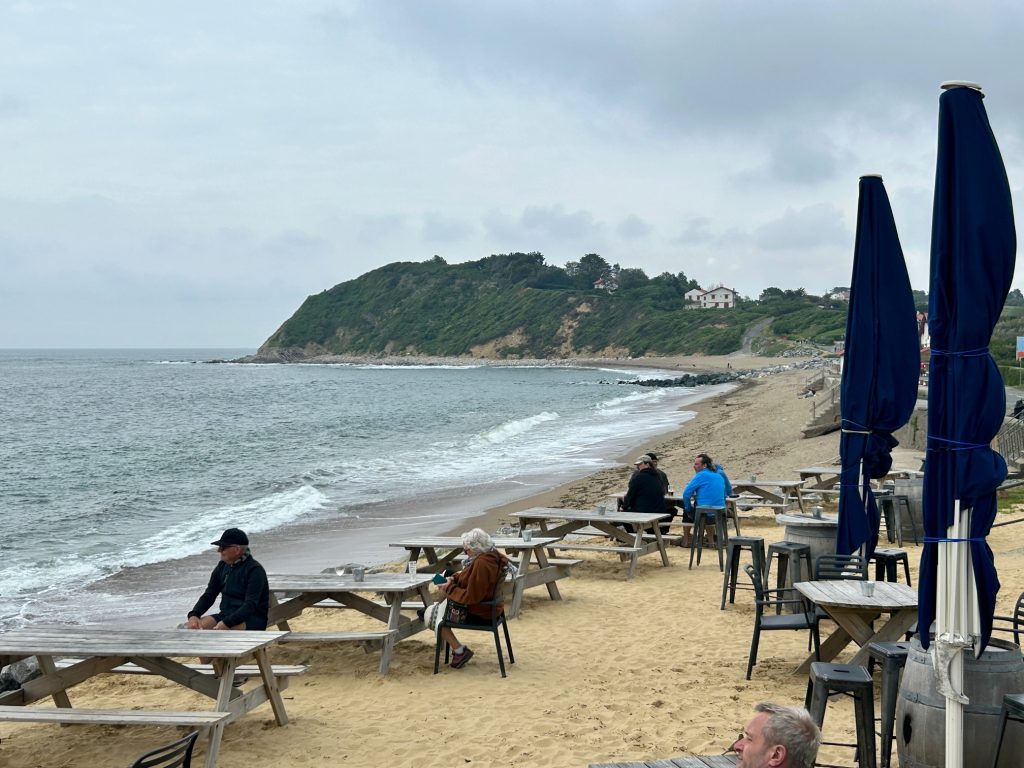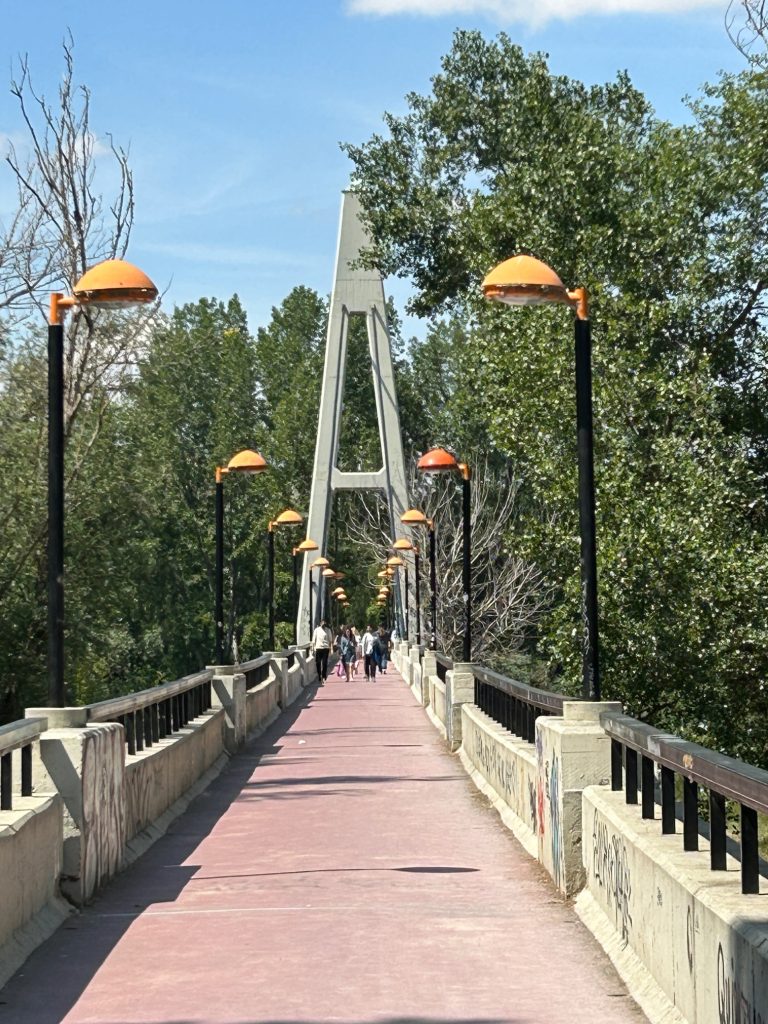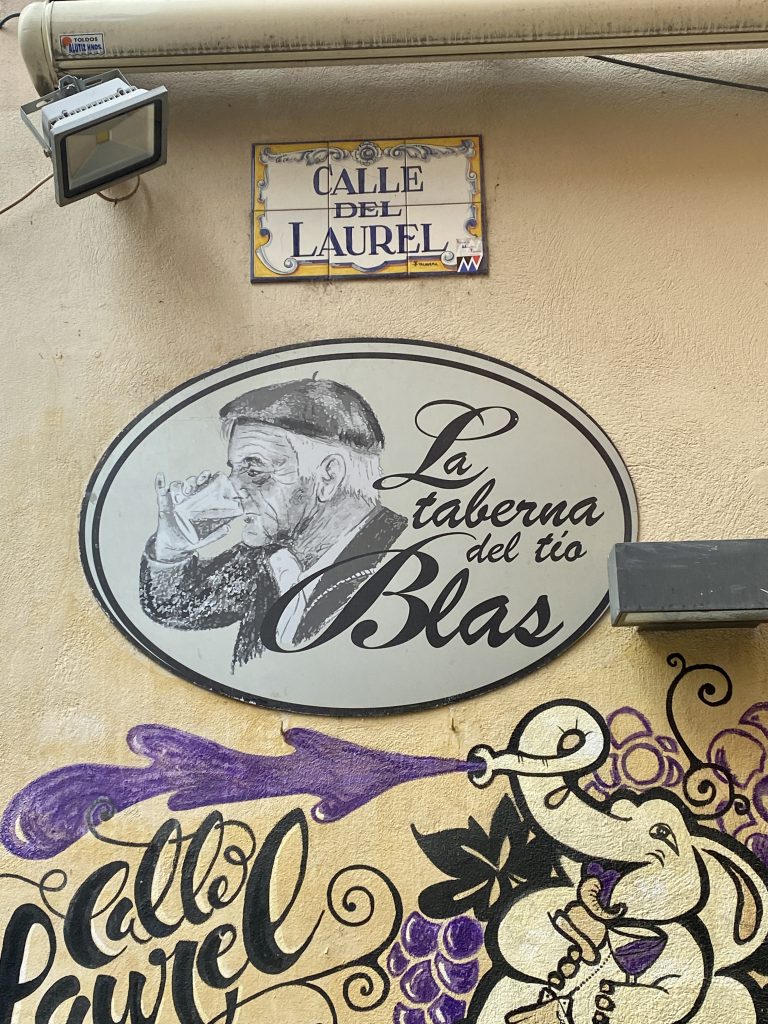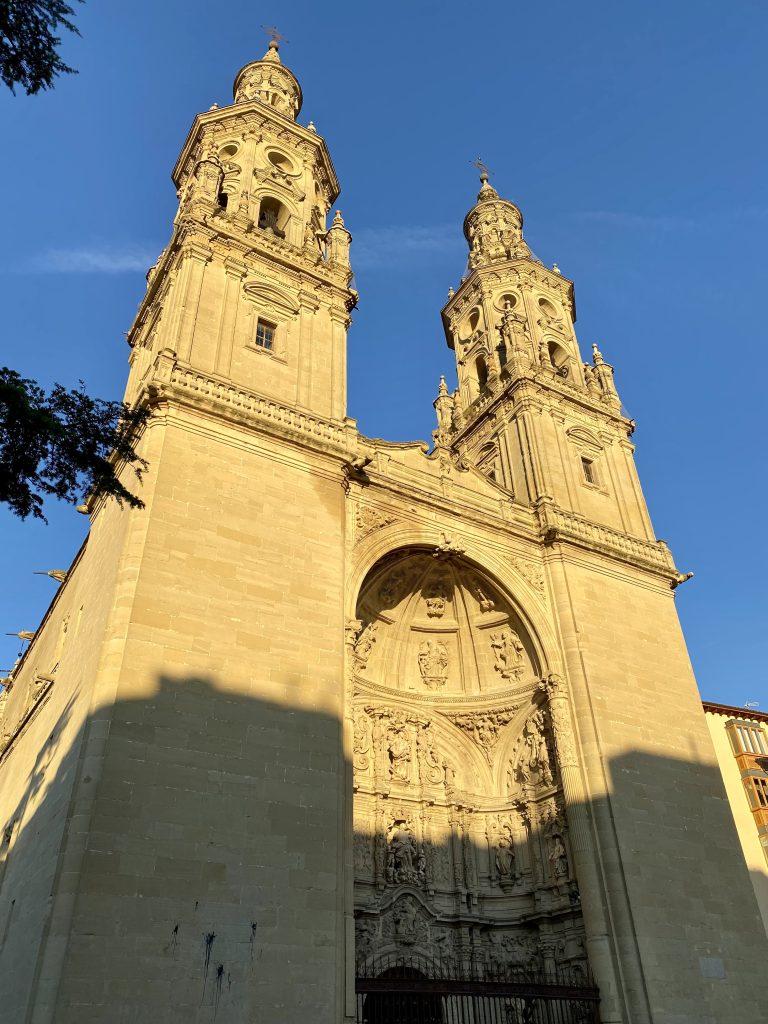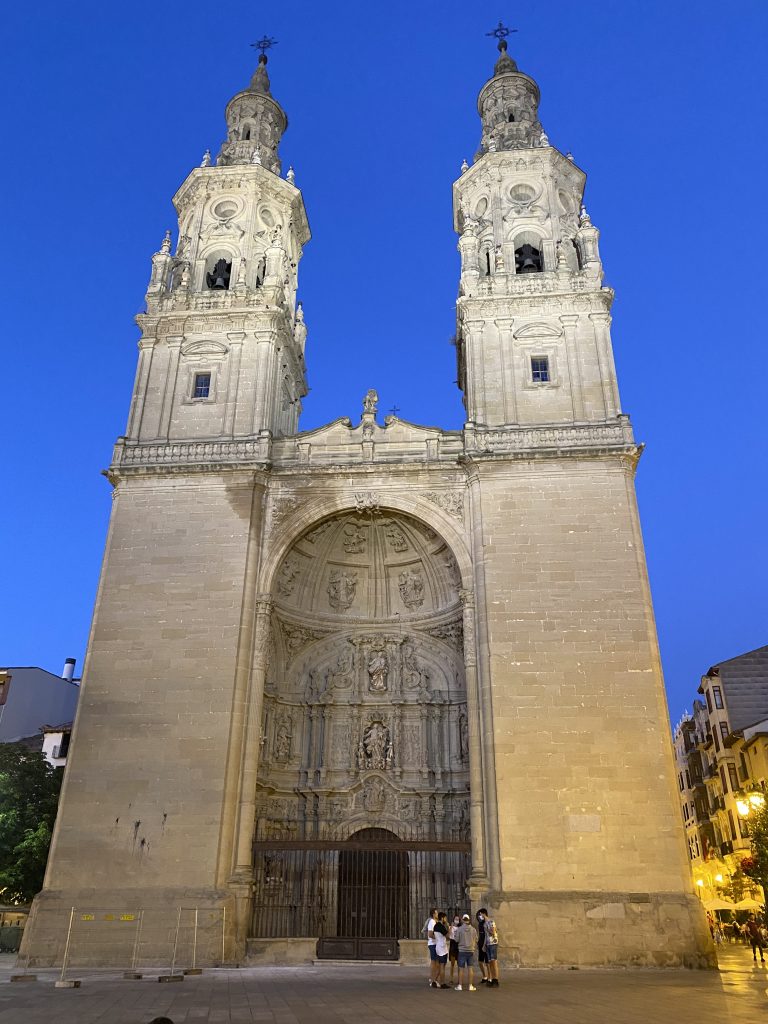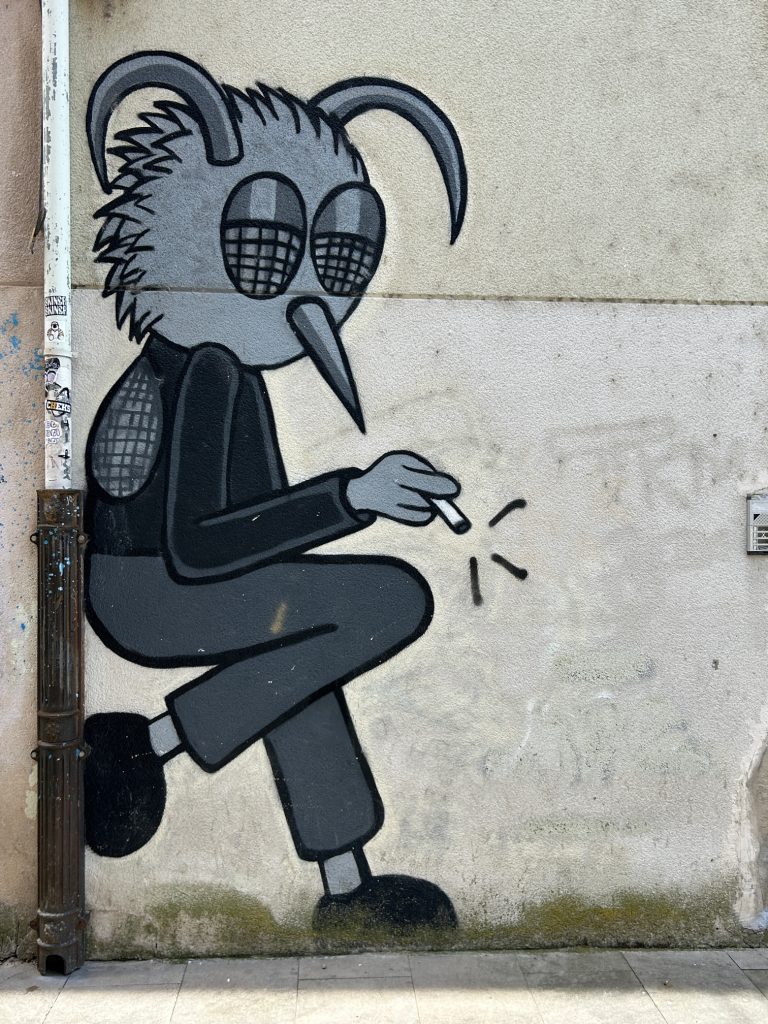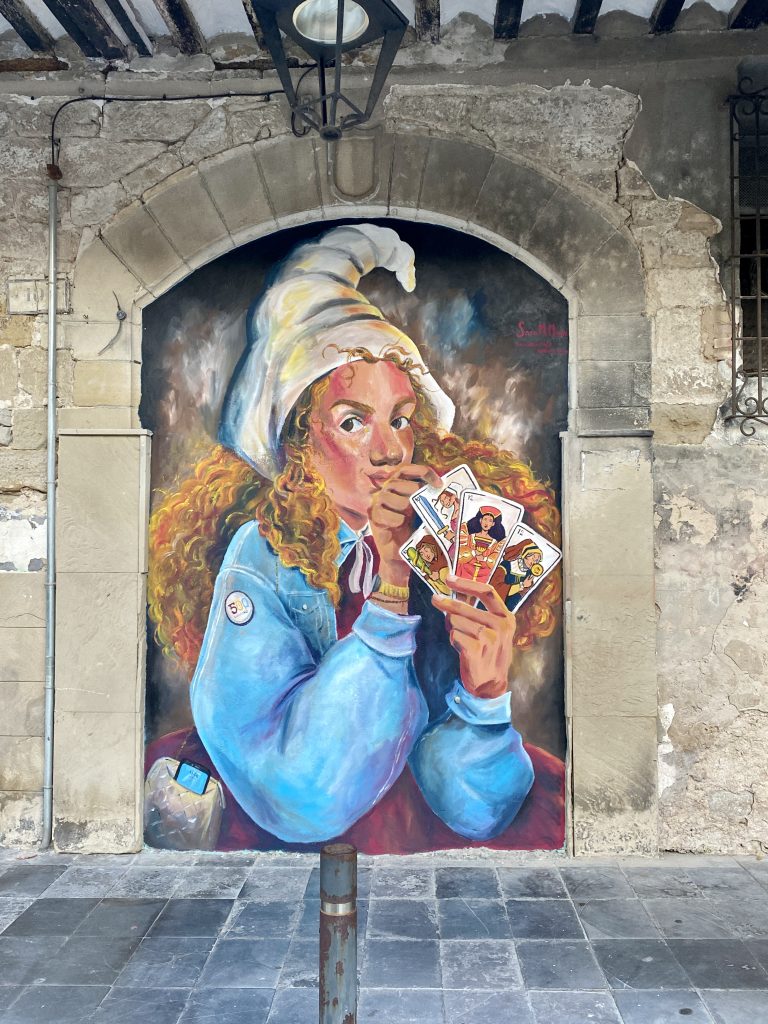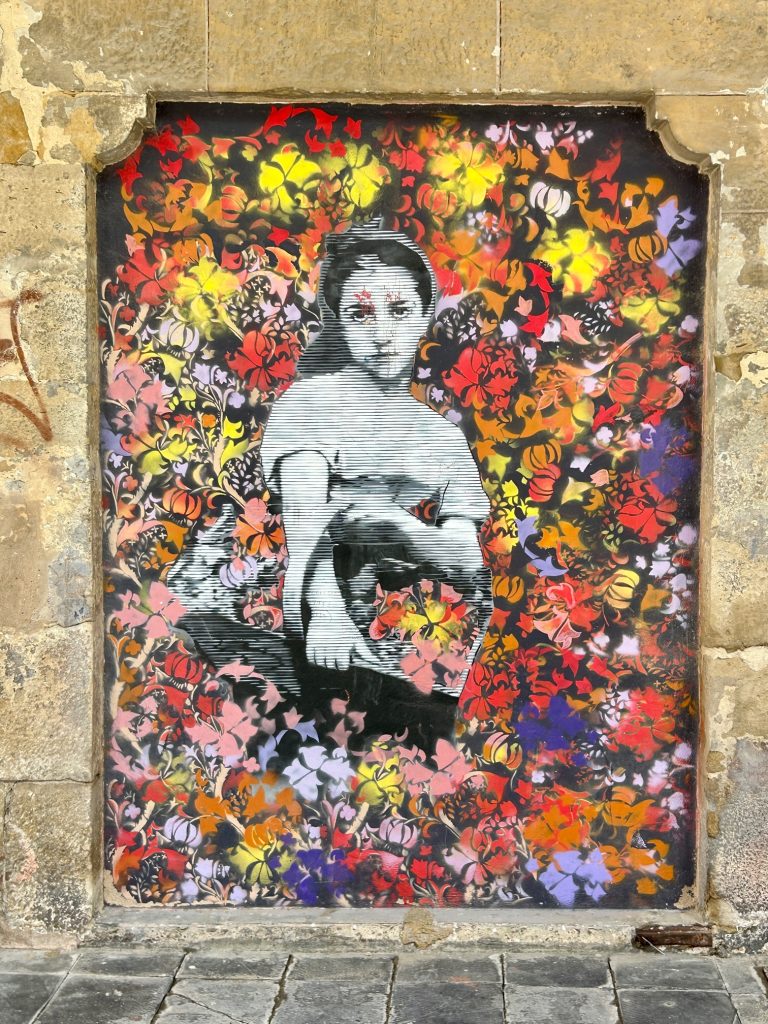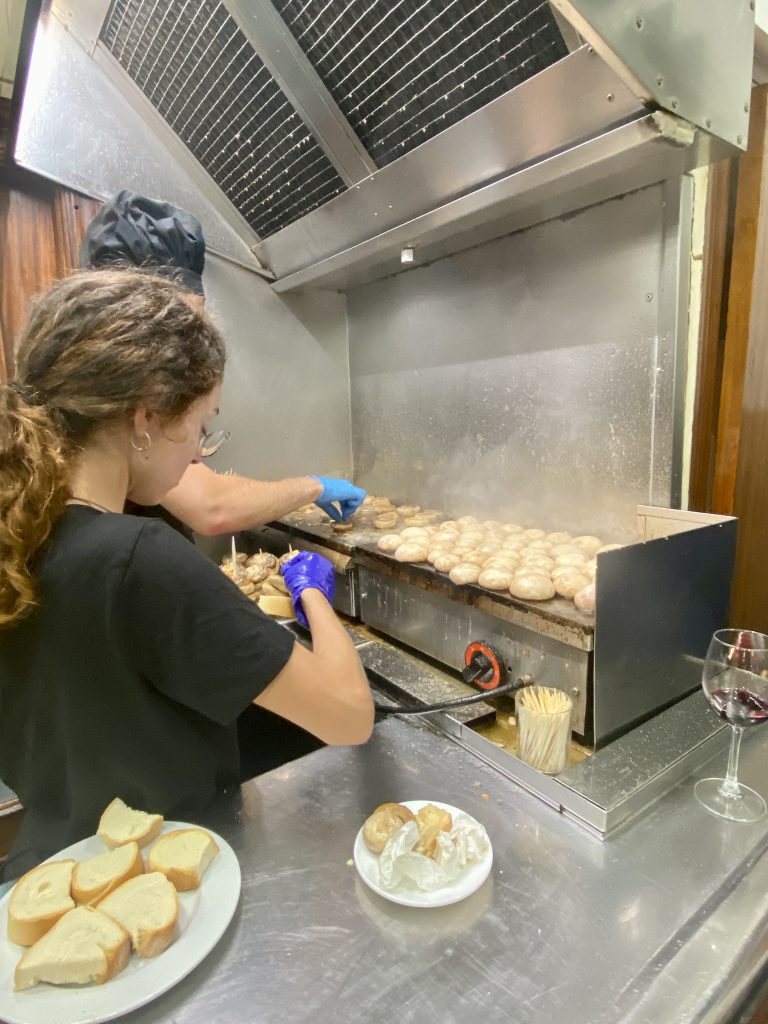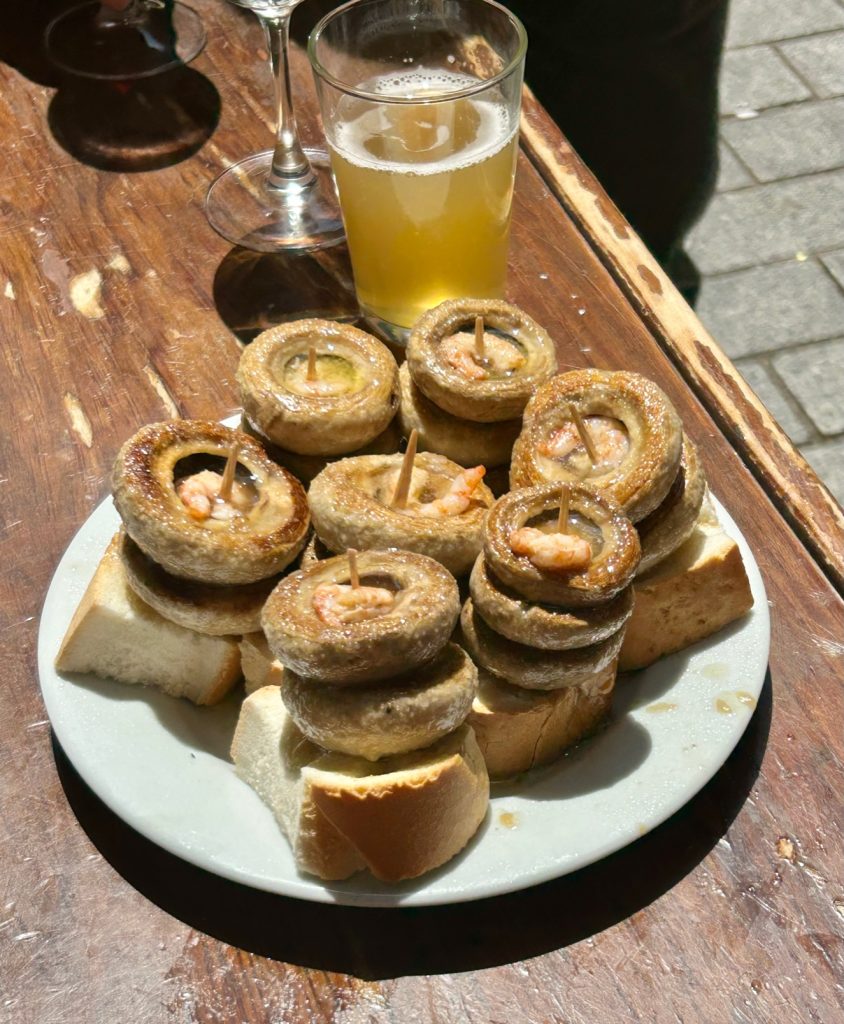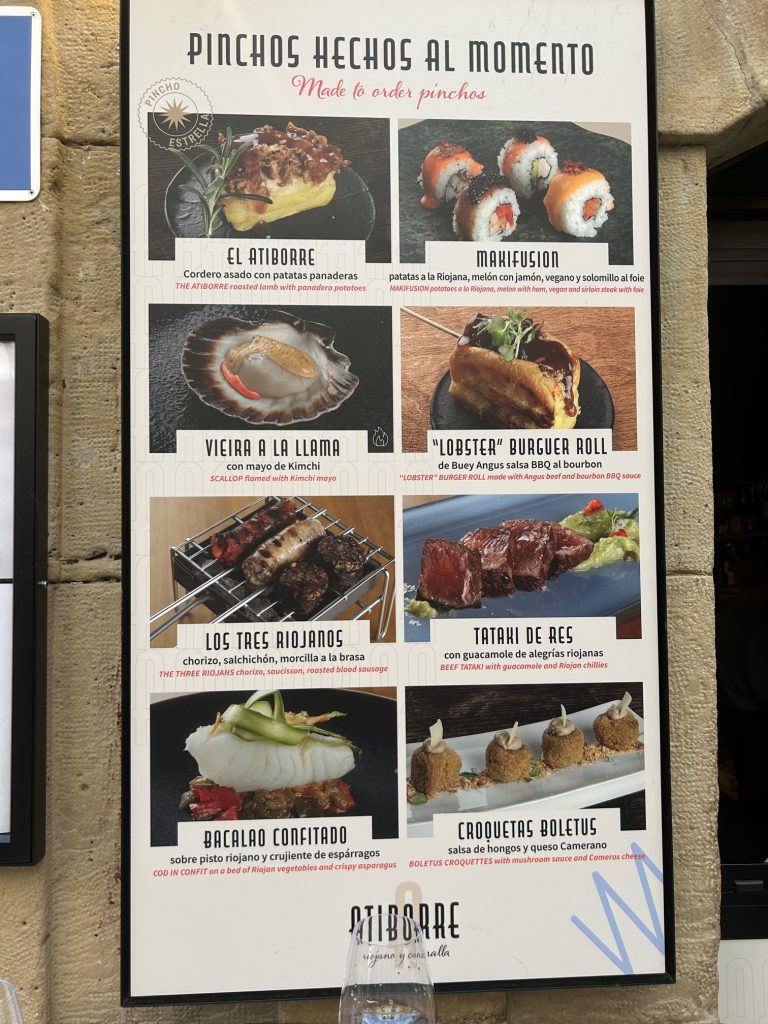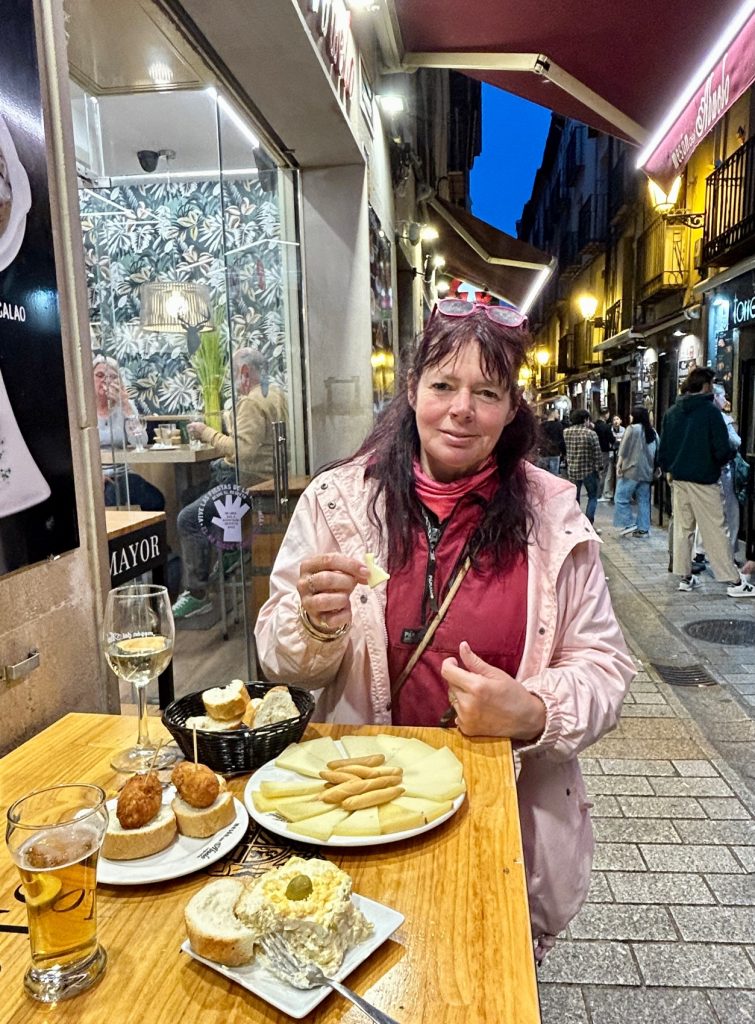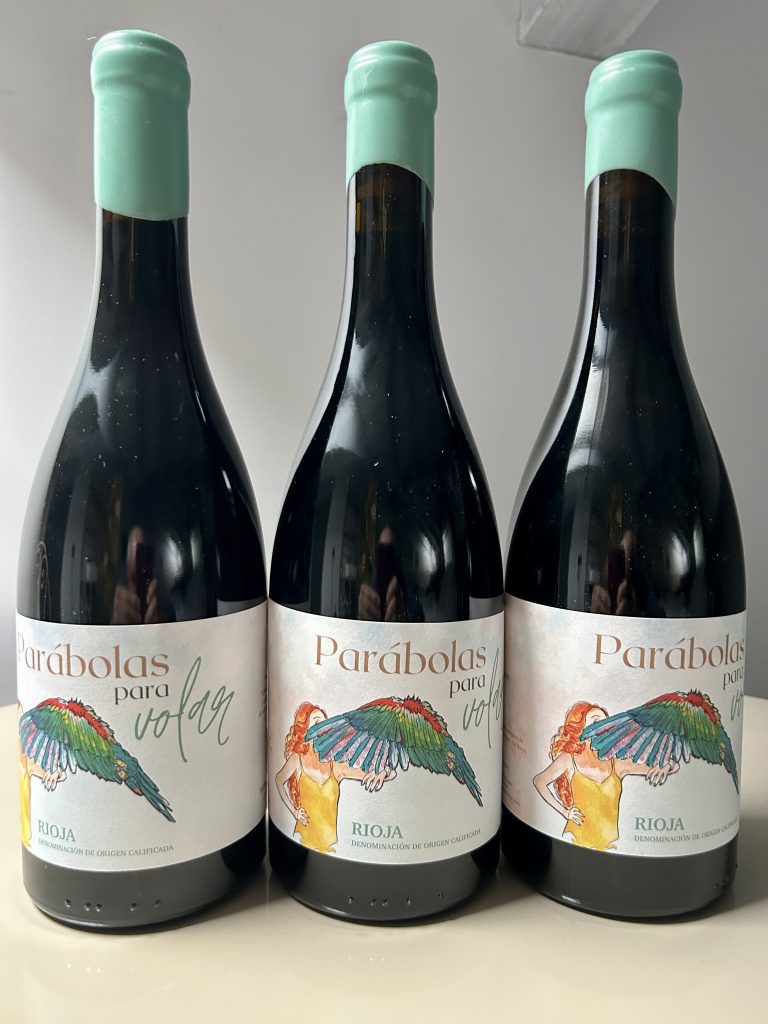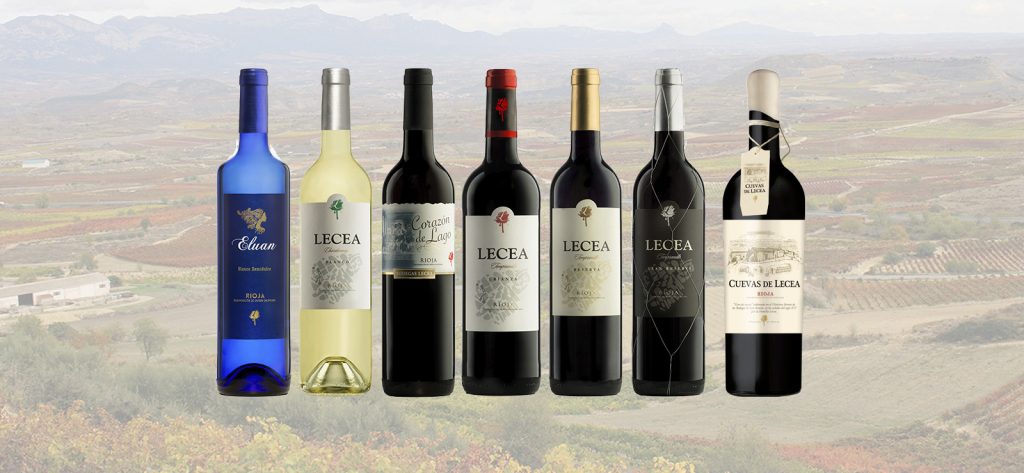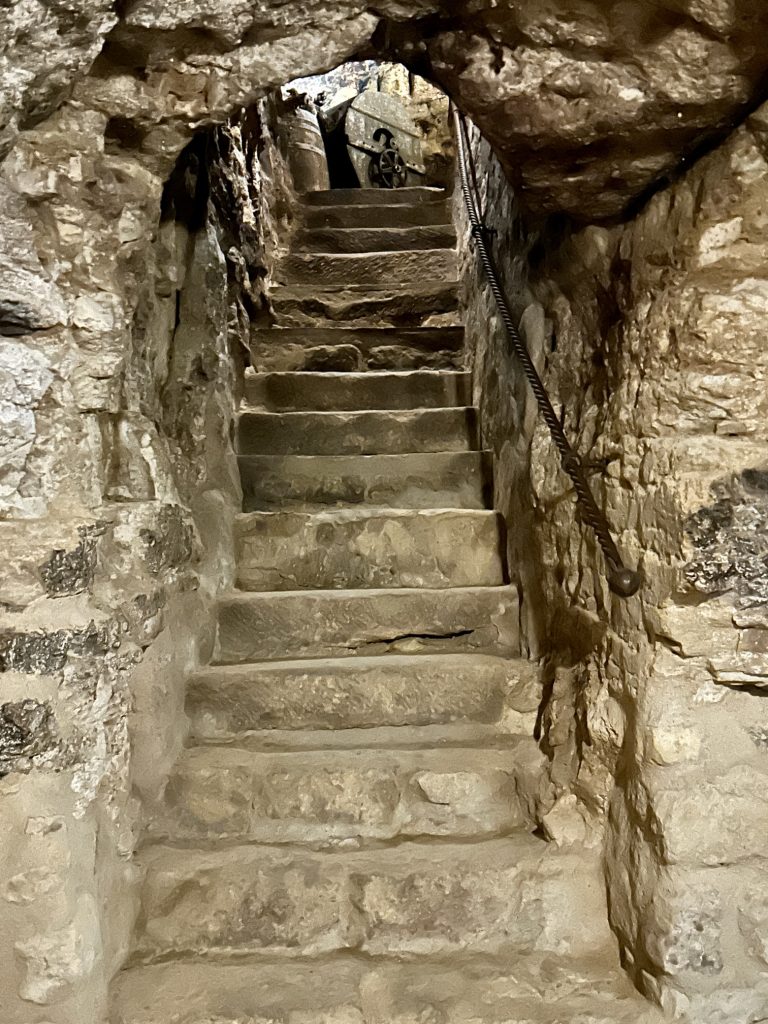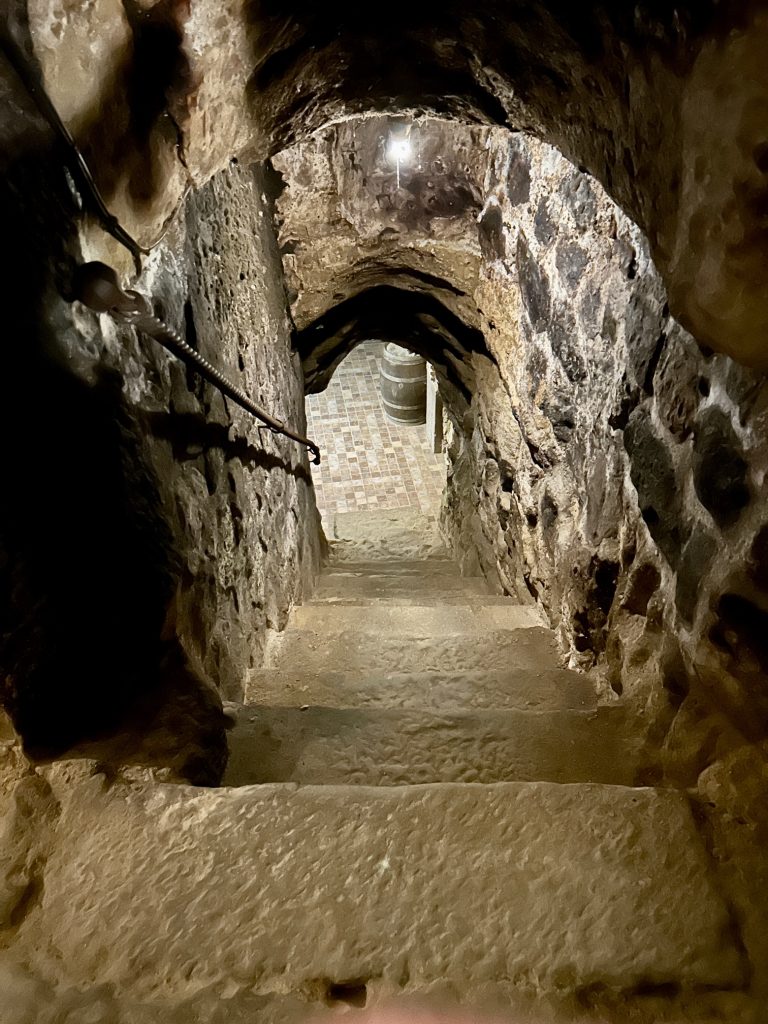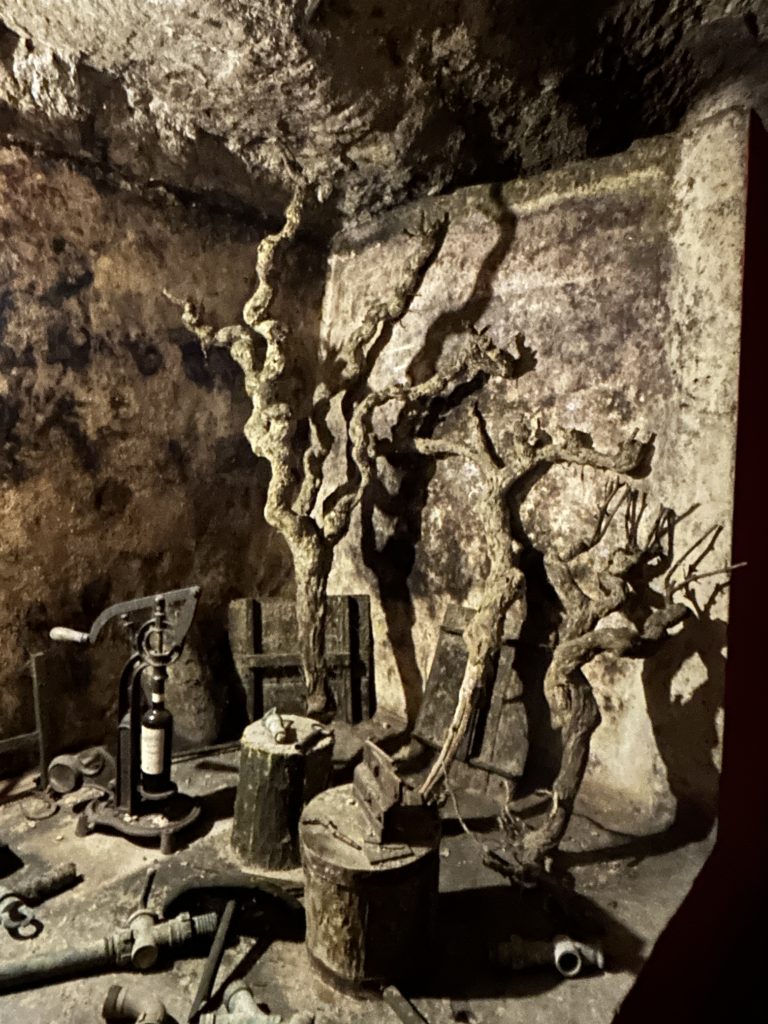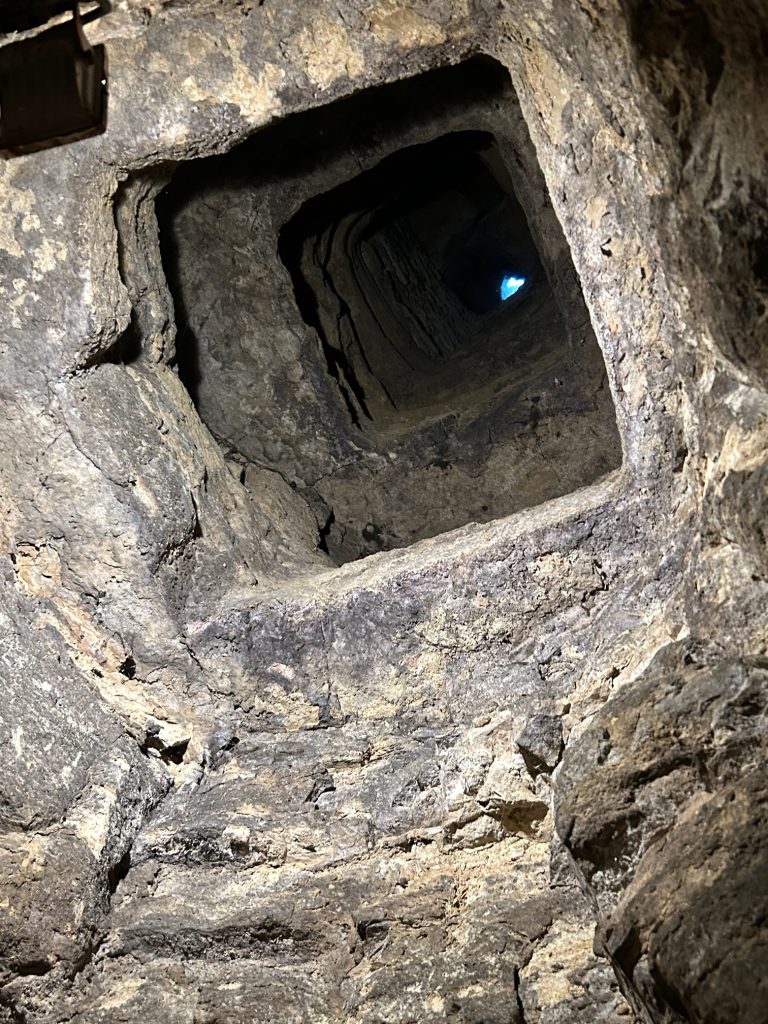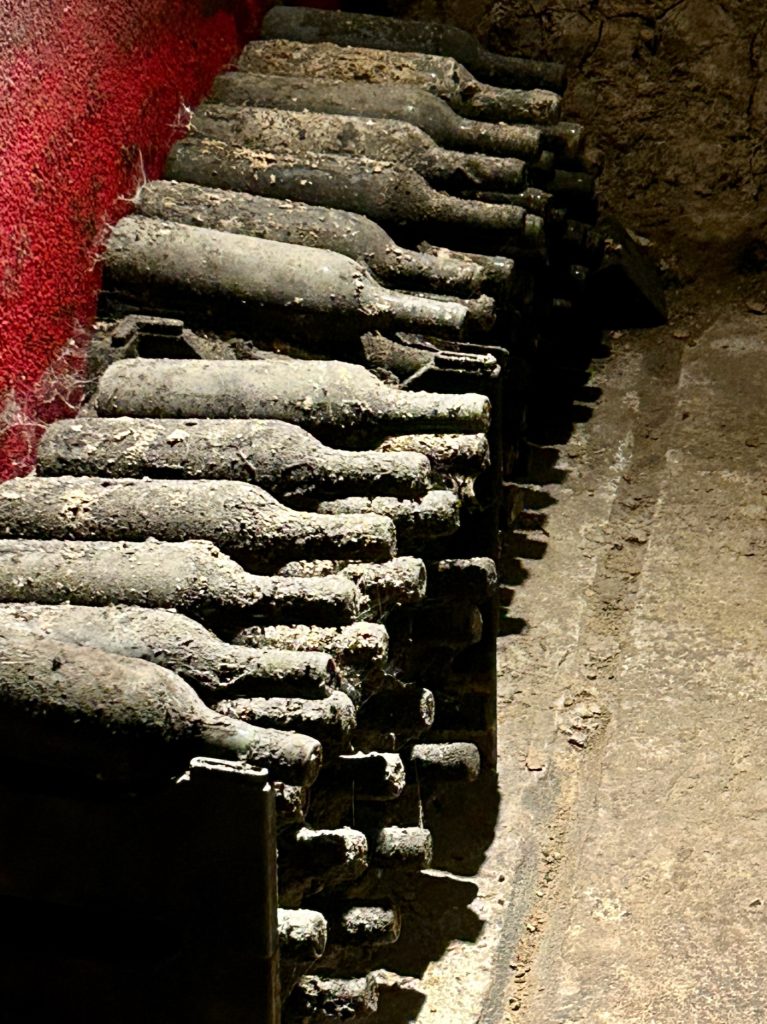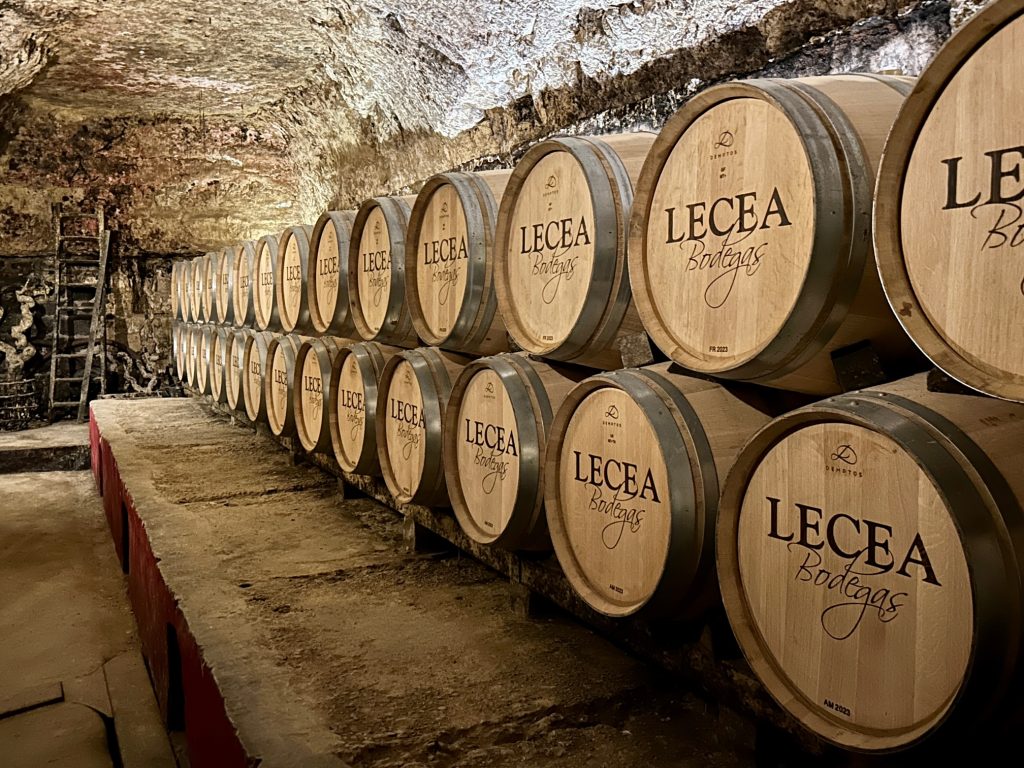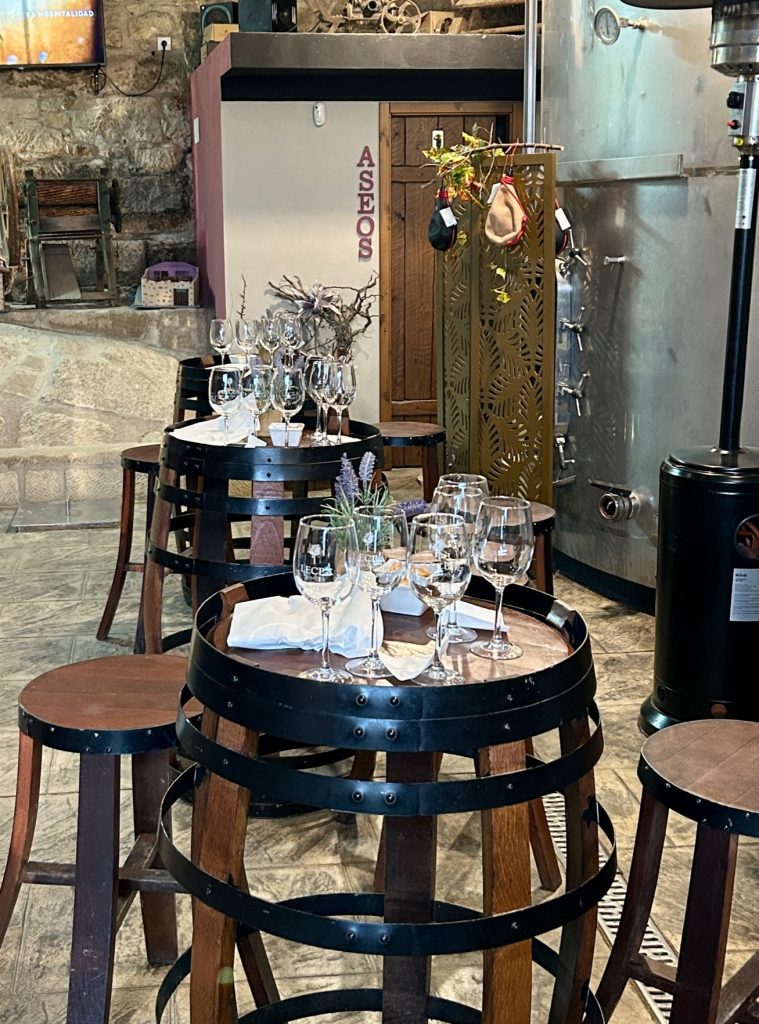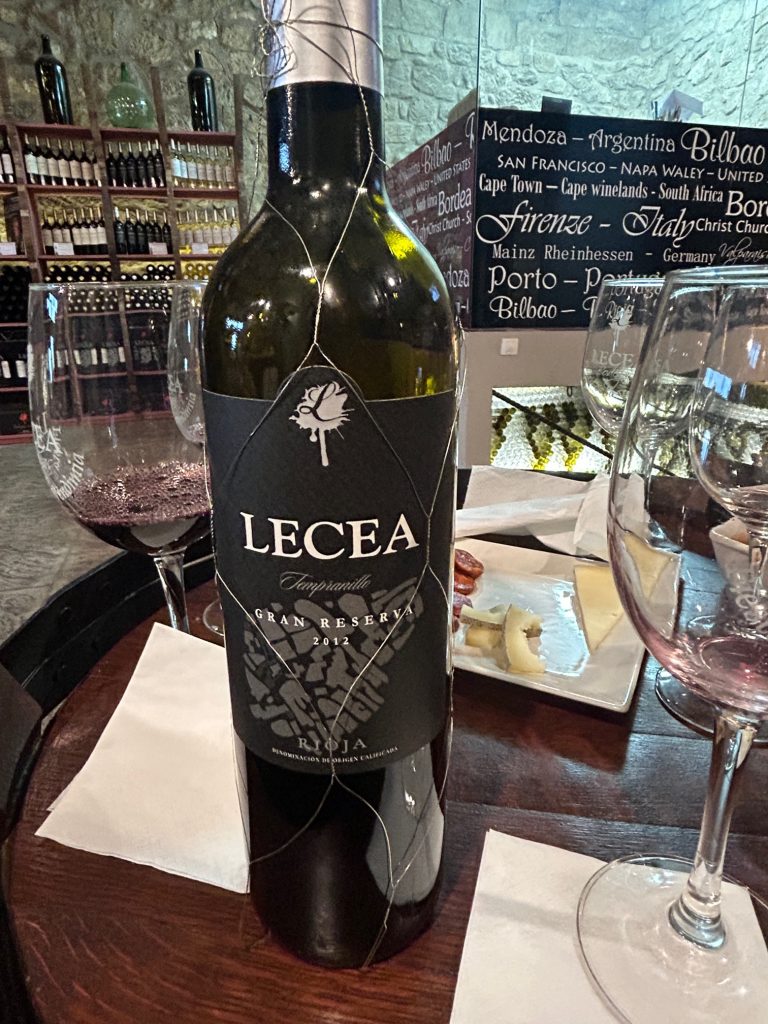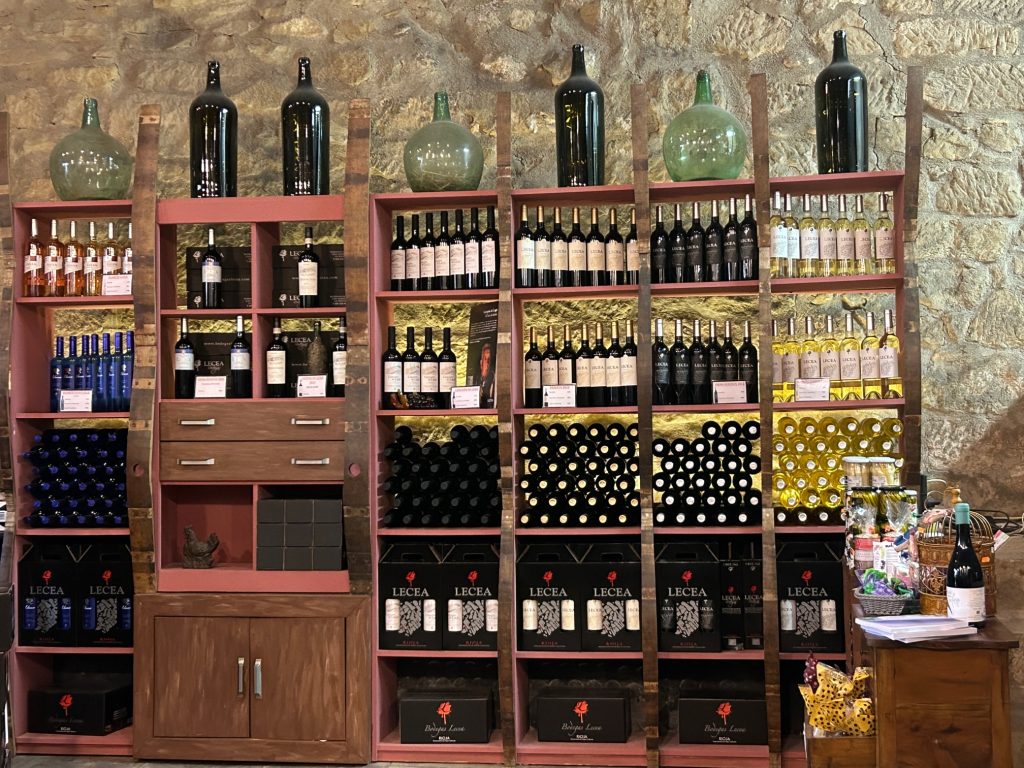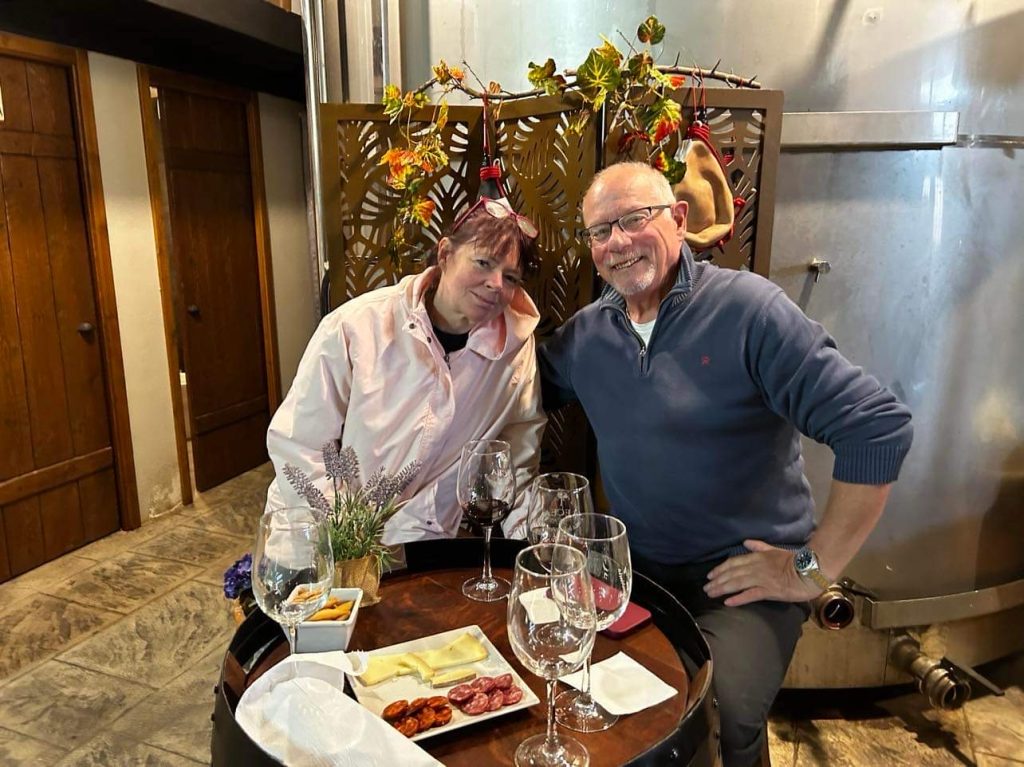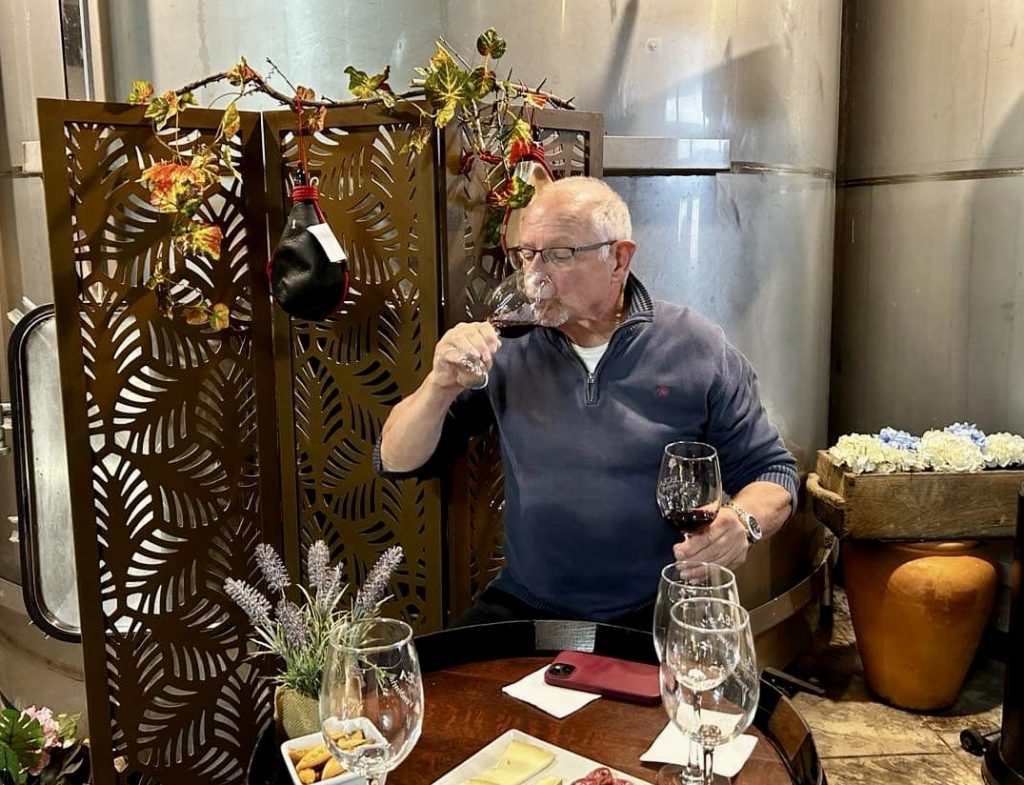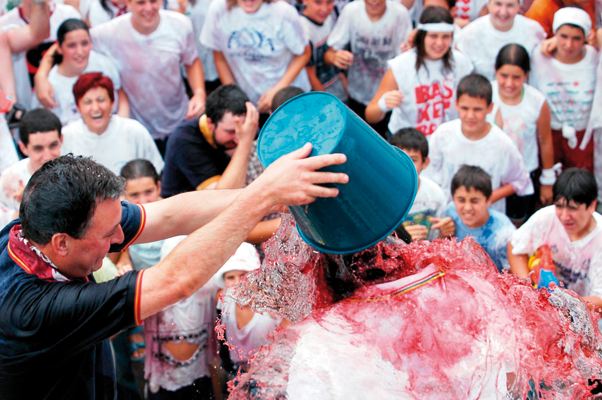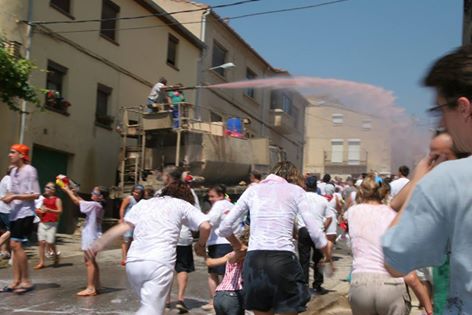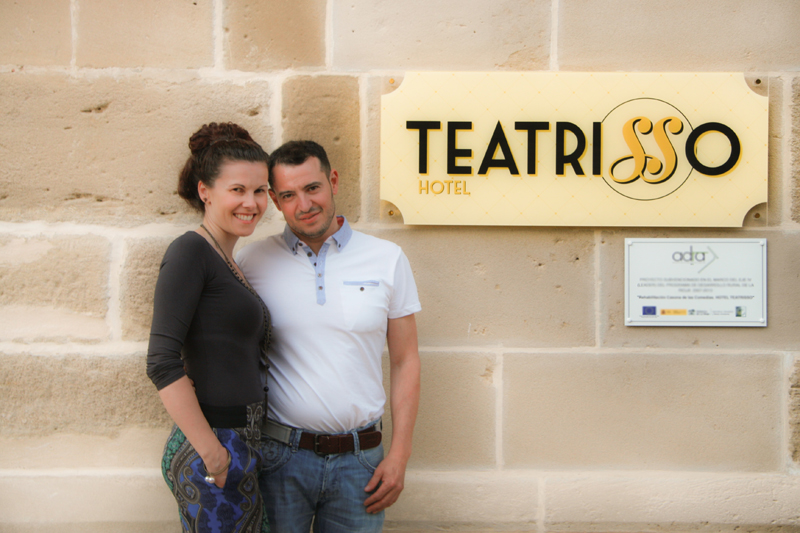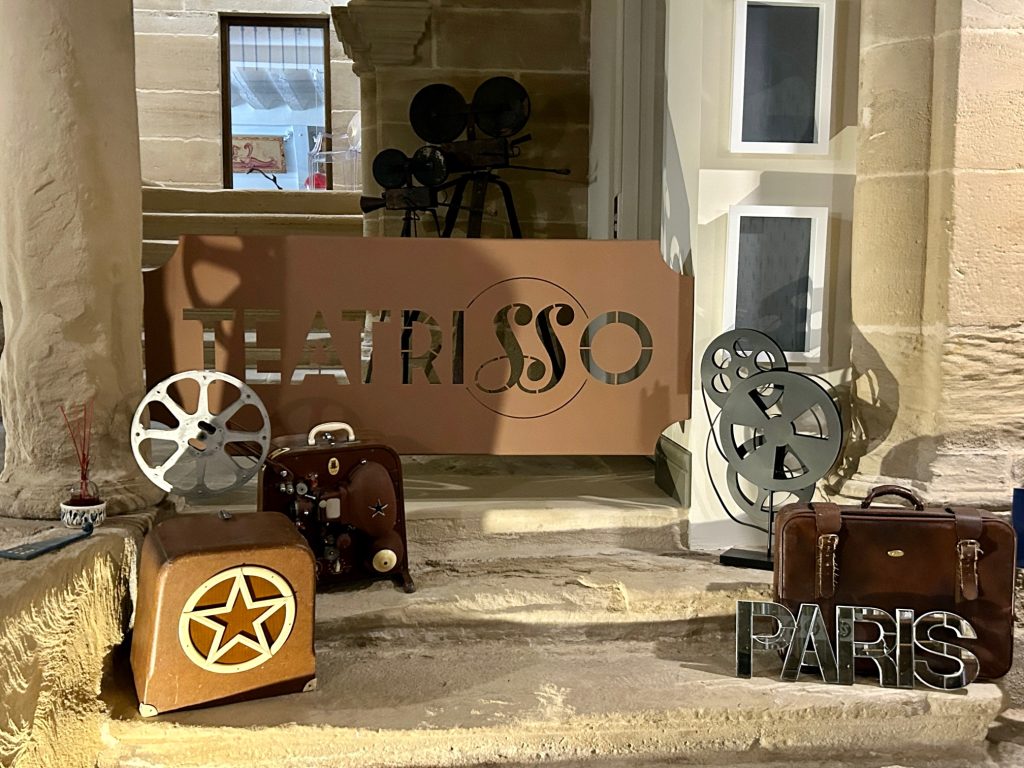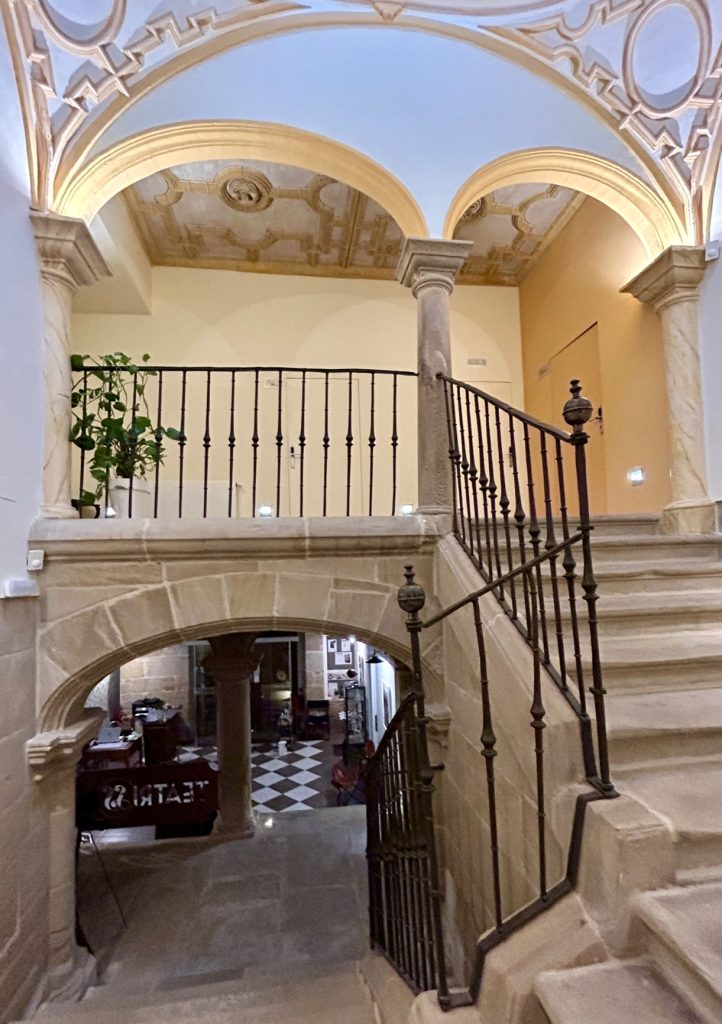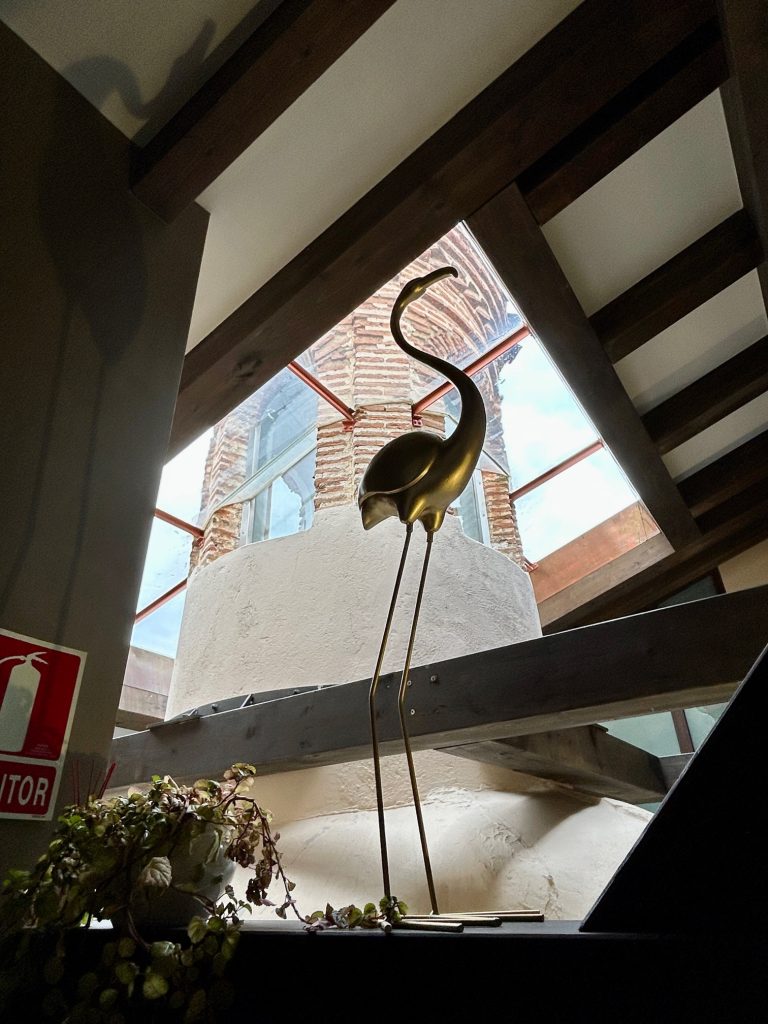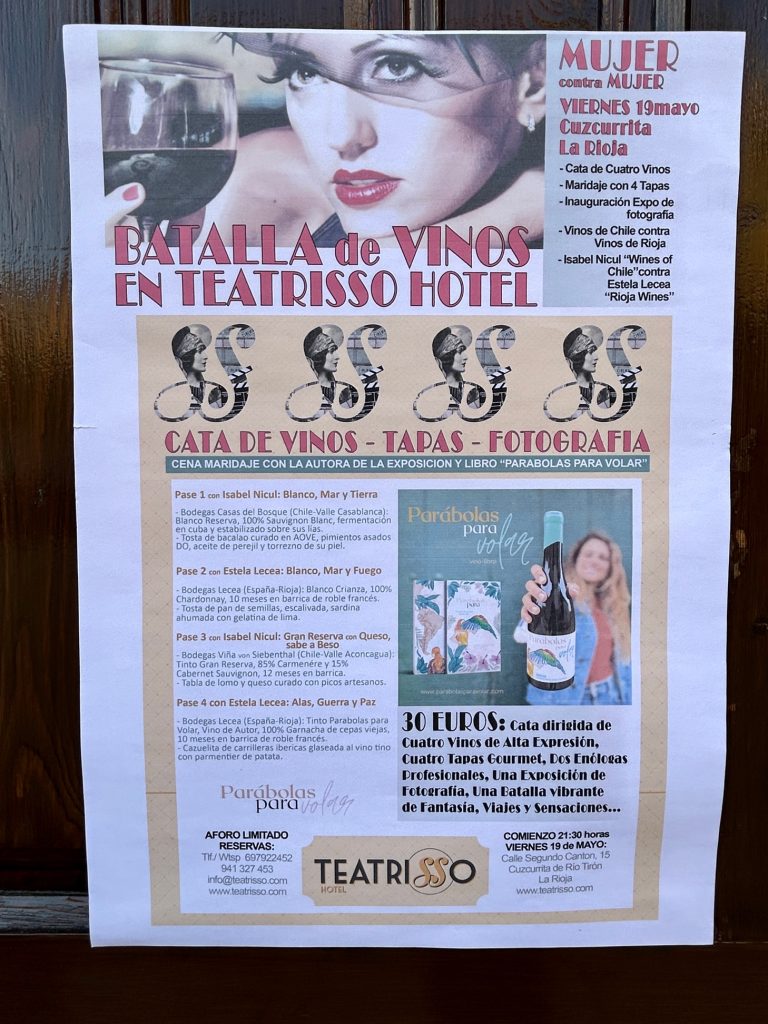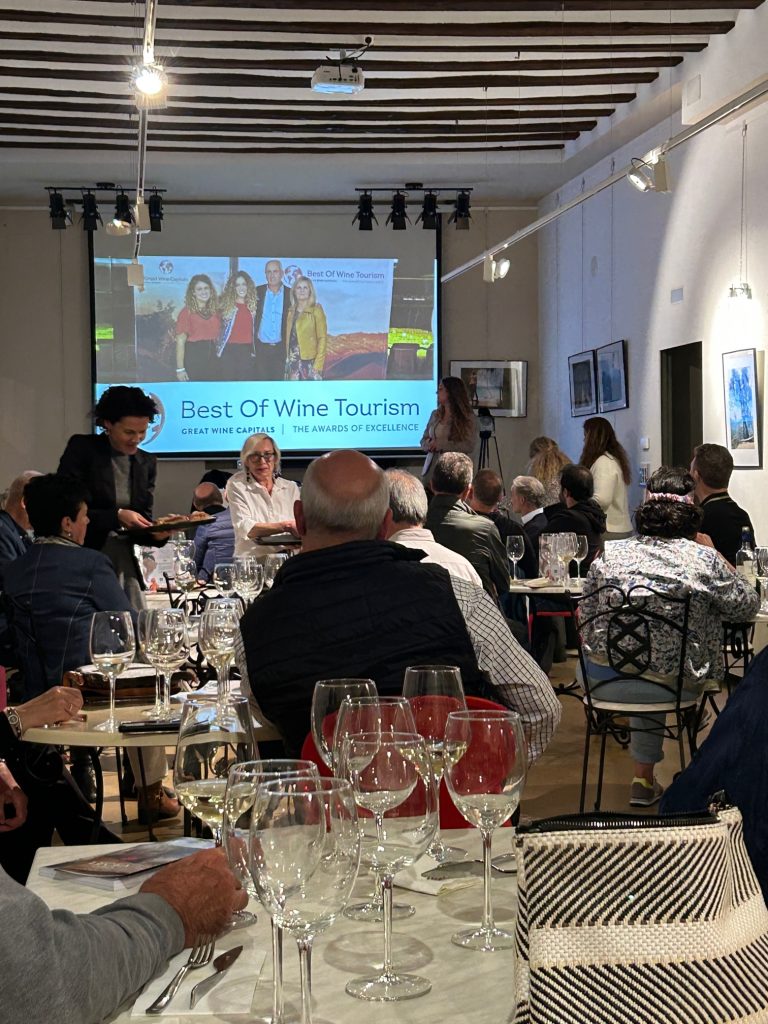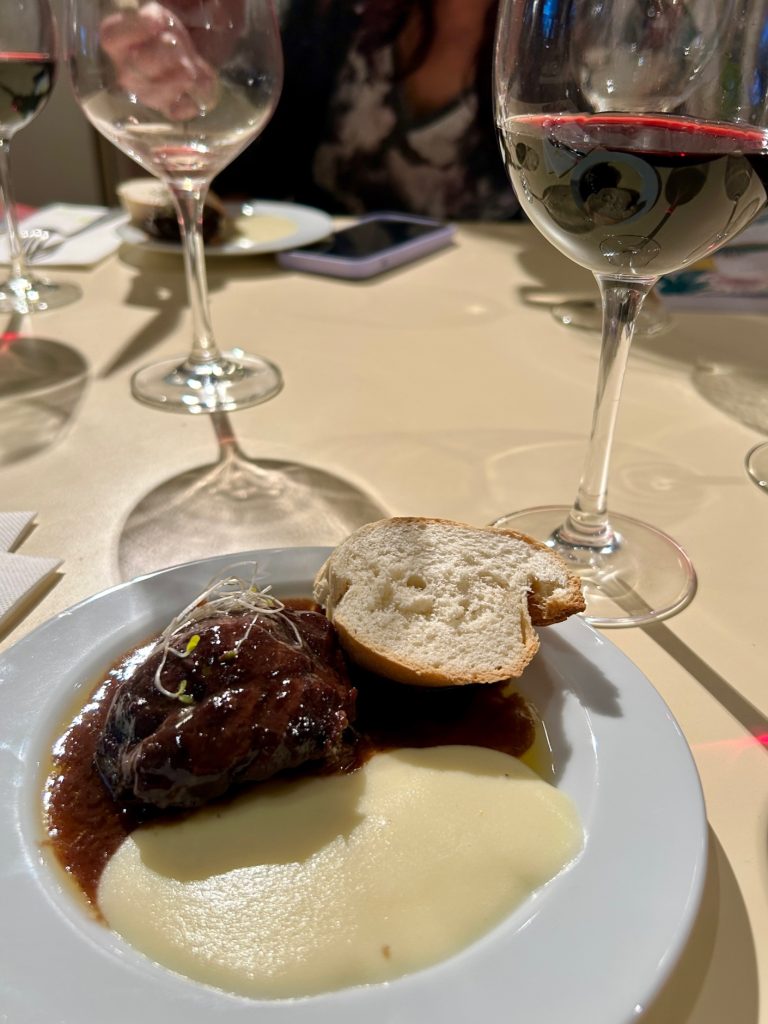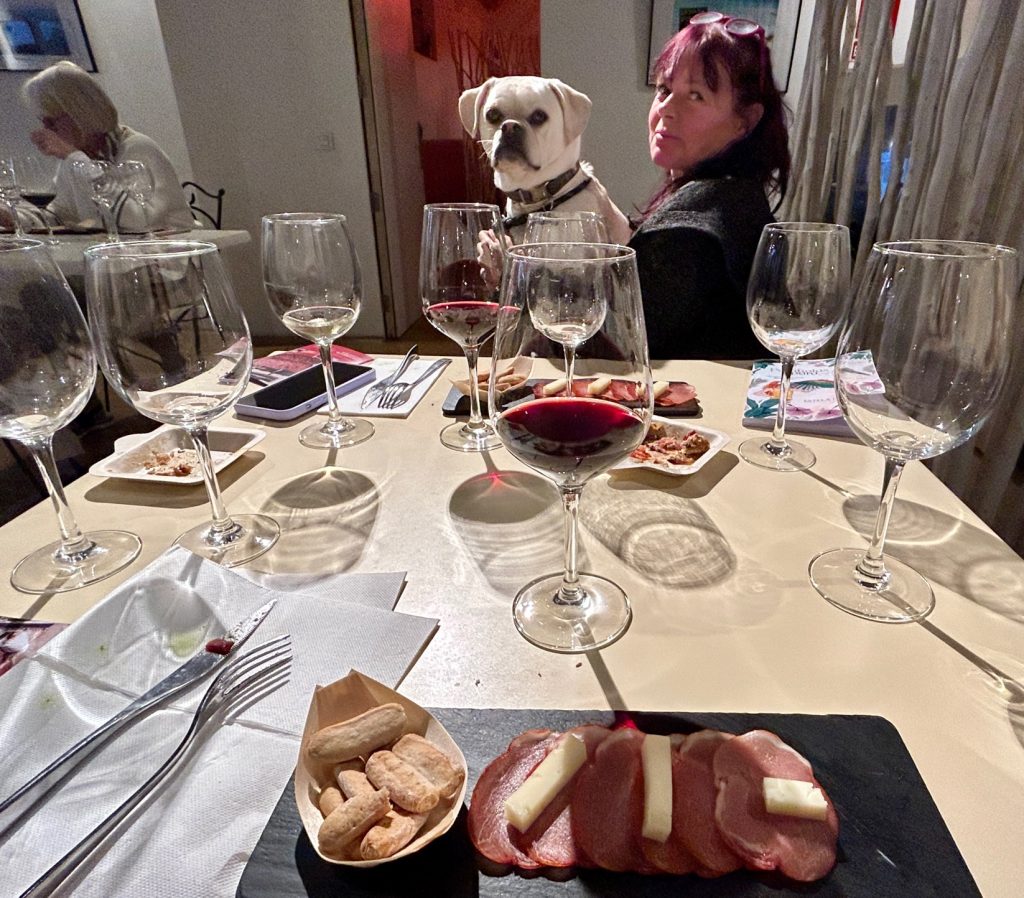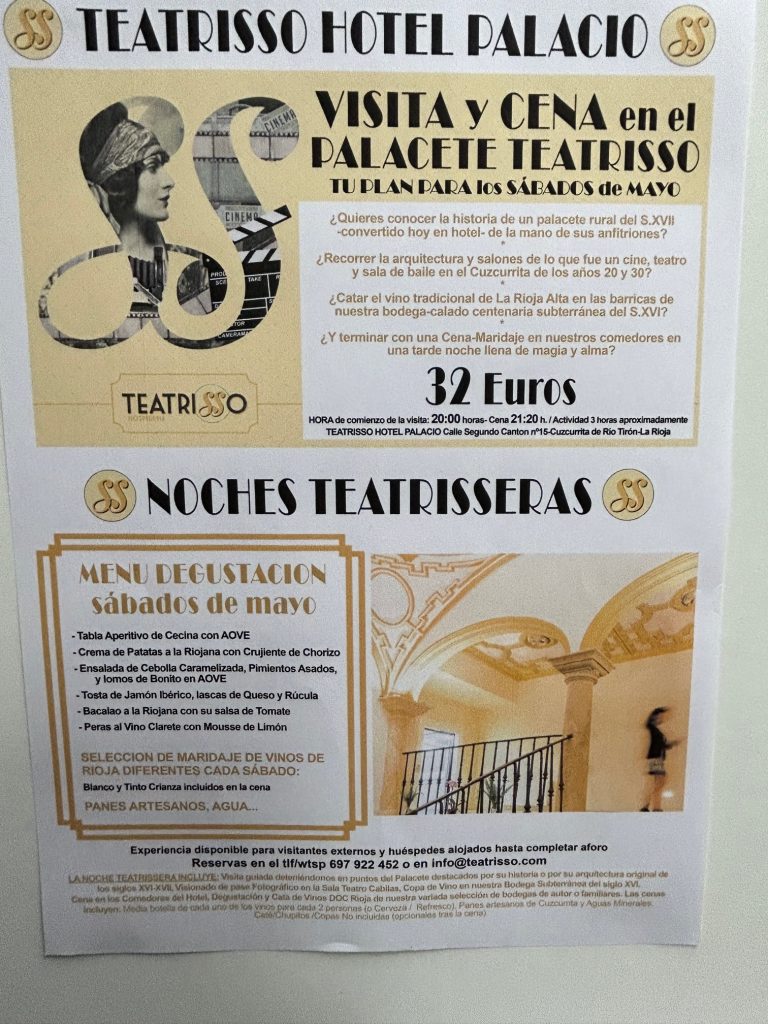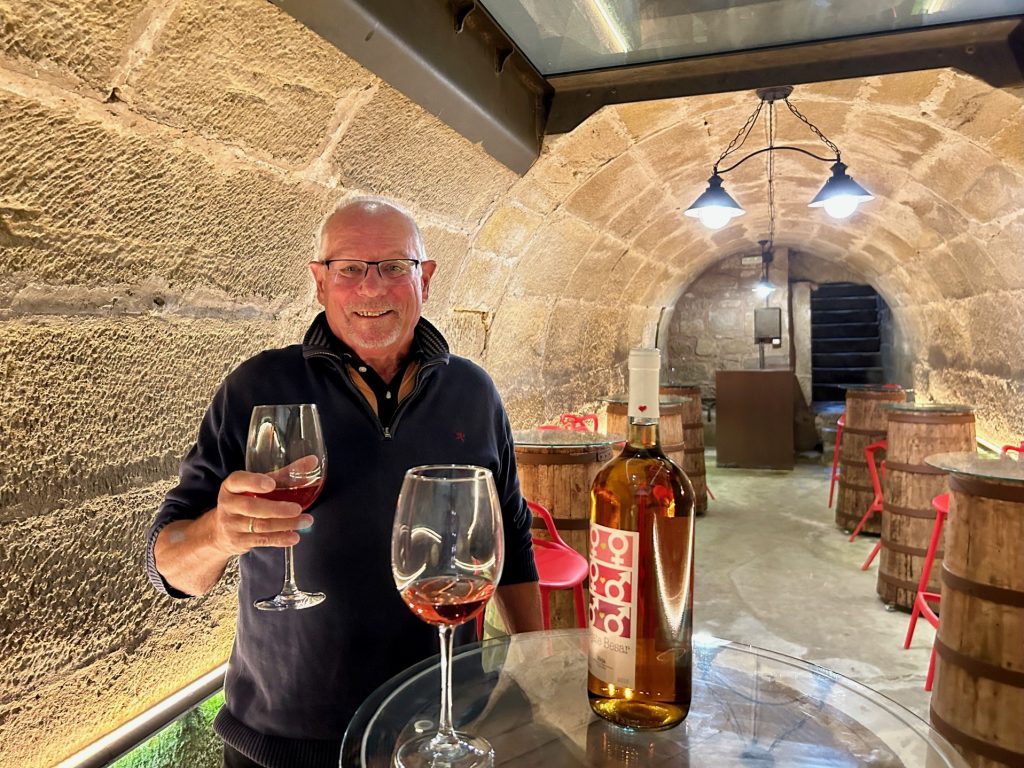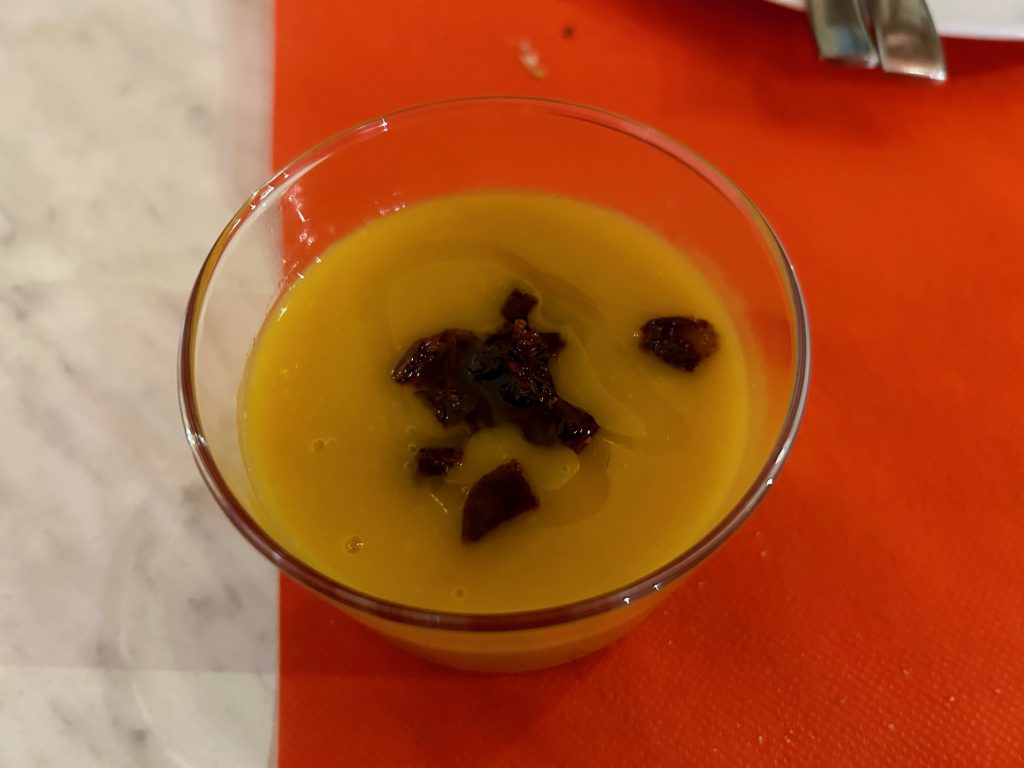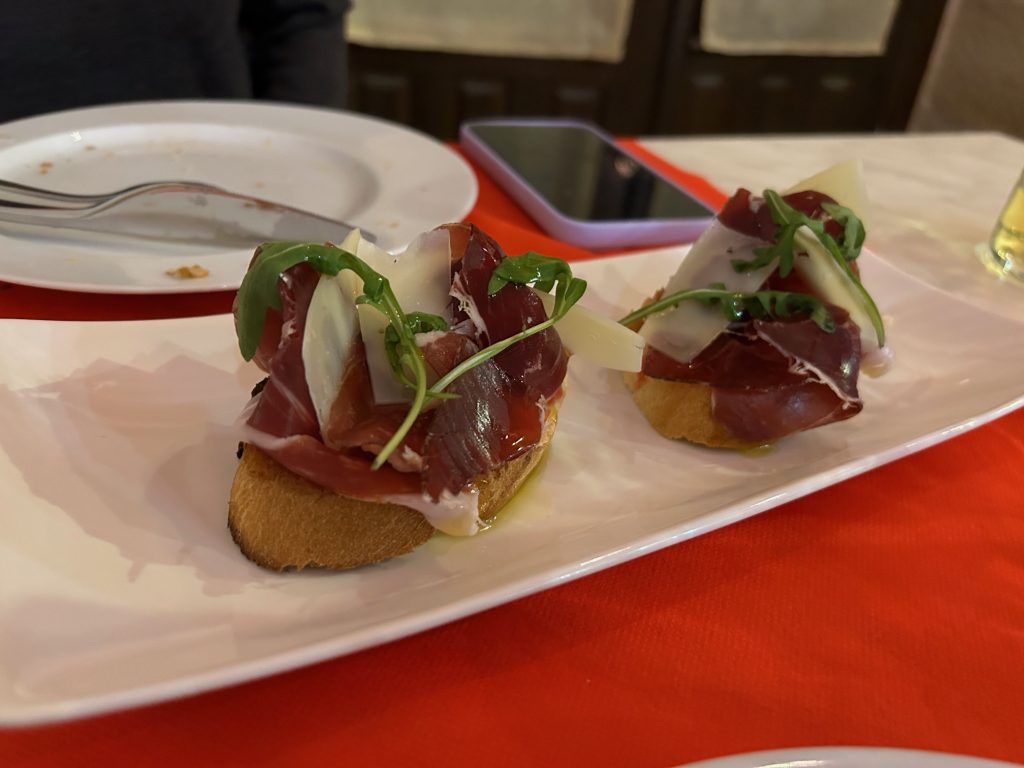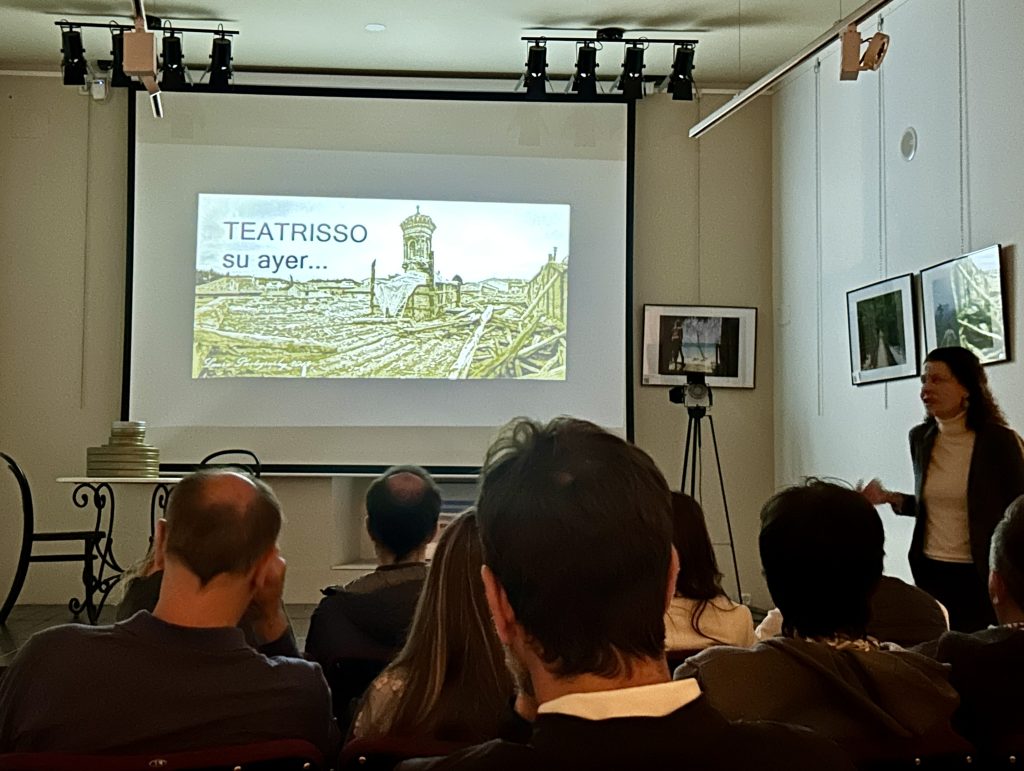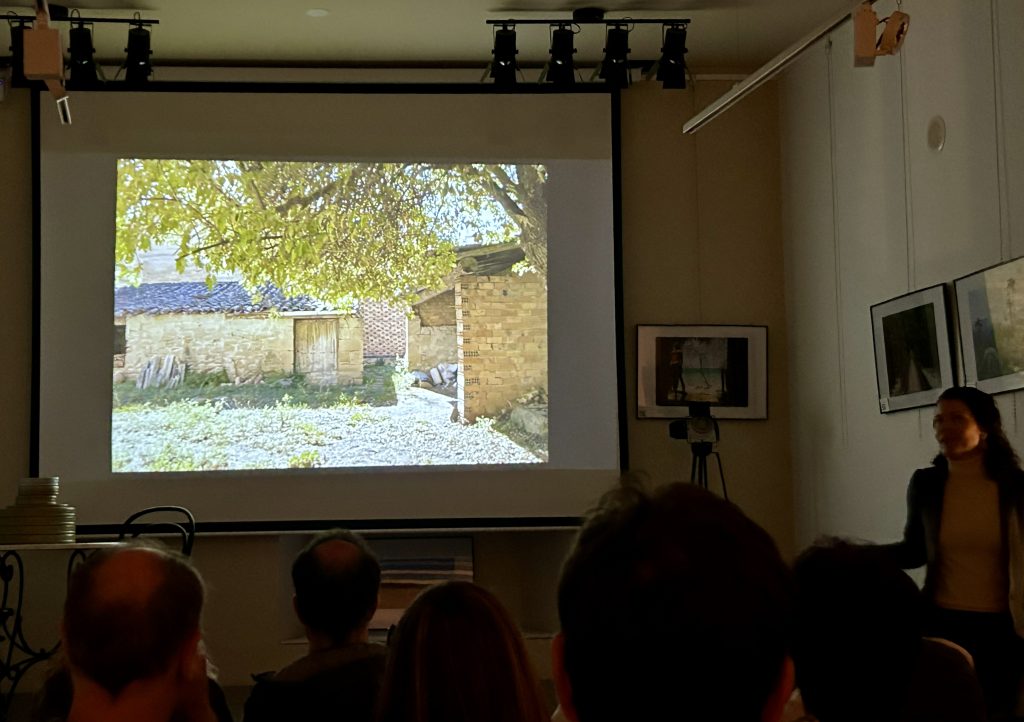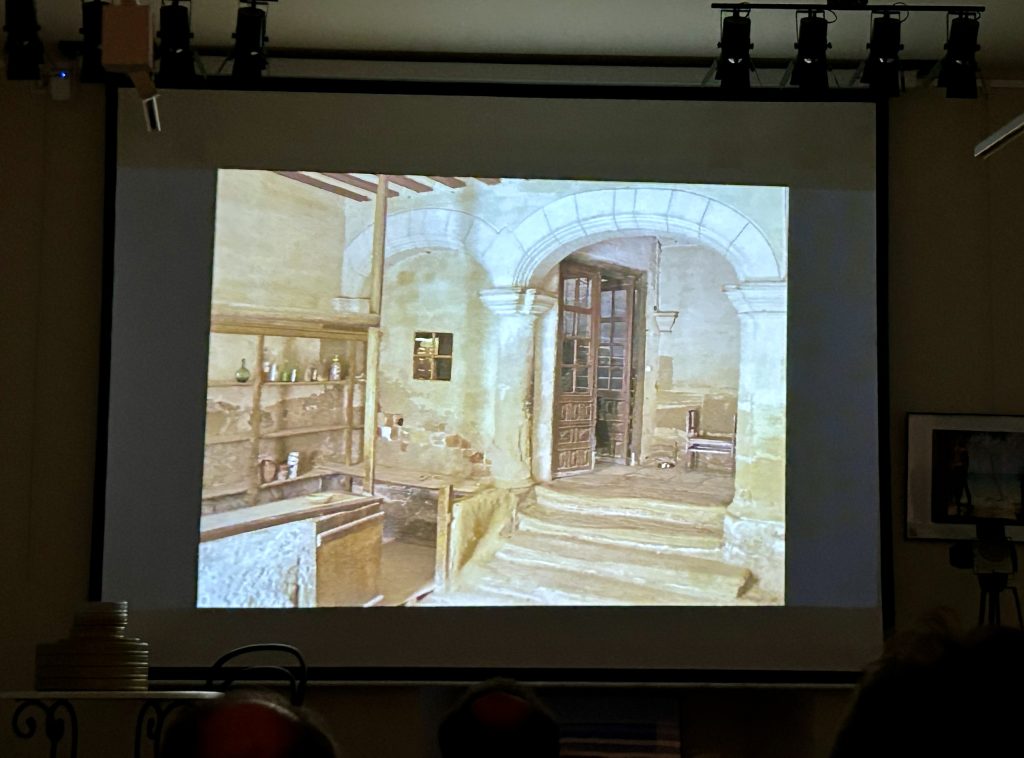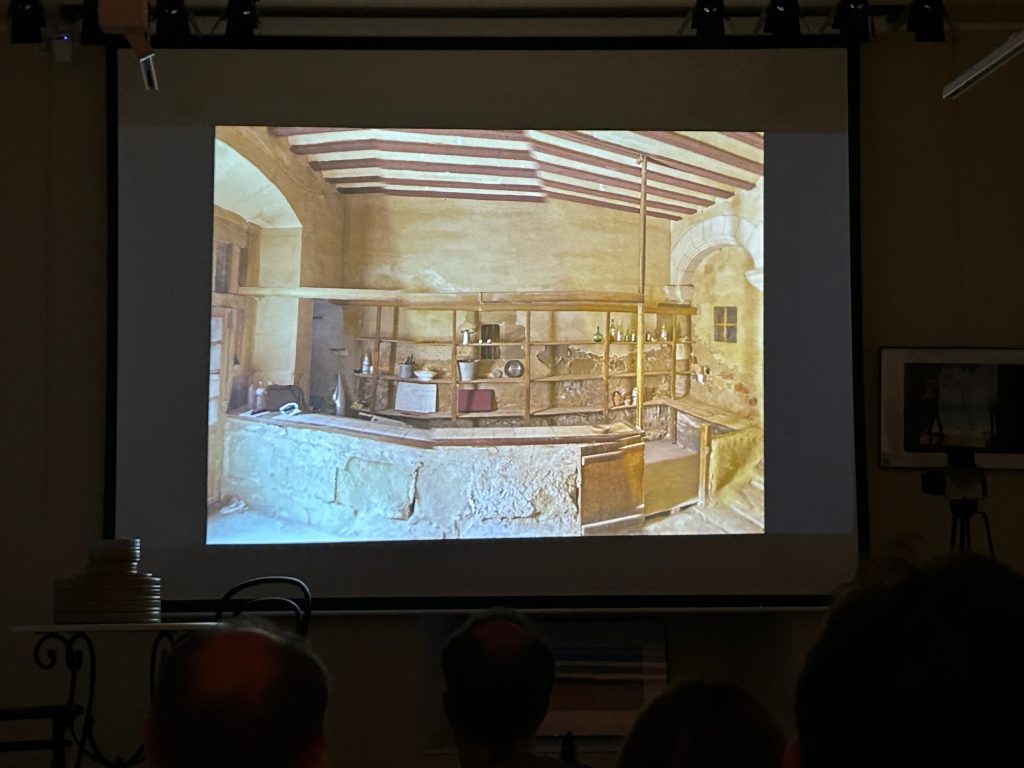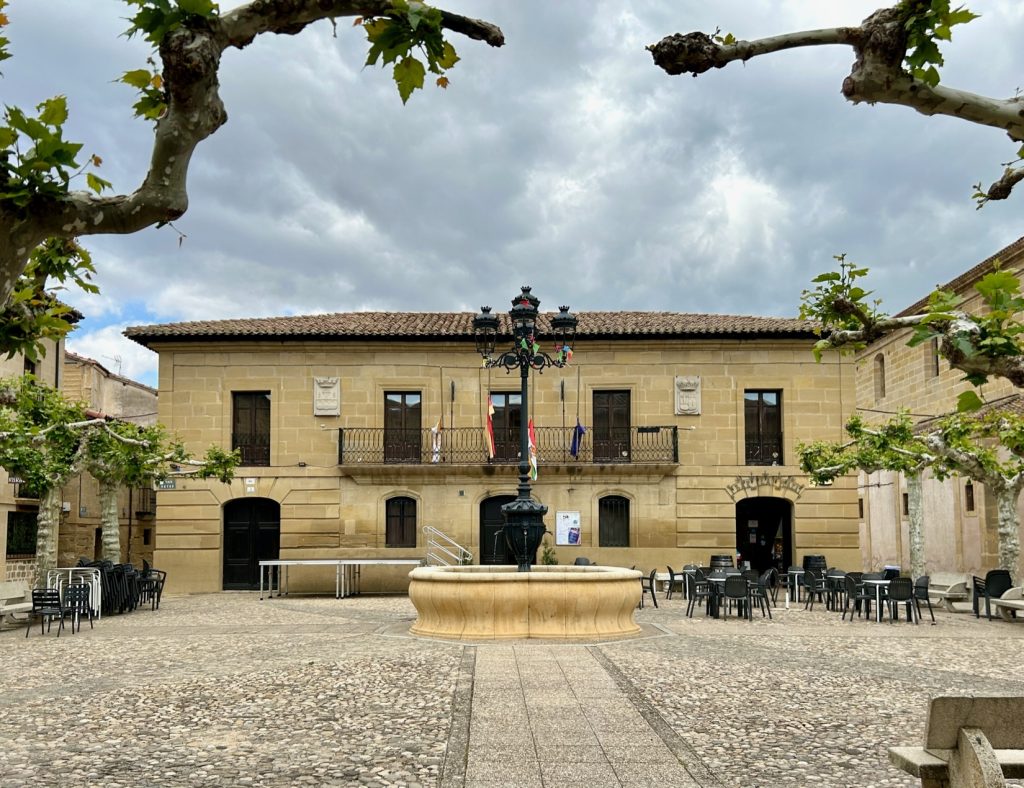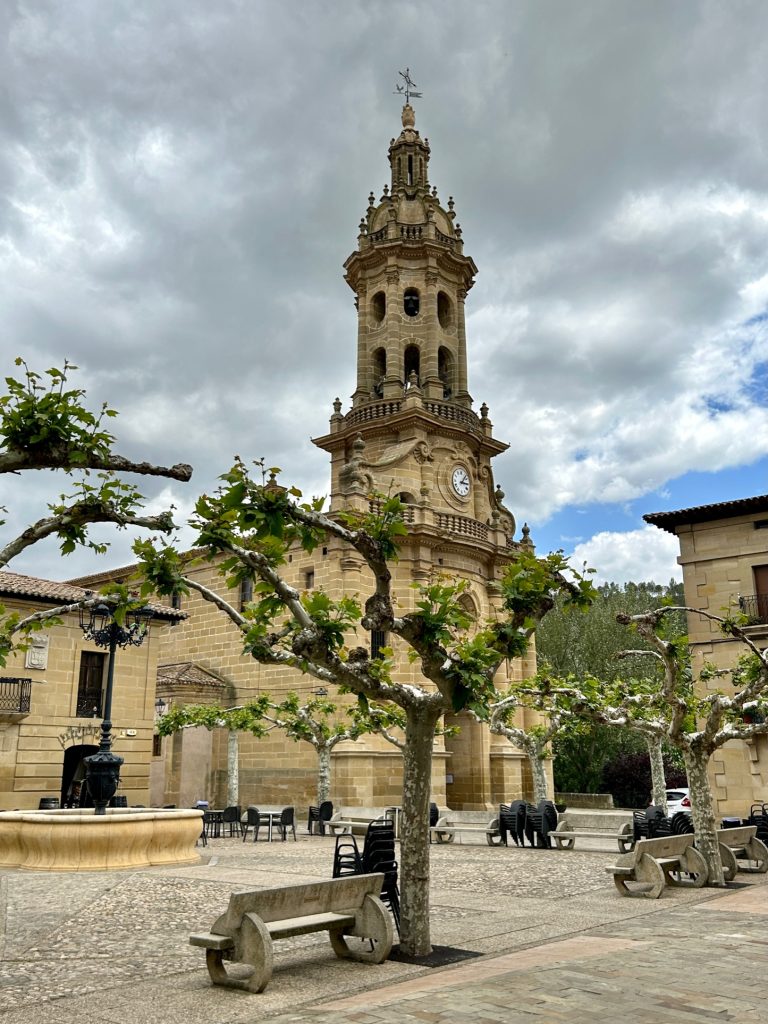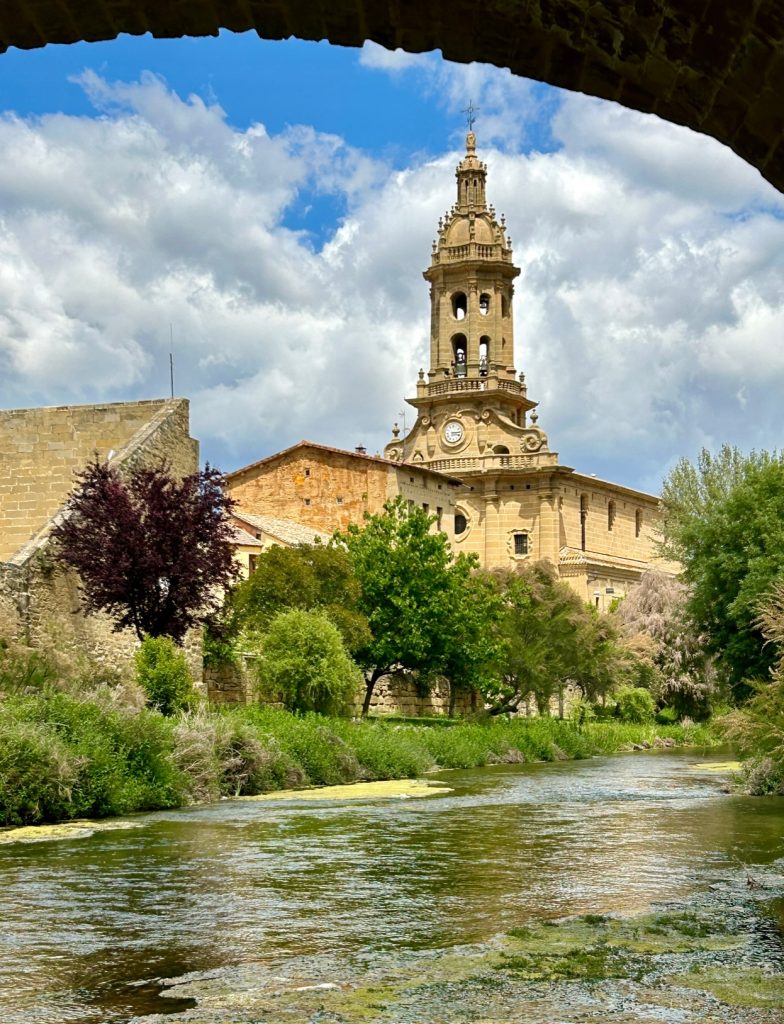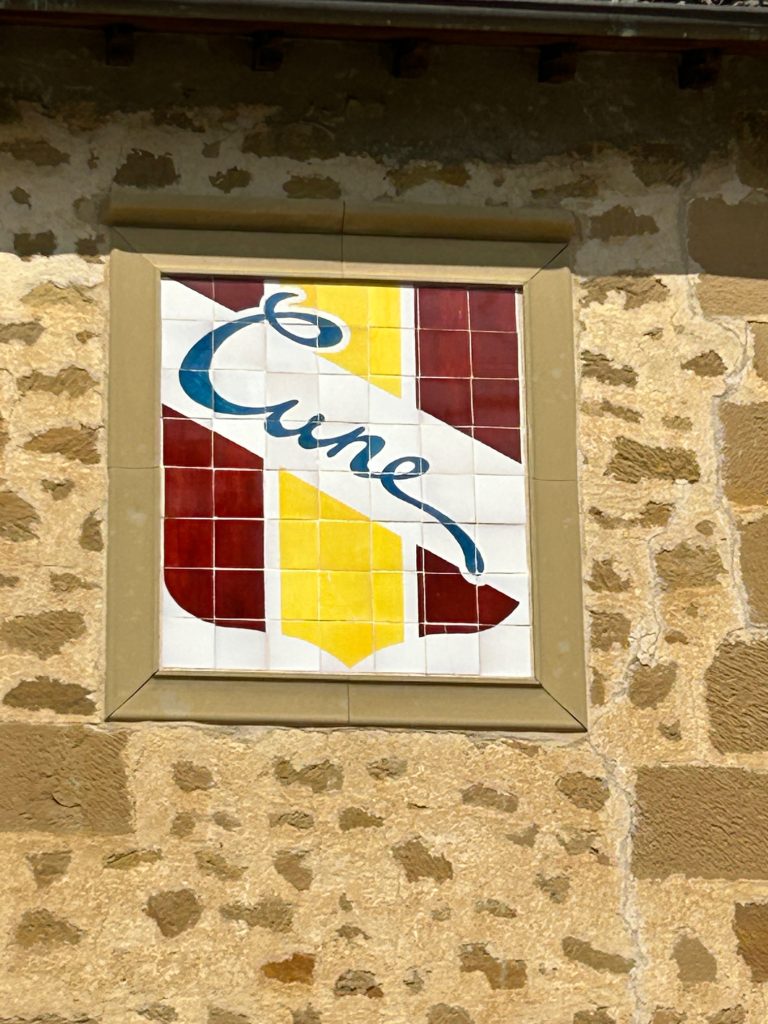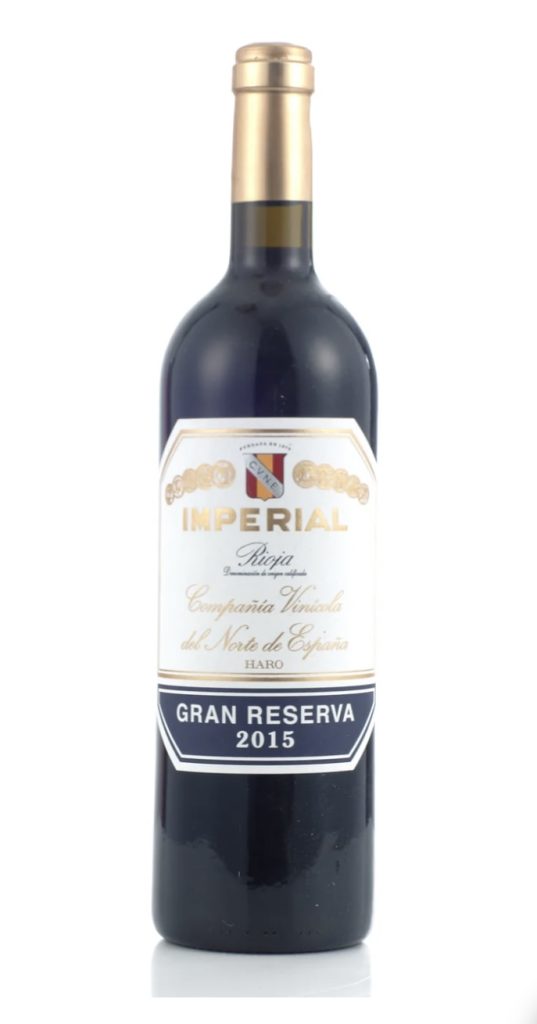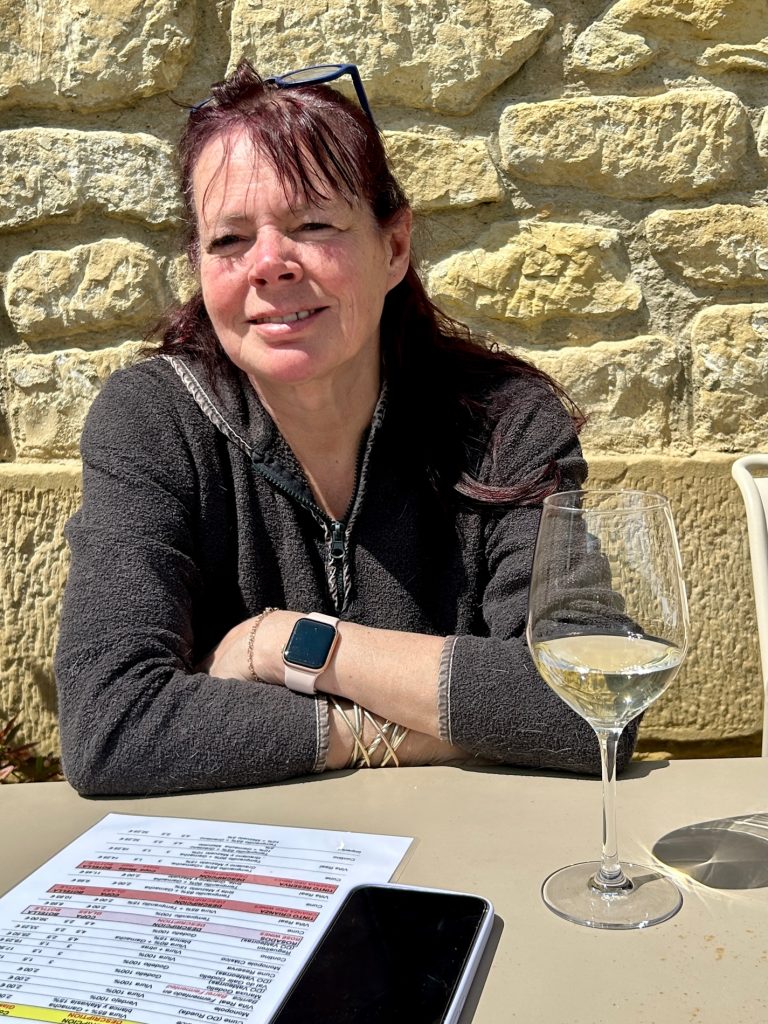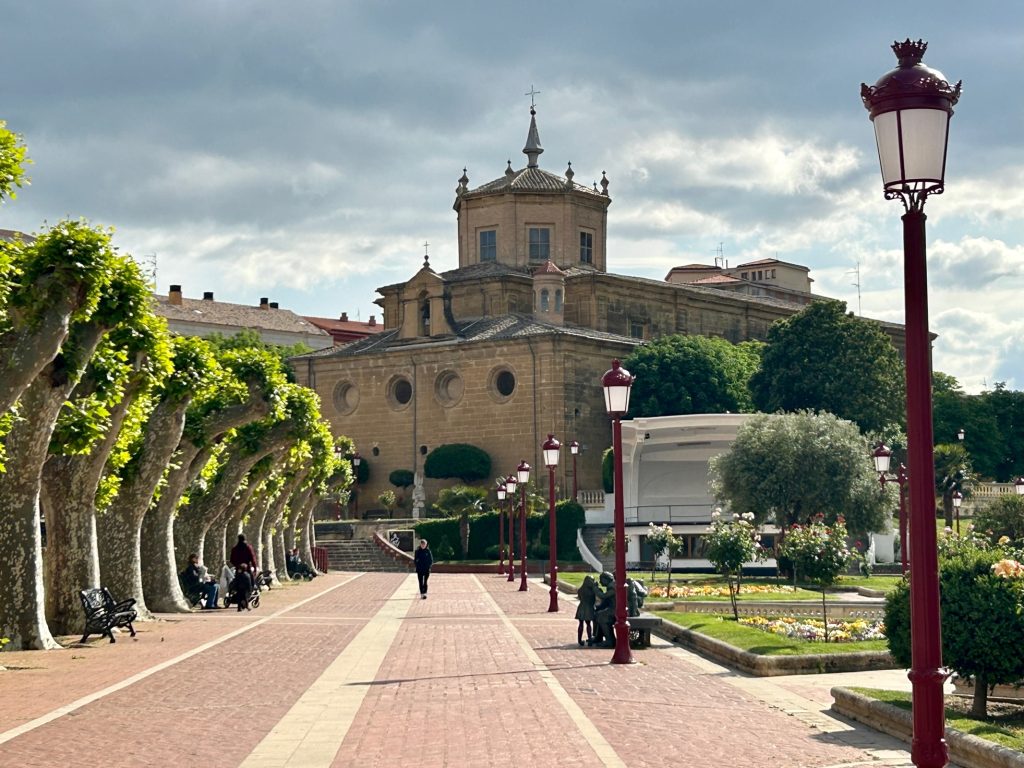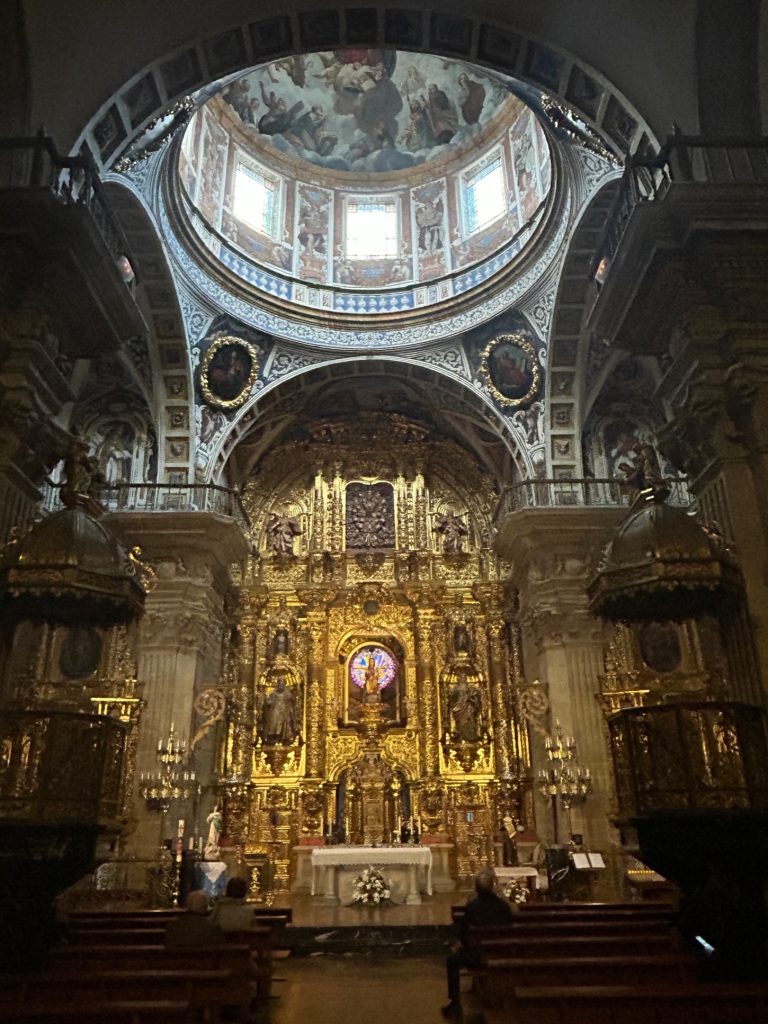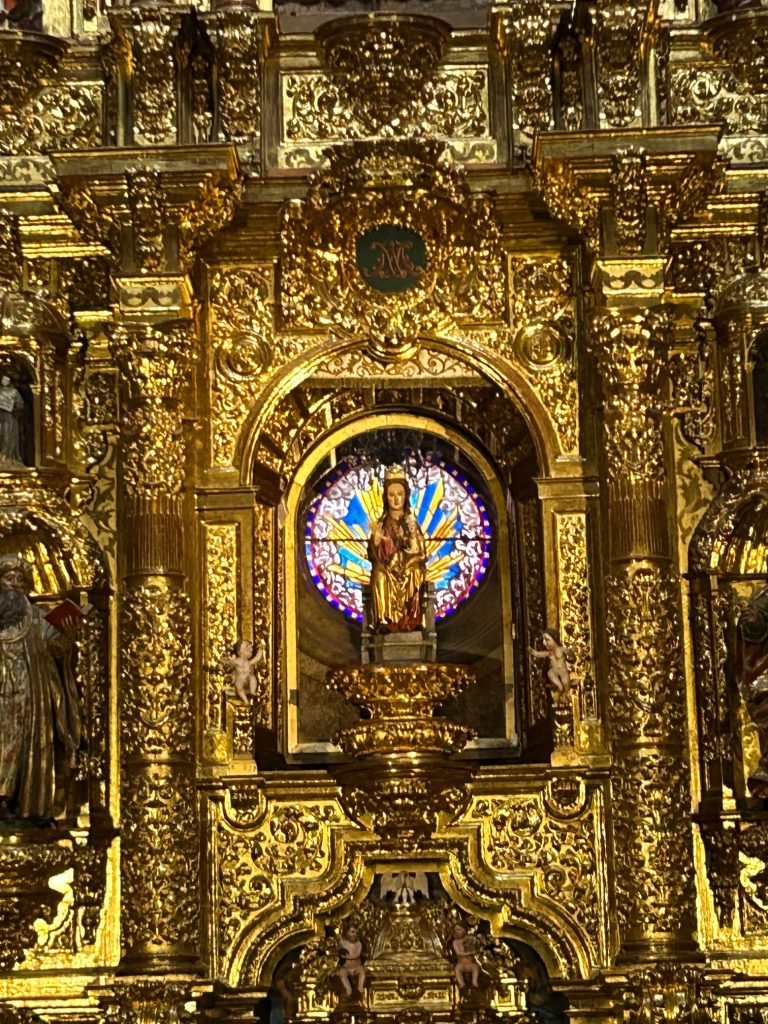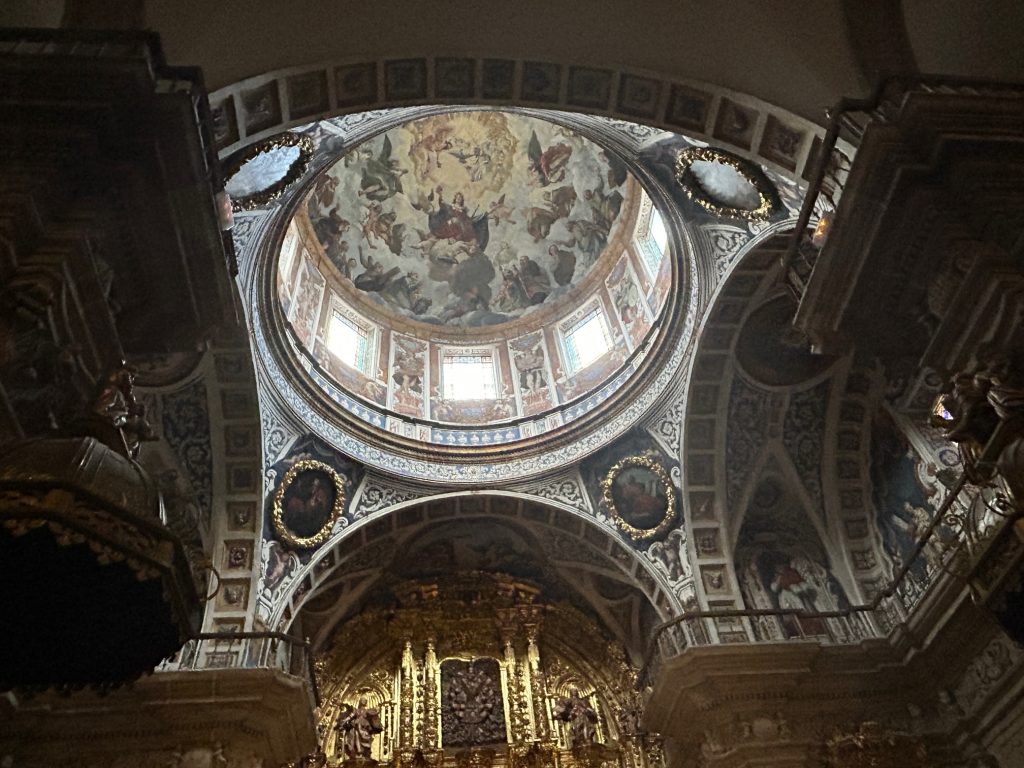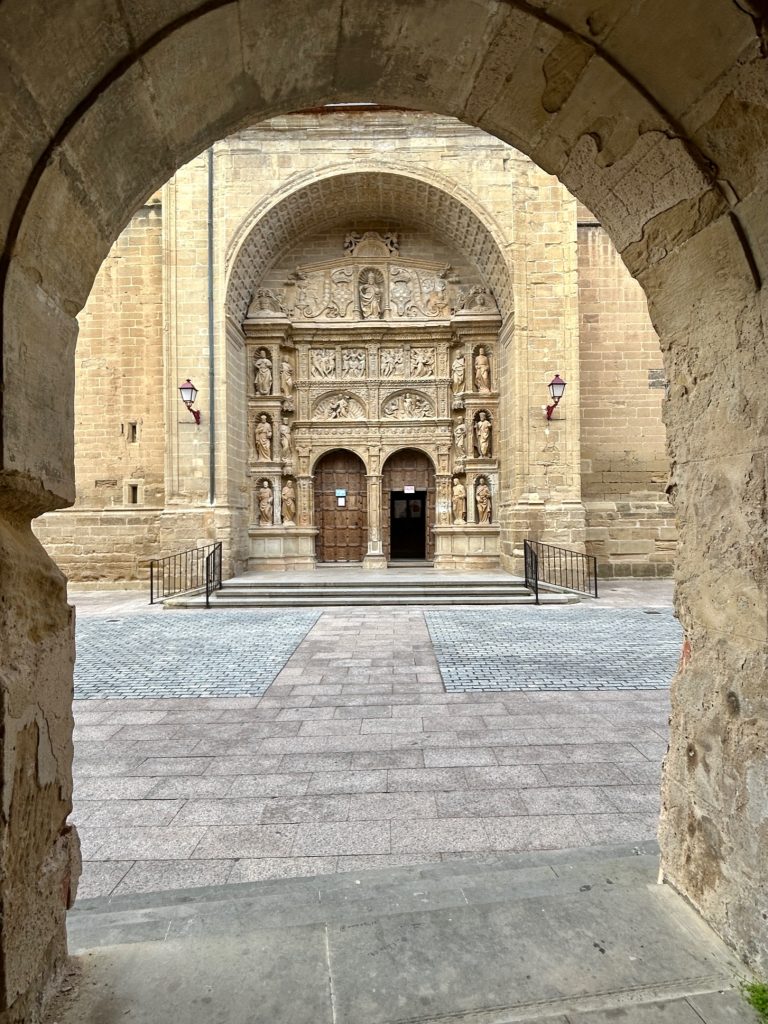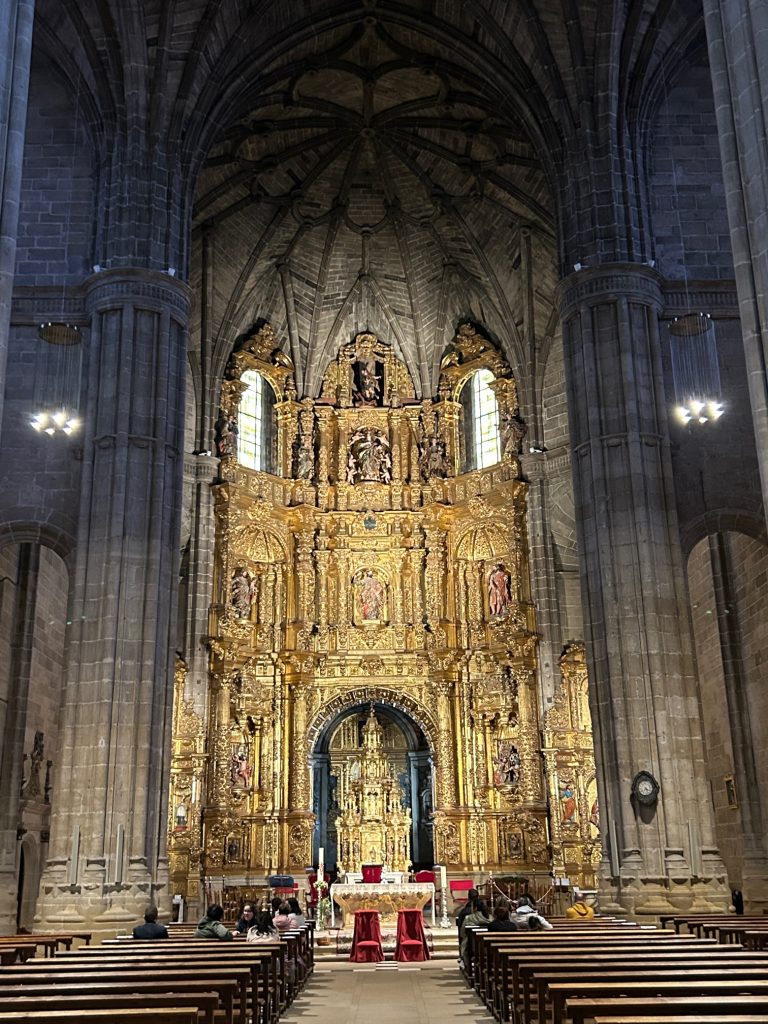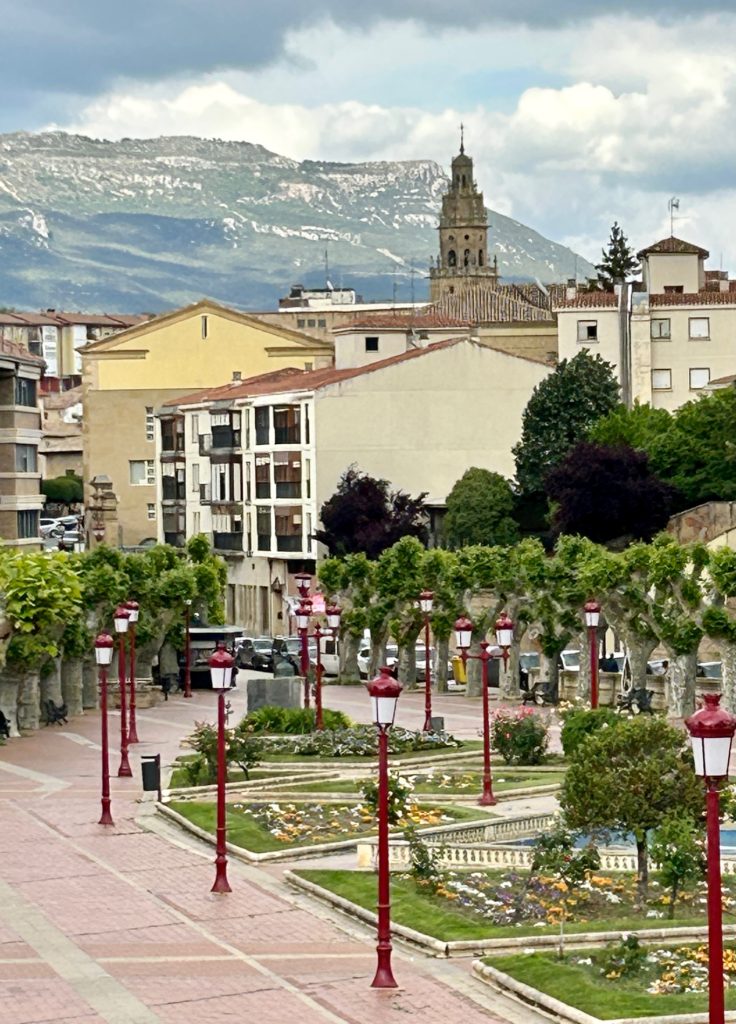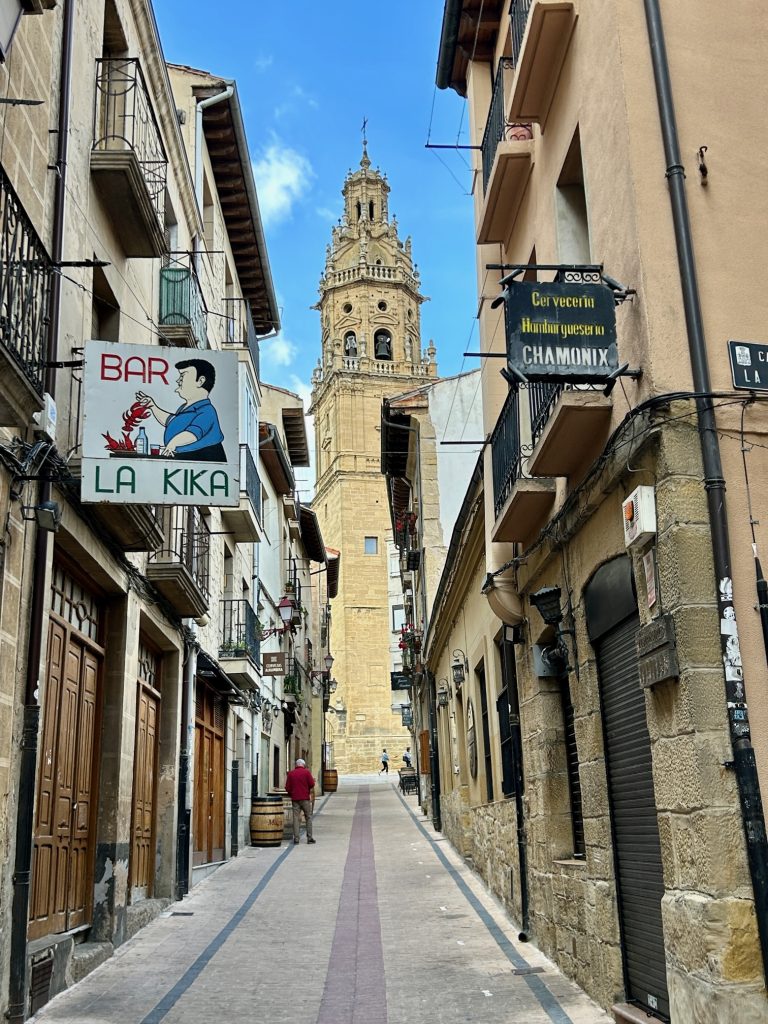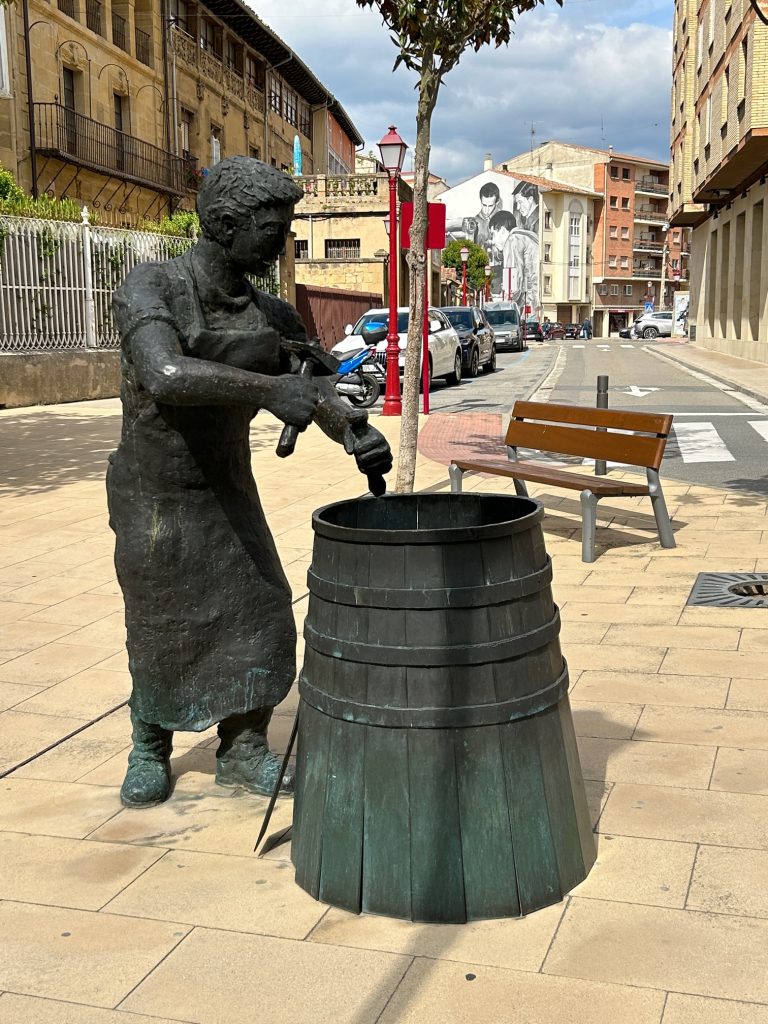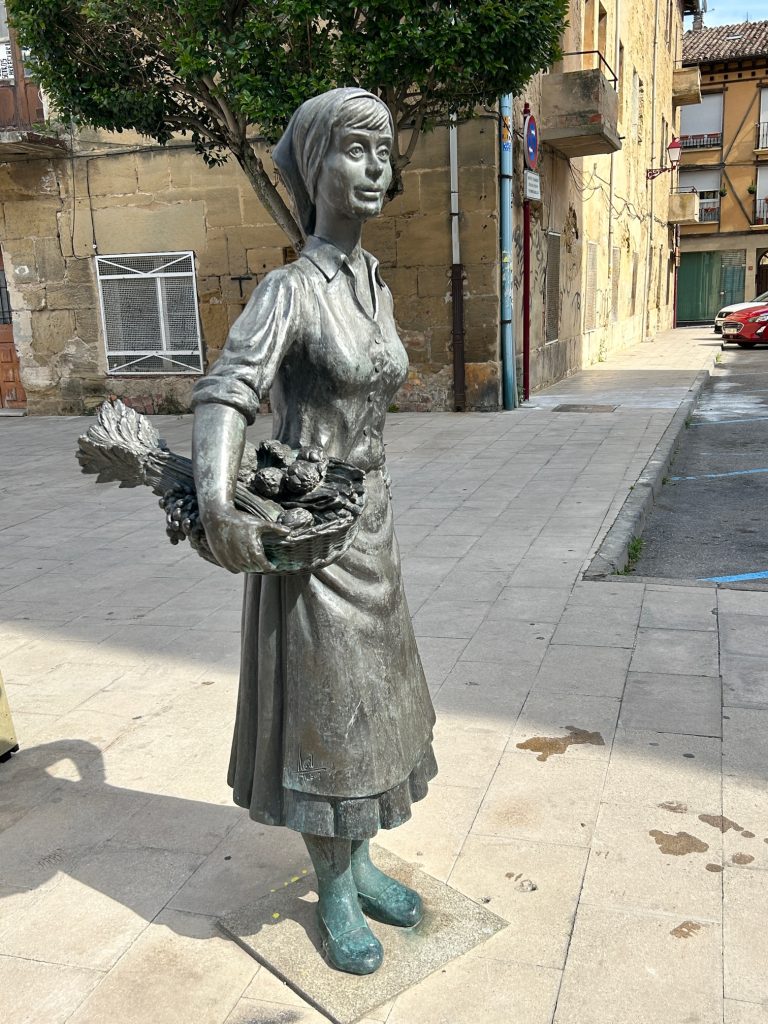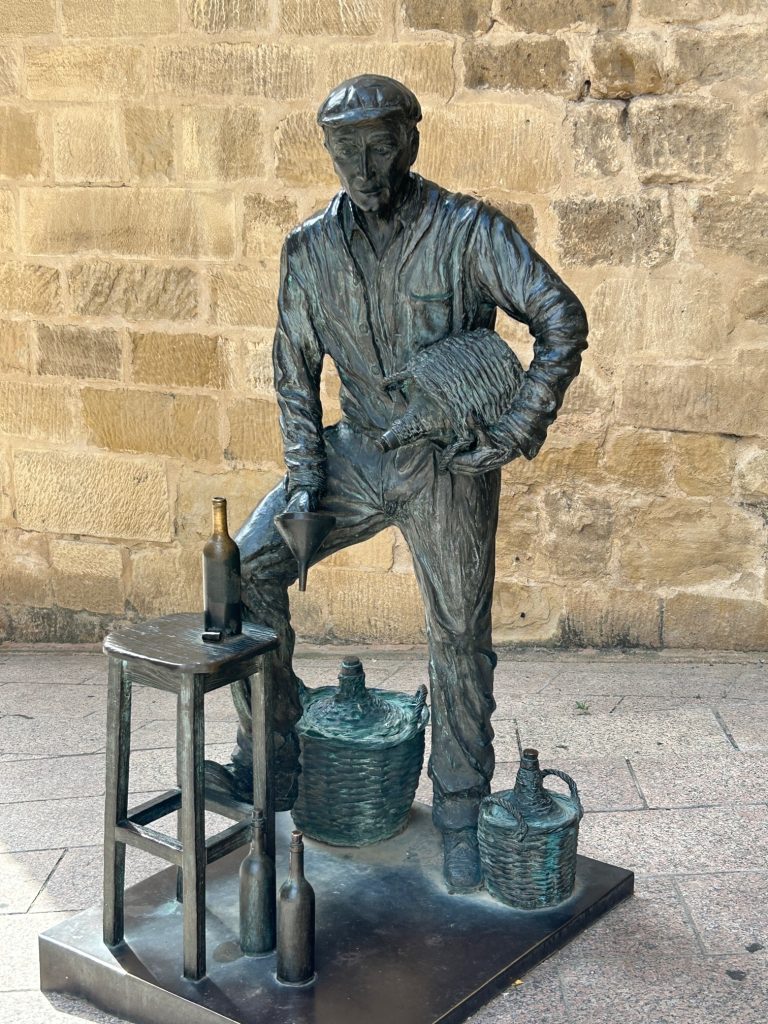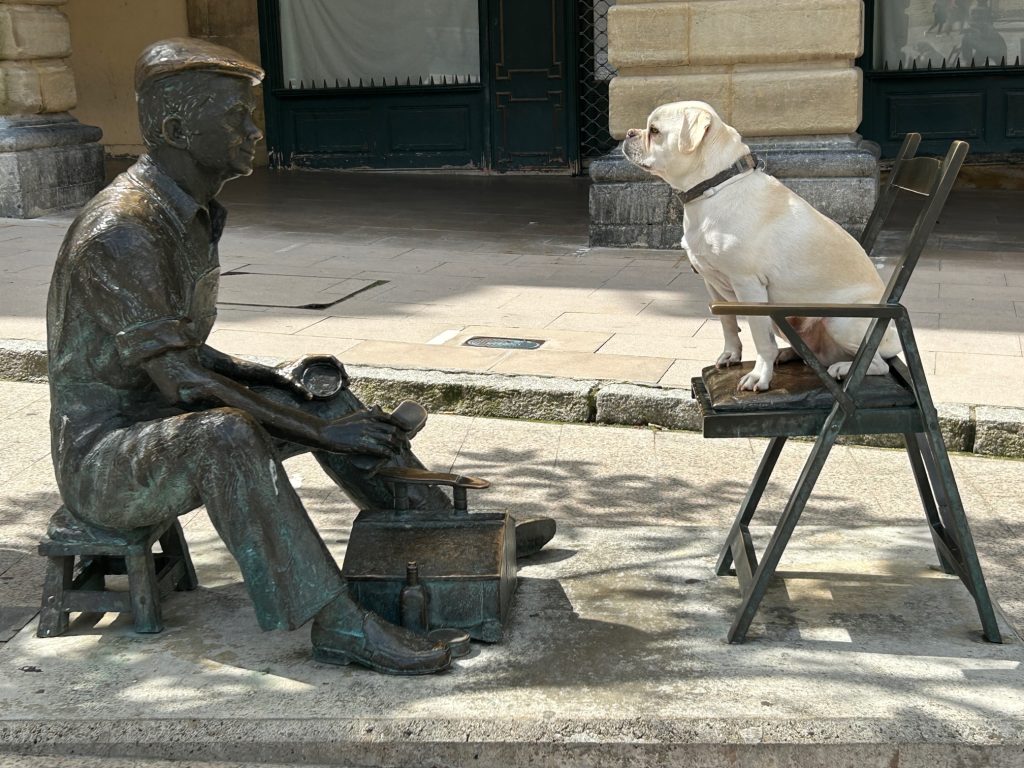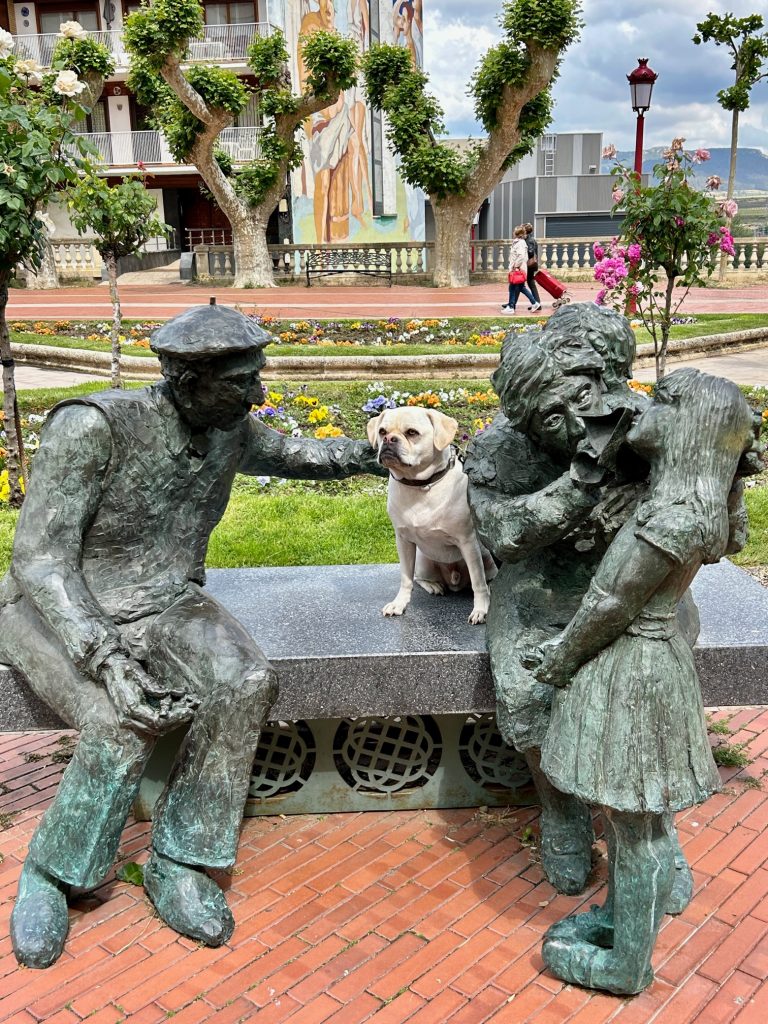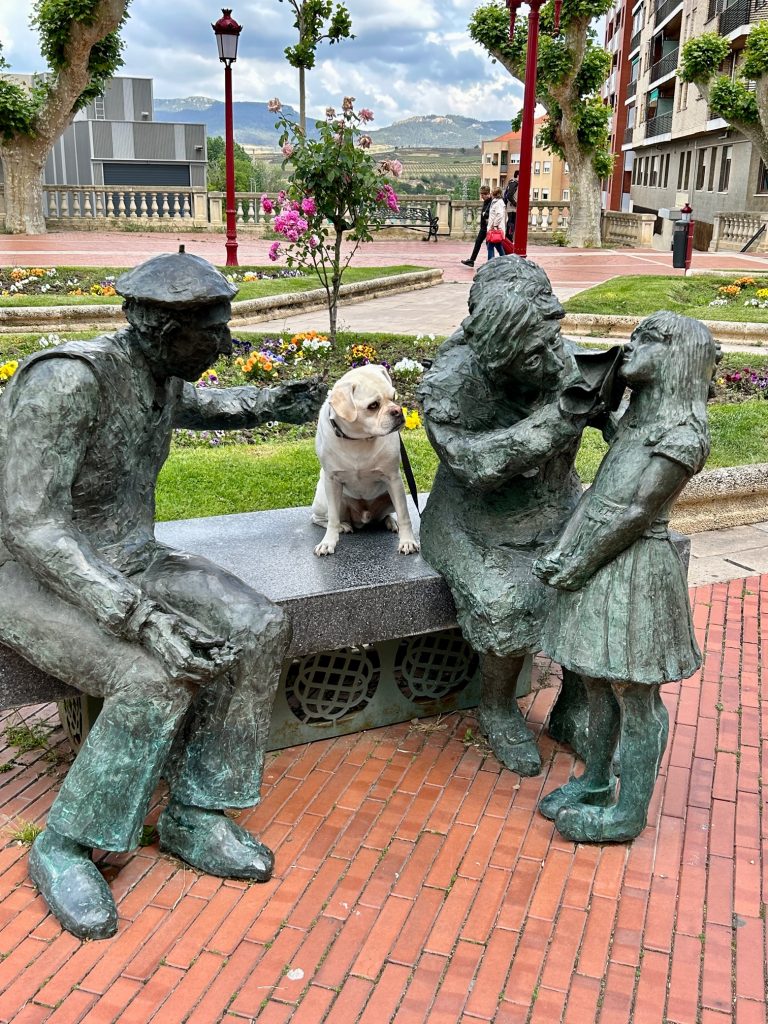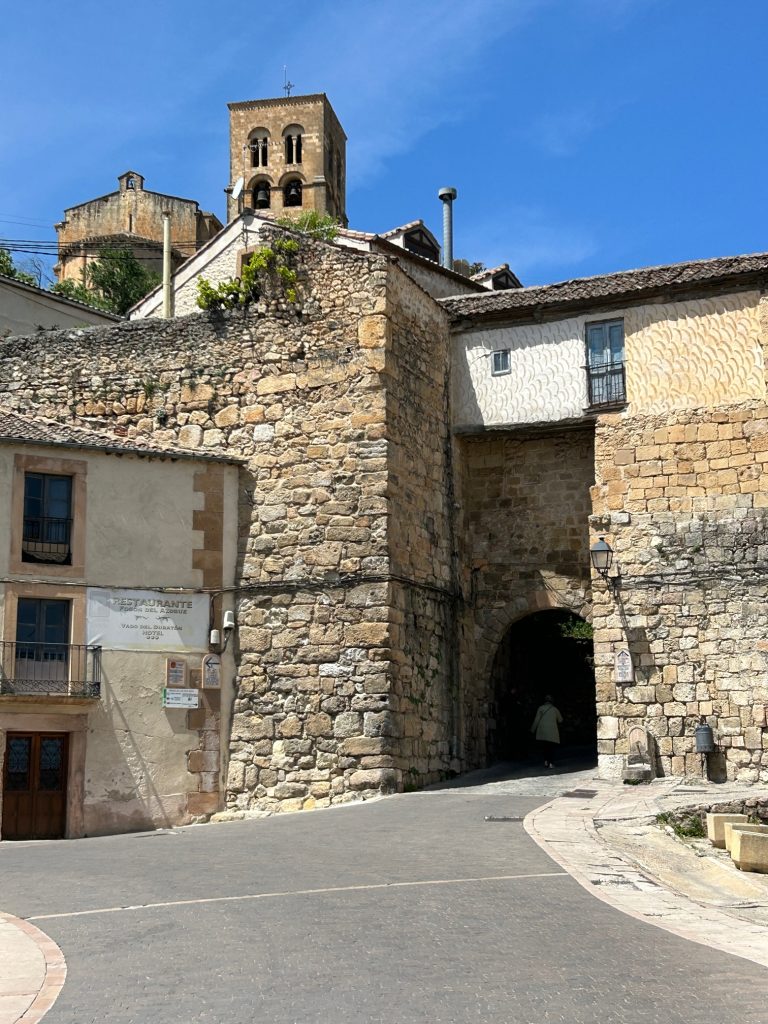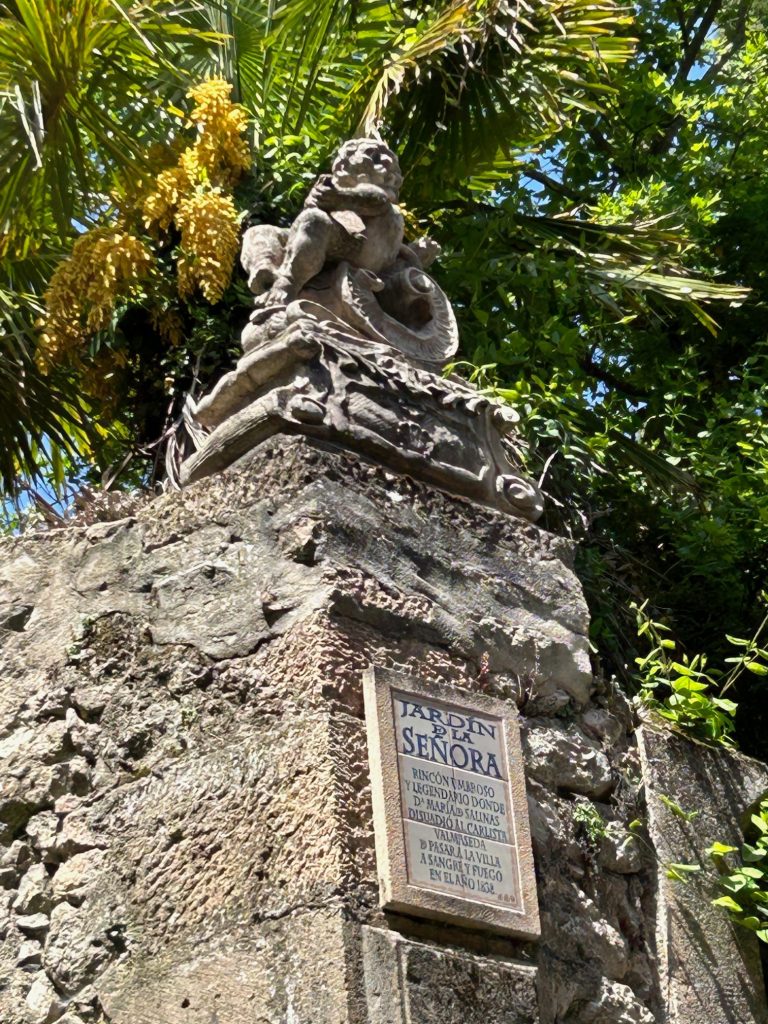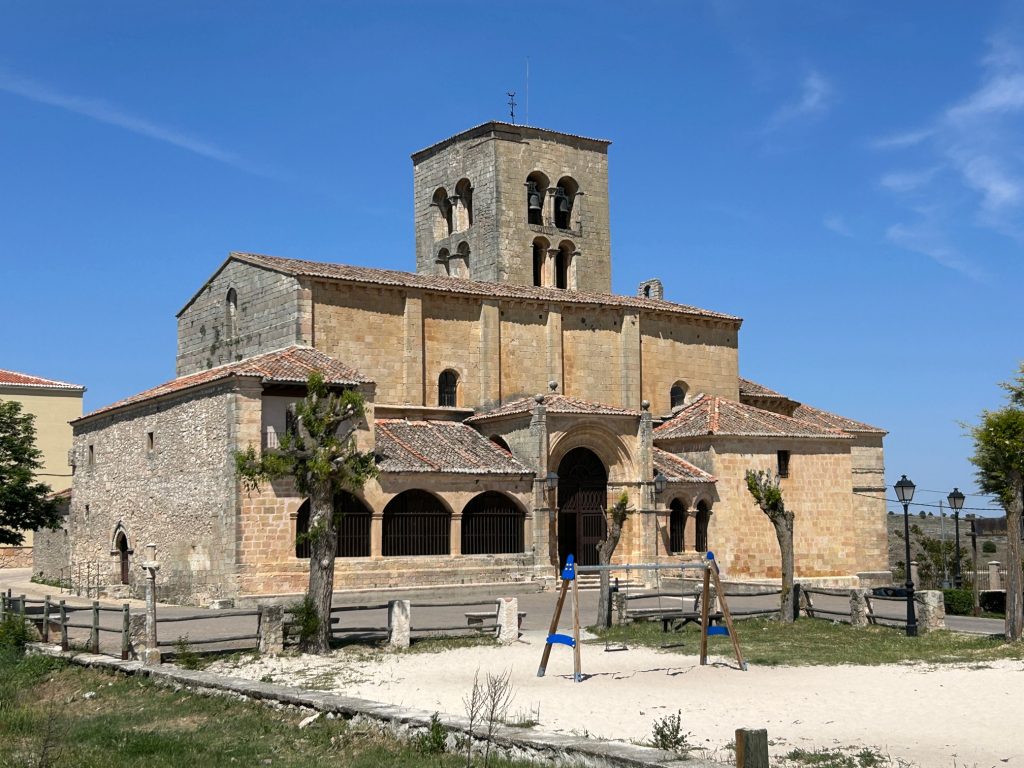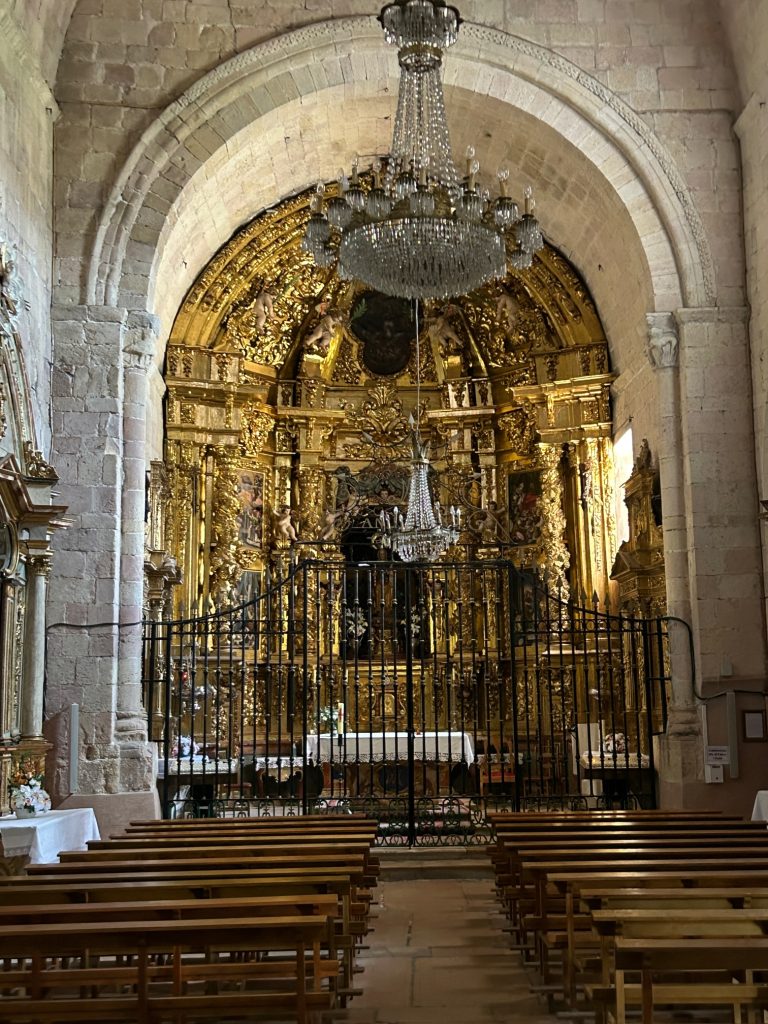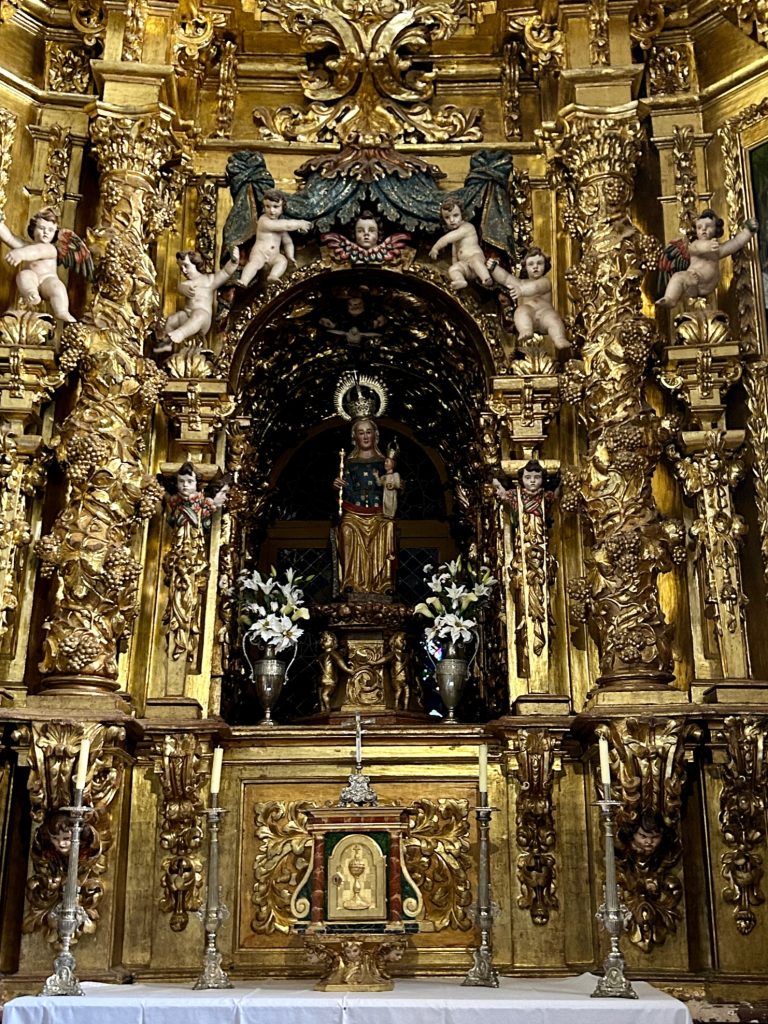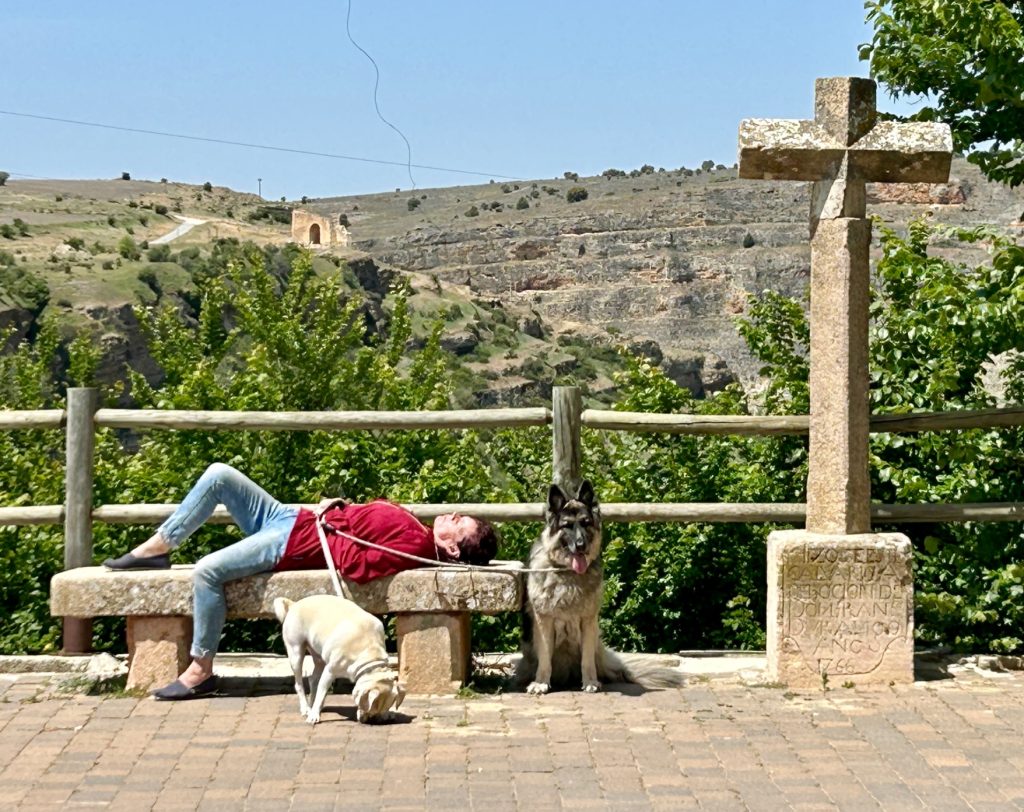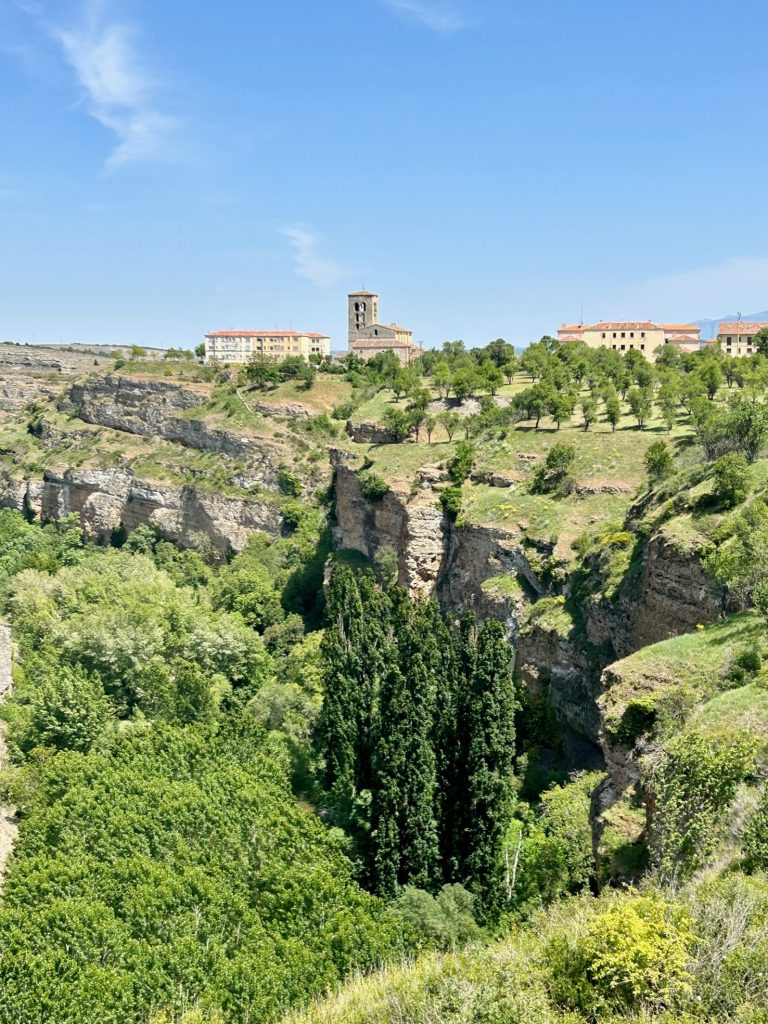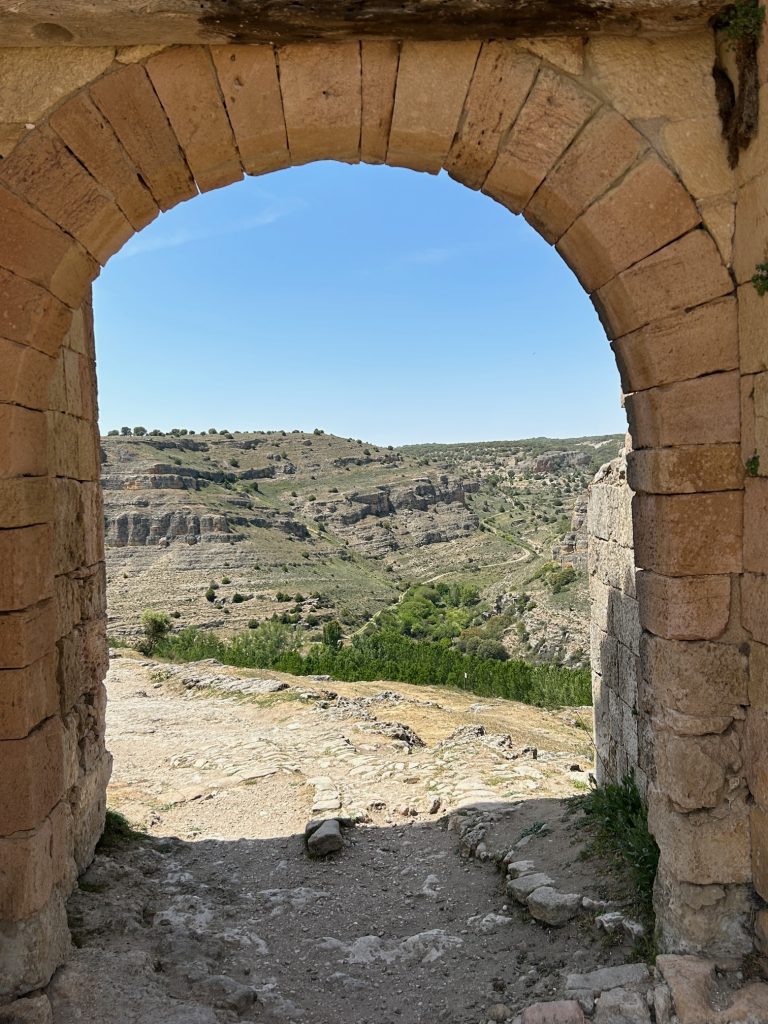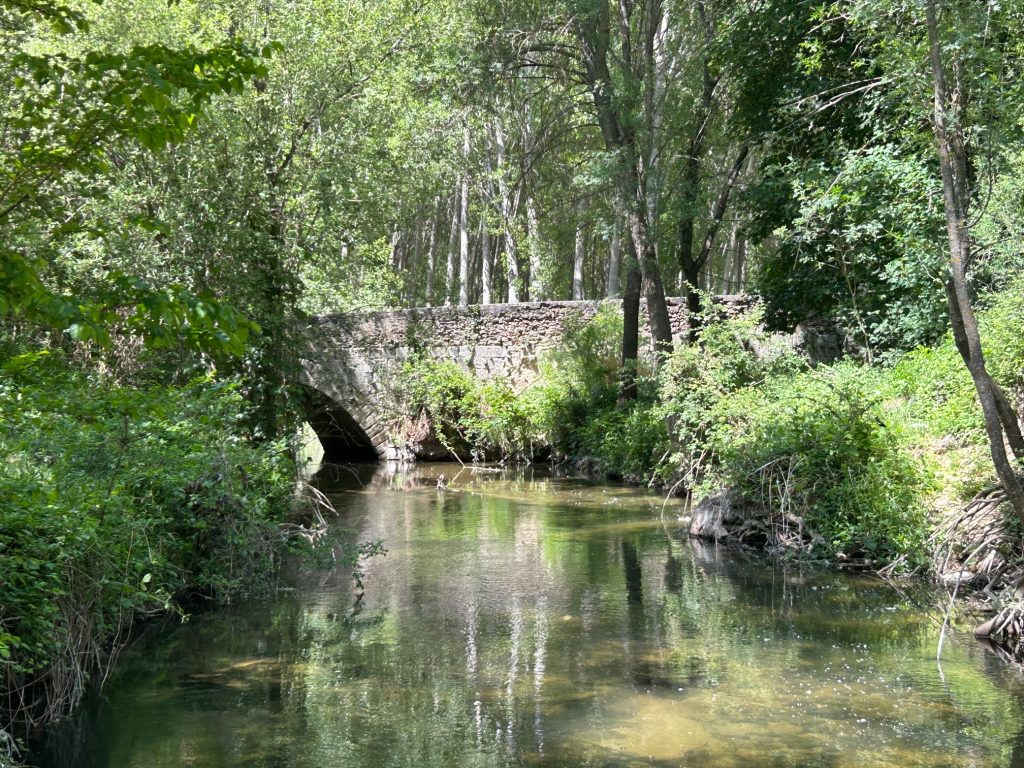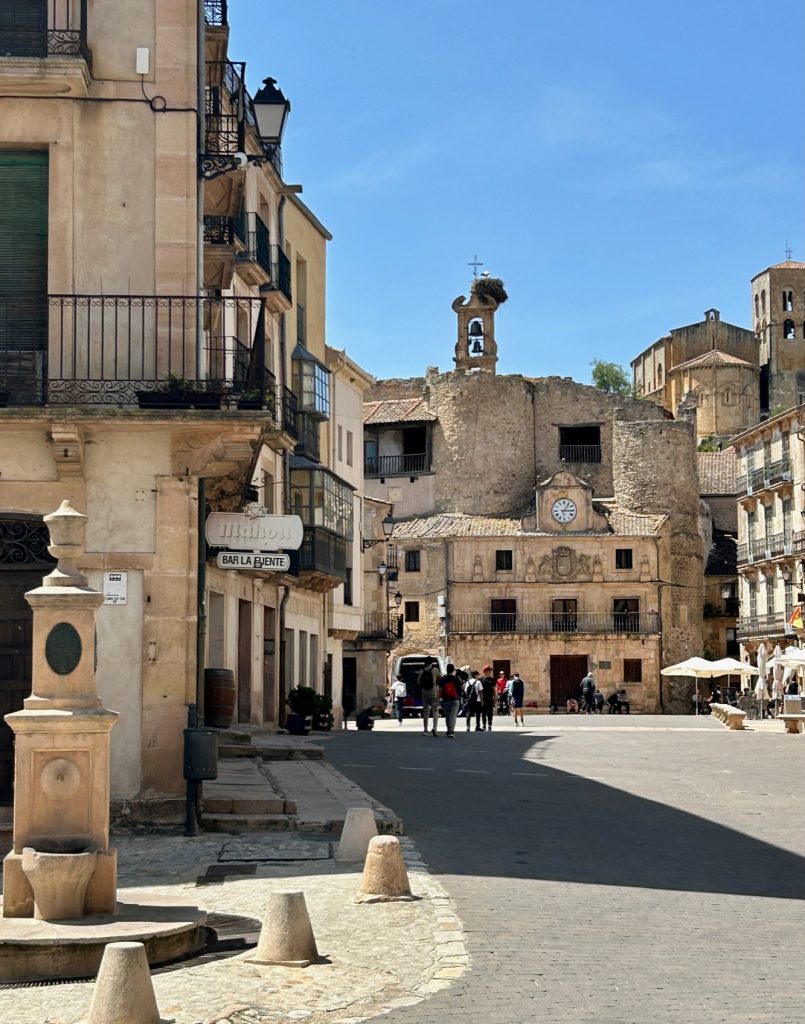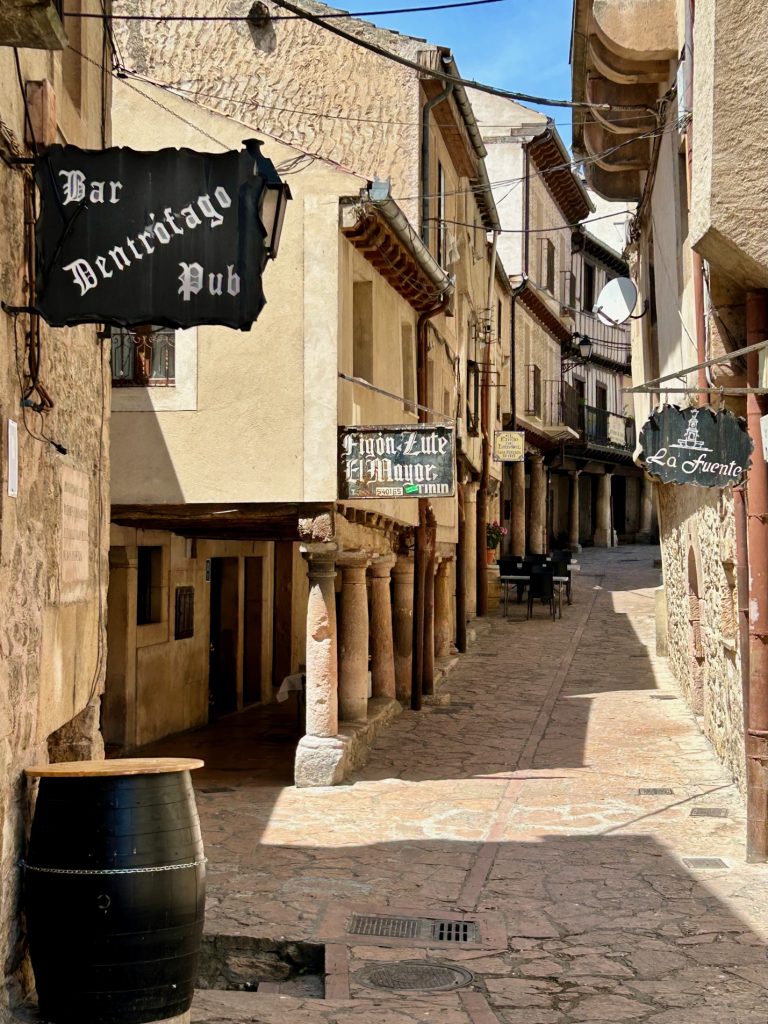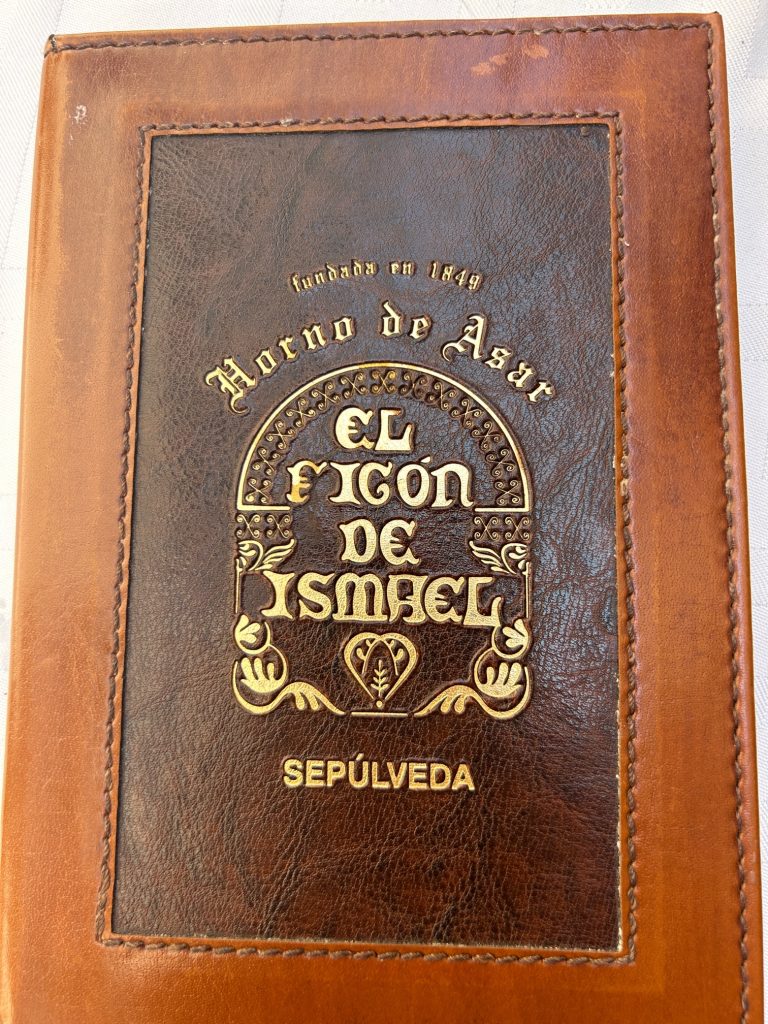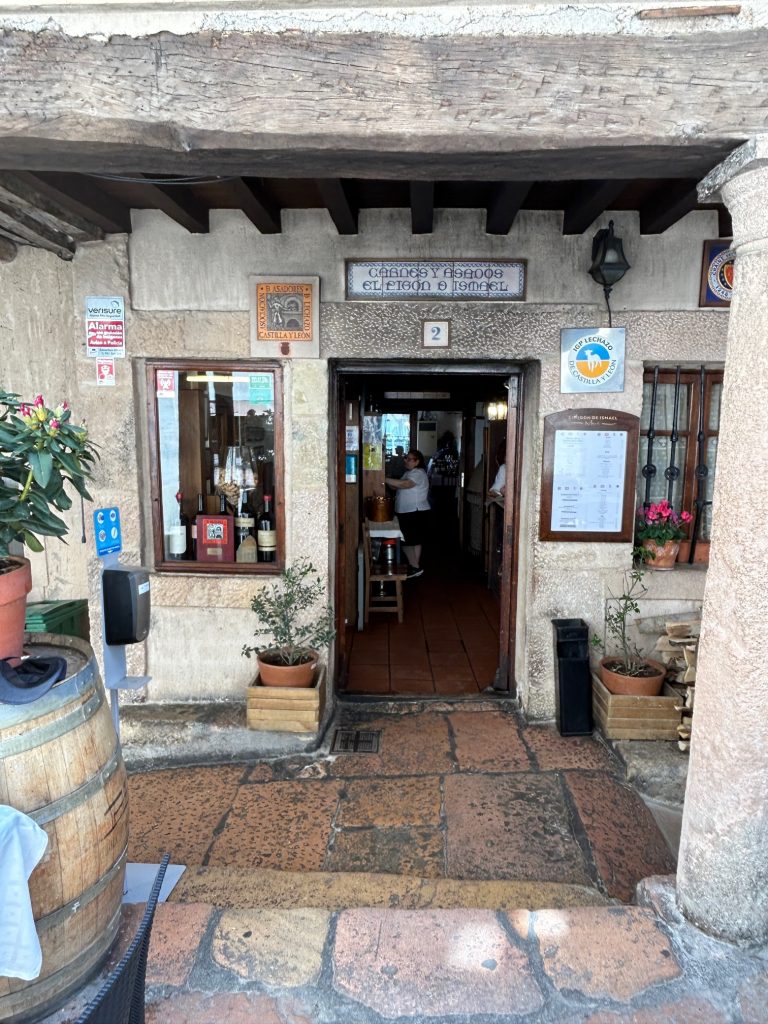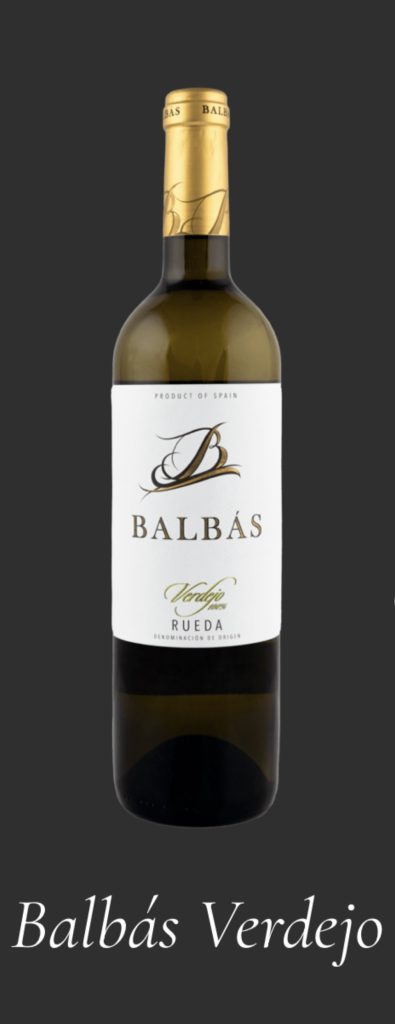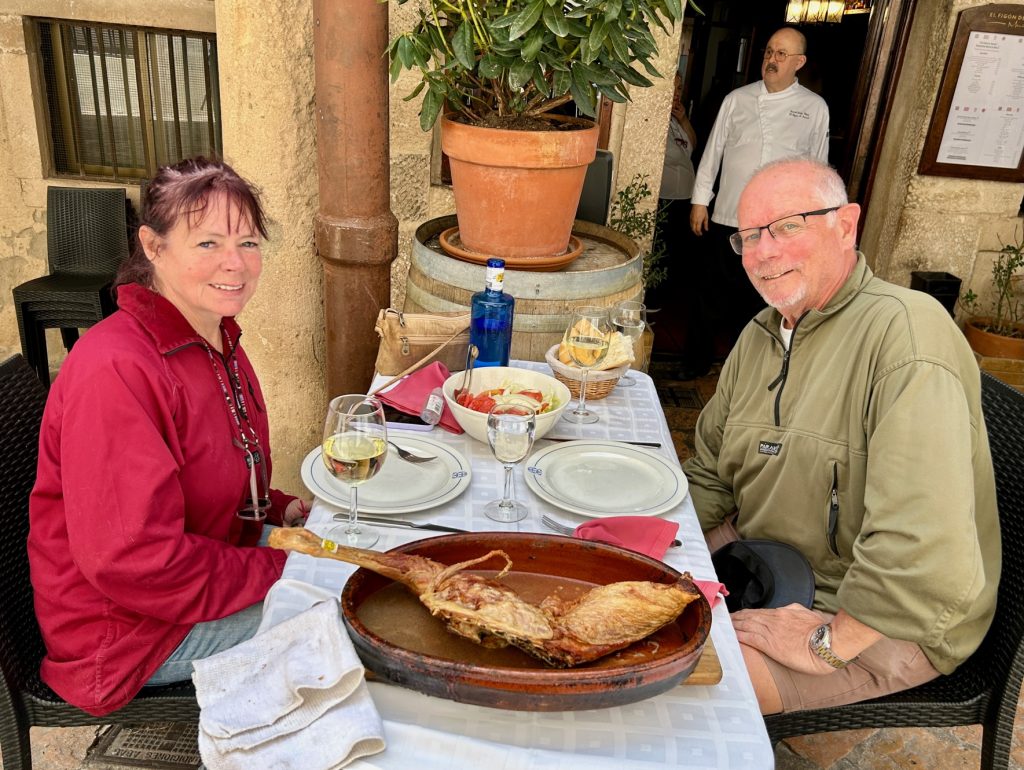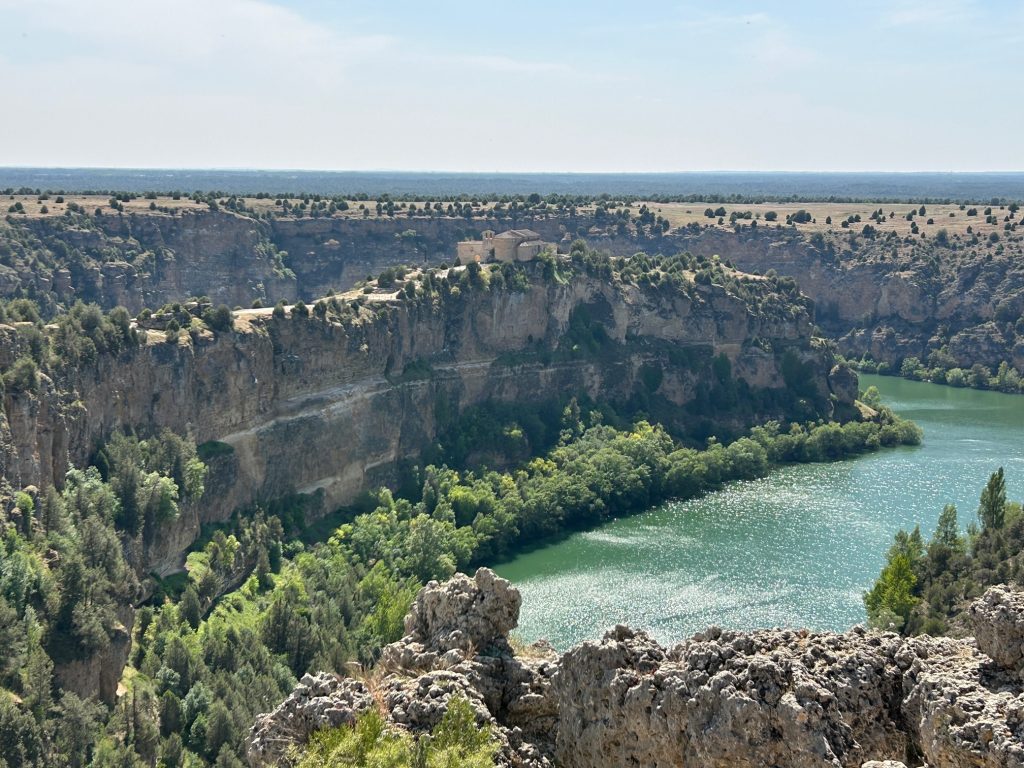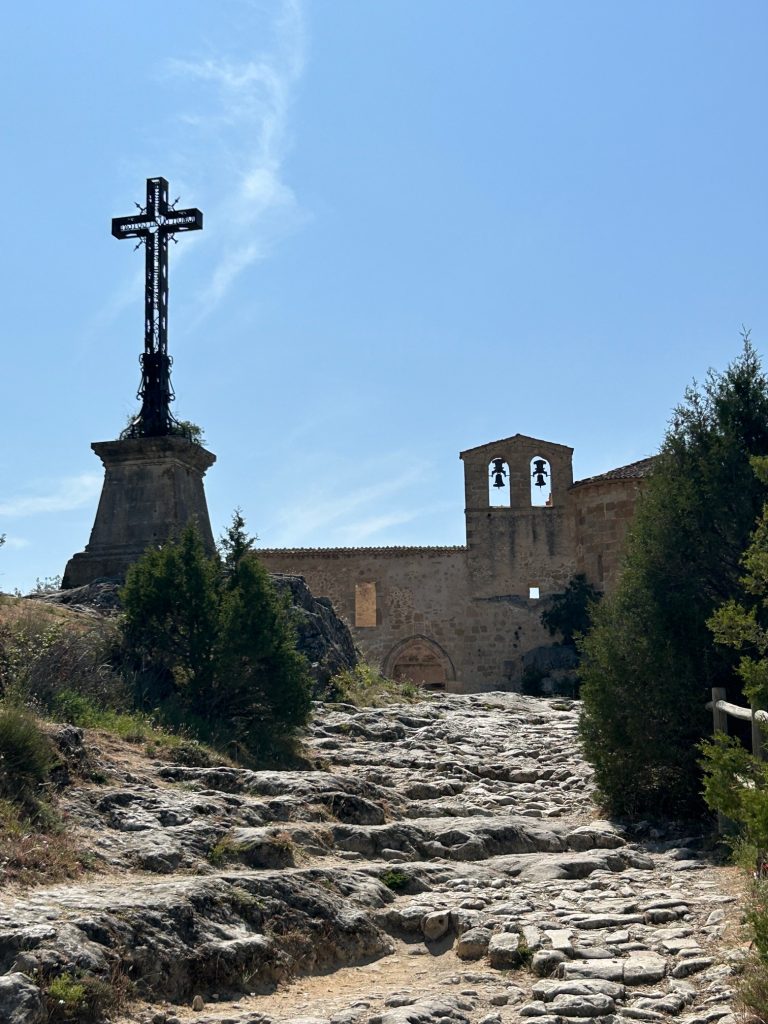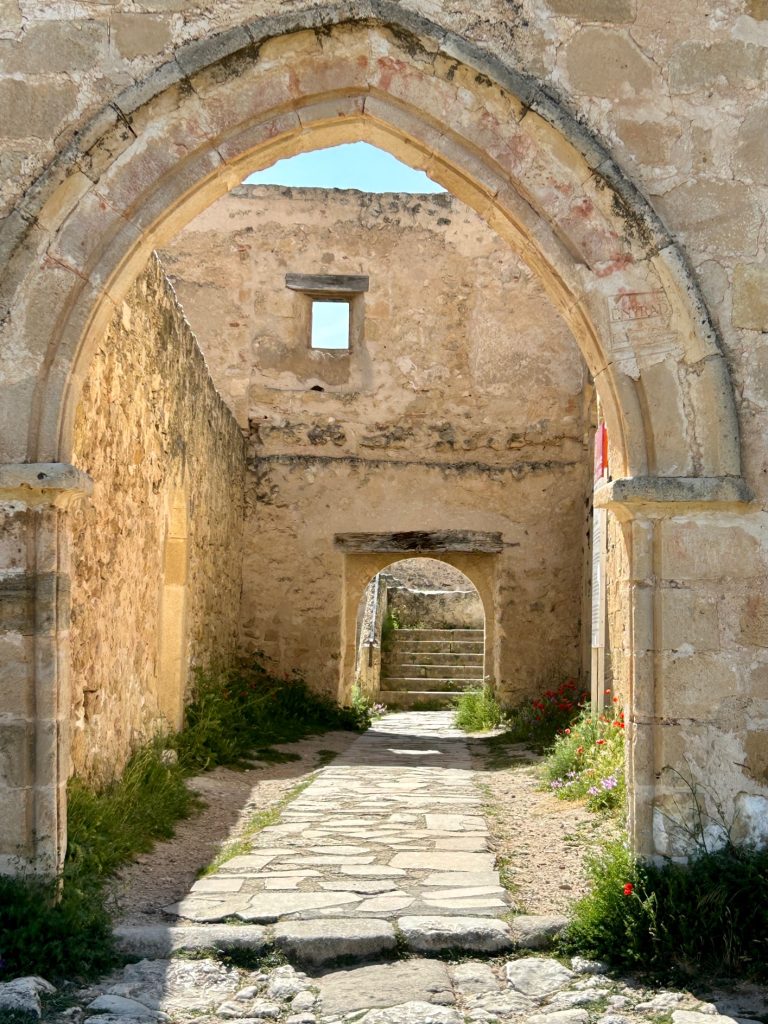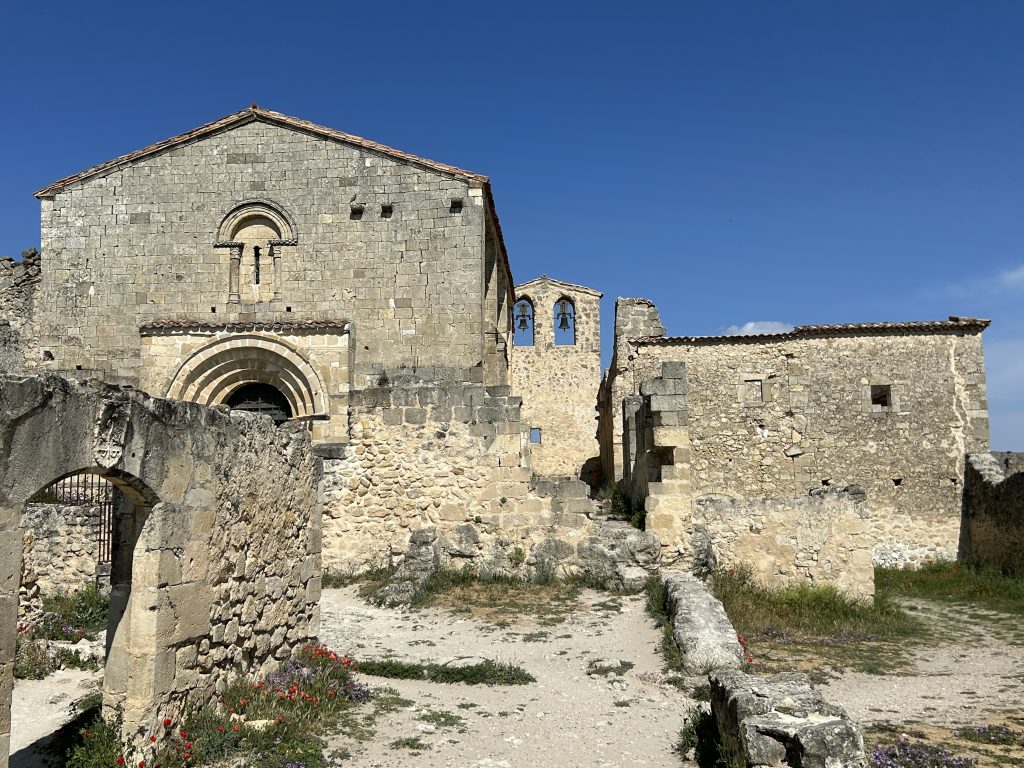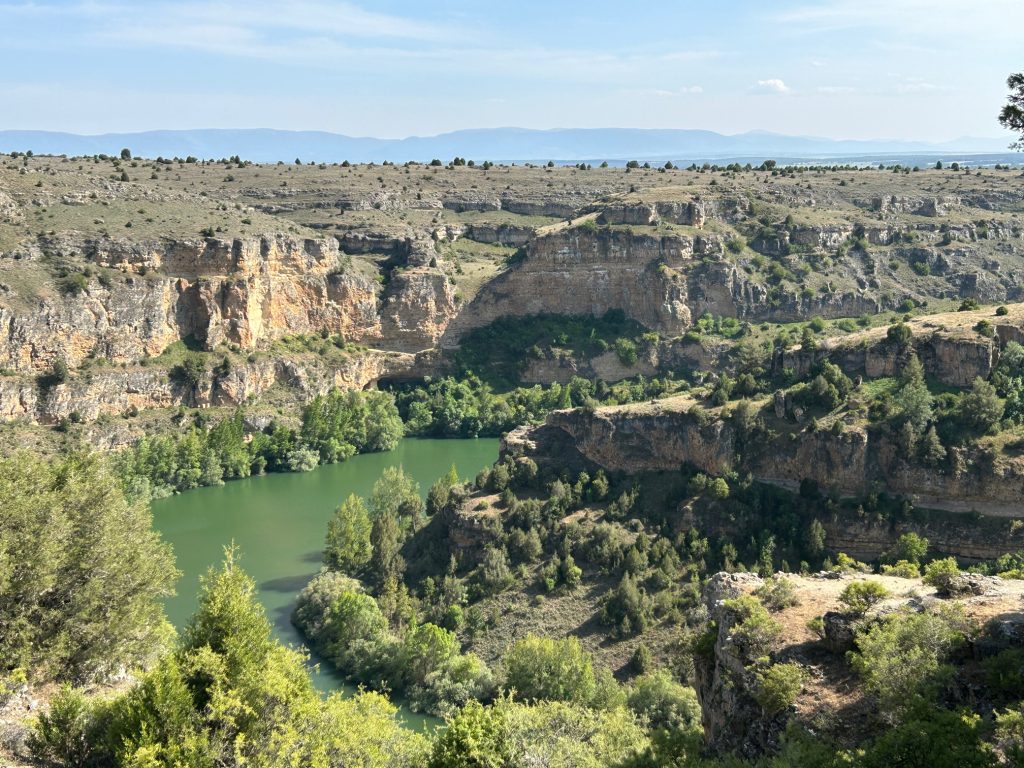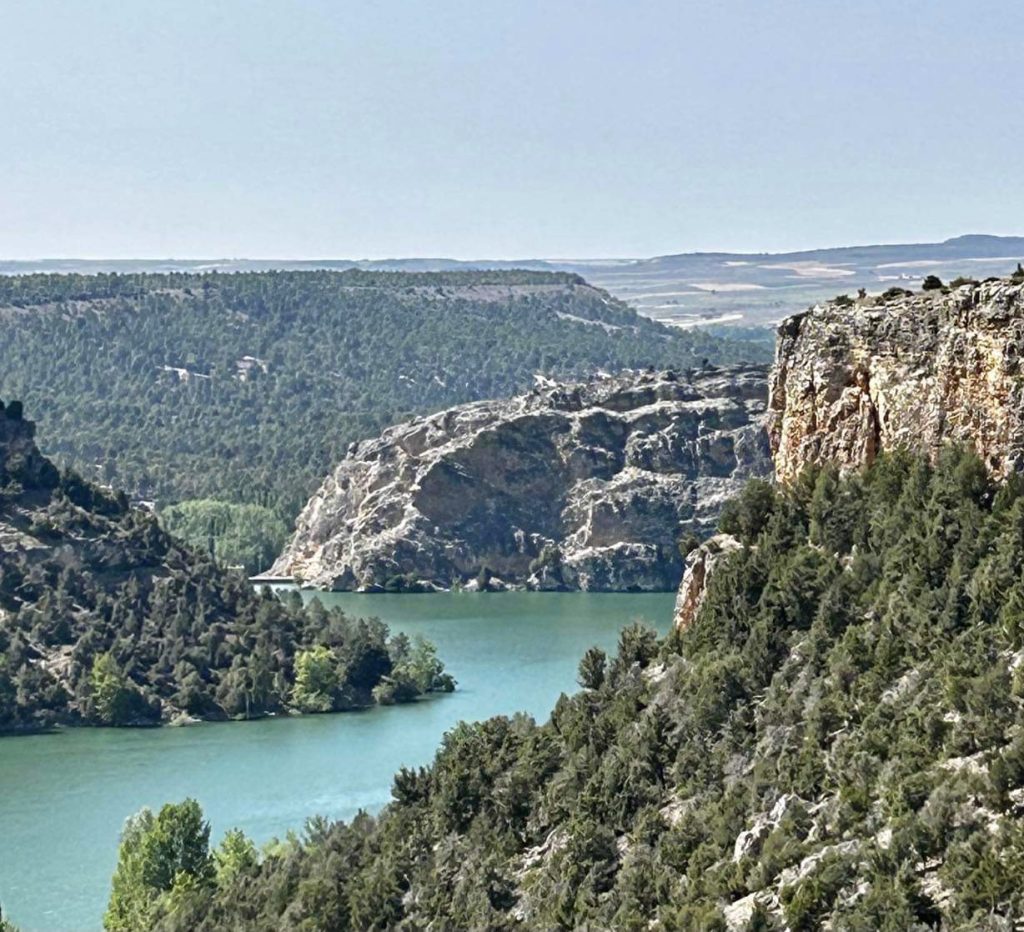There are a multitude of magnificent castles in the Central Loire Valley. During Tour Three we visited two of them, the Chateau d’Amboise and the Chateau Chenonceau, but that still left Chateau Royal de Blois, Chateau Chambord, Chateau de Chaumont, Chateau Cheverney and Chateau de Fougeres sur Bievre , to name but a few. This time it was to be the Chateau Royal de Blois and it was down to Vanya’s current interest in all things Tudor.
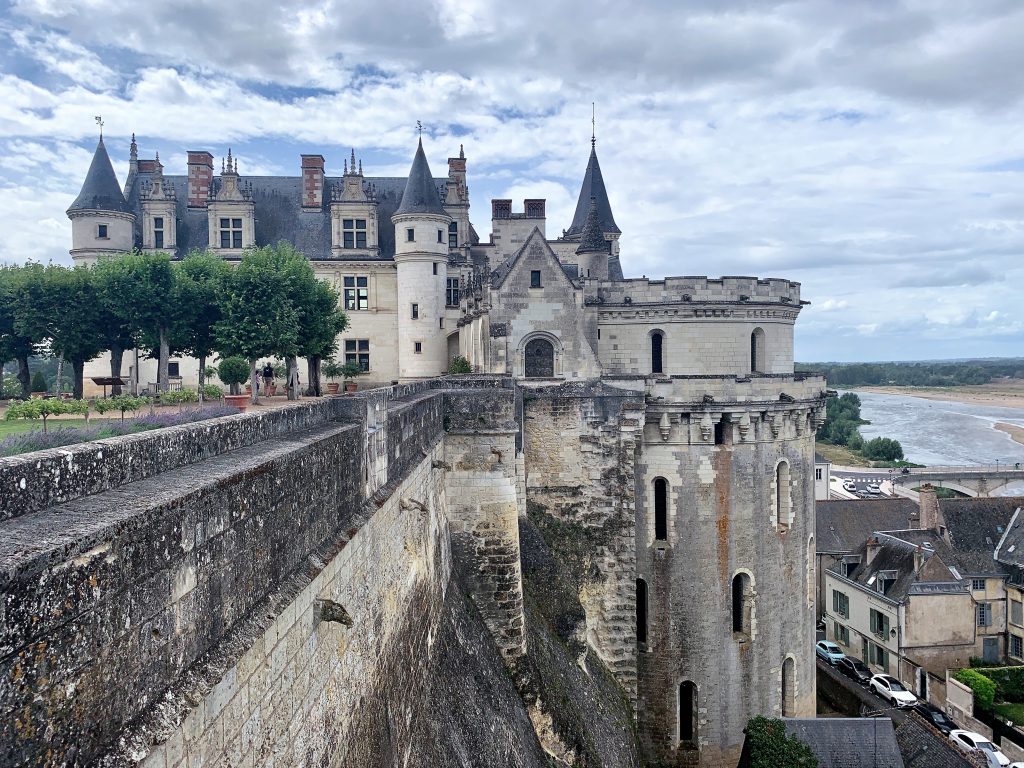
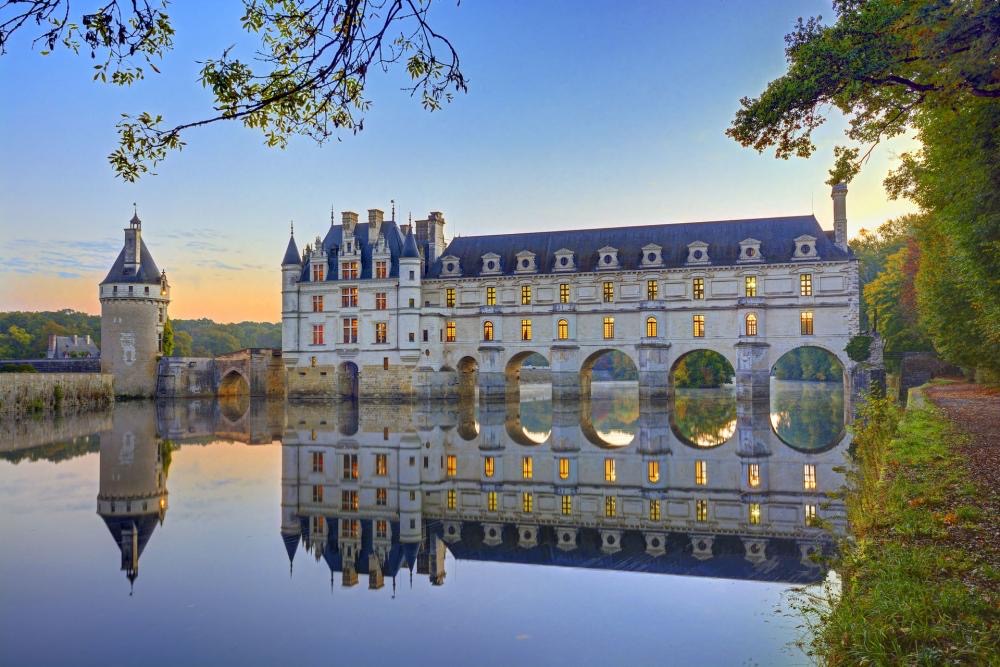
We‘ve already visited Chateau d’Amboise (left) and Chateau Chenonceau (right)
The Chateau Royal de Blois is not the prettiest of the Loire Valley castles but there’s enough about it to interest most anyone. It’s a prestigious ‘must see’ castle which was home to no less than 7 French Kings and 10 Queens, as well as being where Joan of Arc was blessed by the Archbishop of Rheims on her way to fight the English at Orleans. More important, from Vanya’s perspective, it was the place where in 1515 Anne Boleyn (later Henry VIII’s second wife) came to be Lady in Waiting to Queen Claude (wife of Francois I) and so shared her time for the next seven years between Blois and Amboise.
Although there was a fortress on the site as long ago as the 9th century, the existing chateau started to take shape in the 13th century under the aegis of the Count of Blois. Louis XII added a Gothic wing between 1498 and 1500 and Francis I added a Renaissance wing, including the majestic spiral staircase, between 1515 and 1518. Gaston of Orleans added a Classical wing between 1635 and 1638.
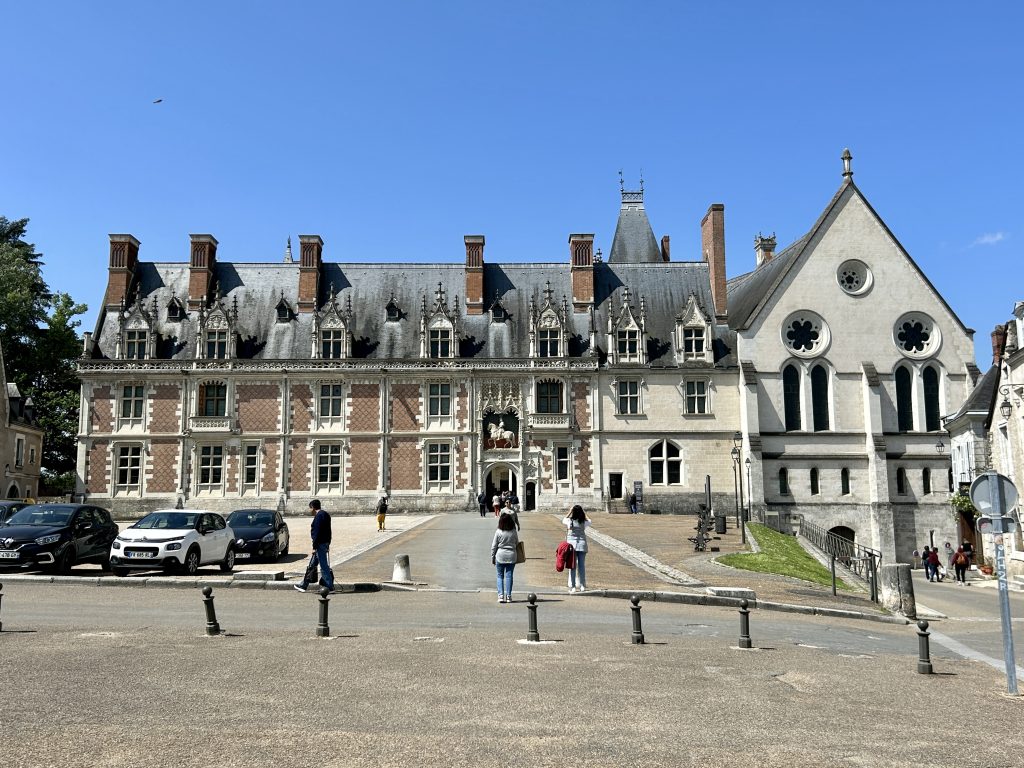
The main entrance into the chateau is via the Gothic wing added by Louis XII and is from the Place du Chateau.
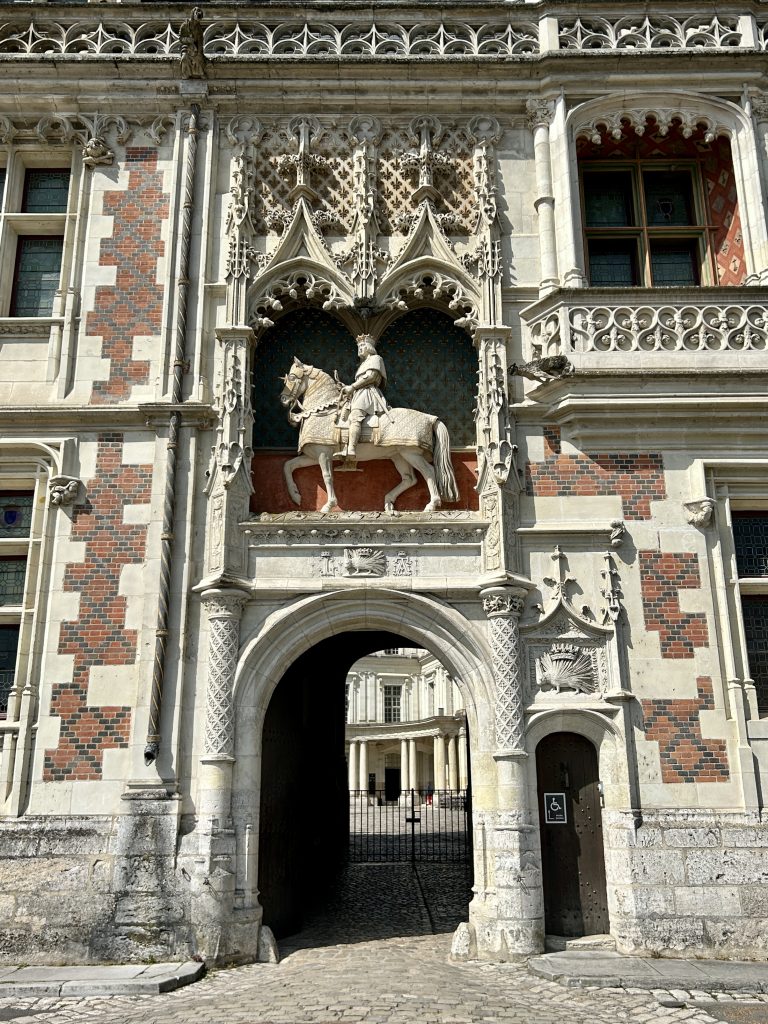
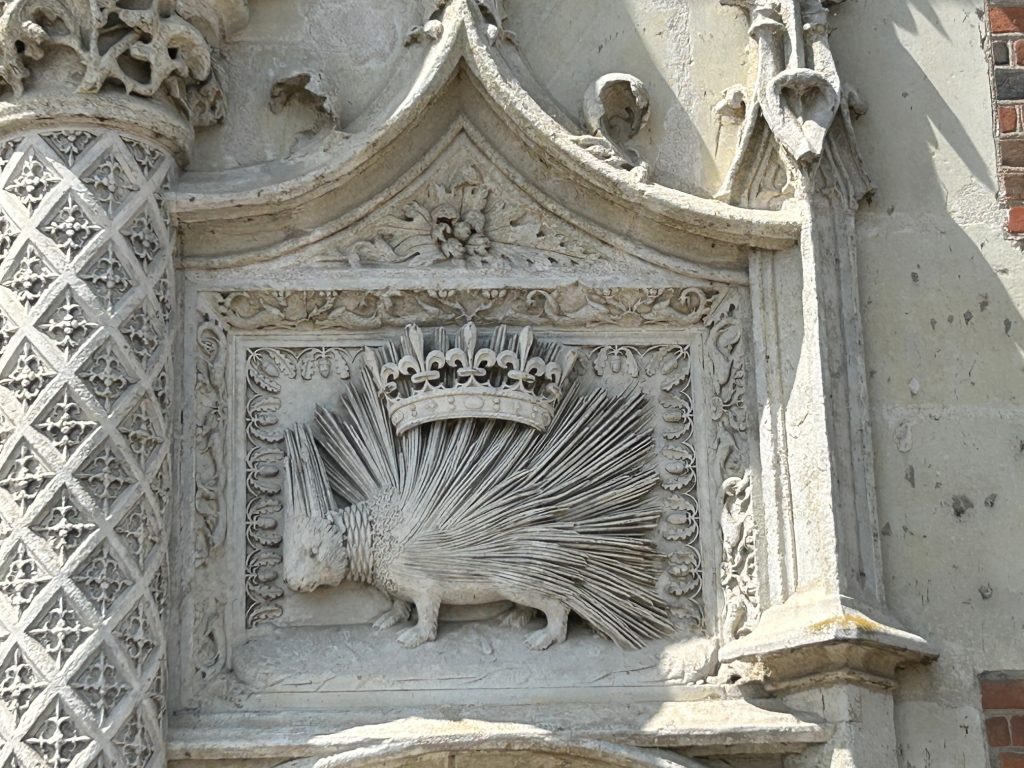
The main entrance is surmounted by an intricate statue of Louis XII and (lower and to the right of his statue) a carving of a porcupine, the emblem of the Royal Order of the Porcupine inherited from his grandfather.
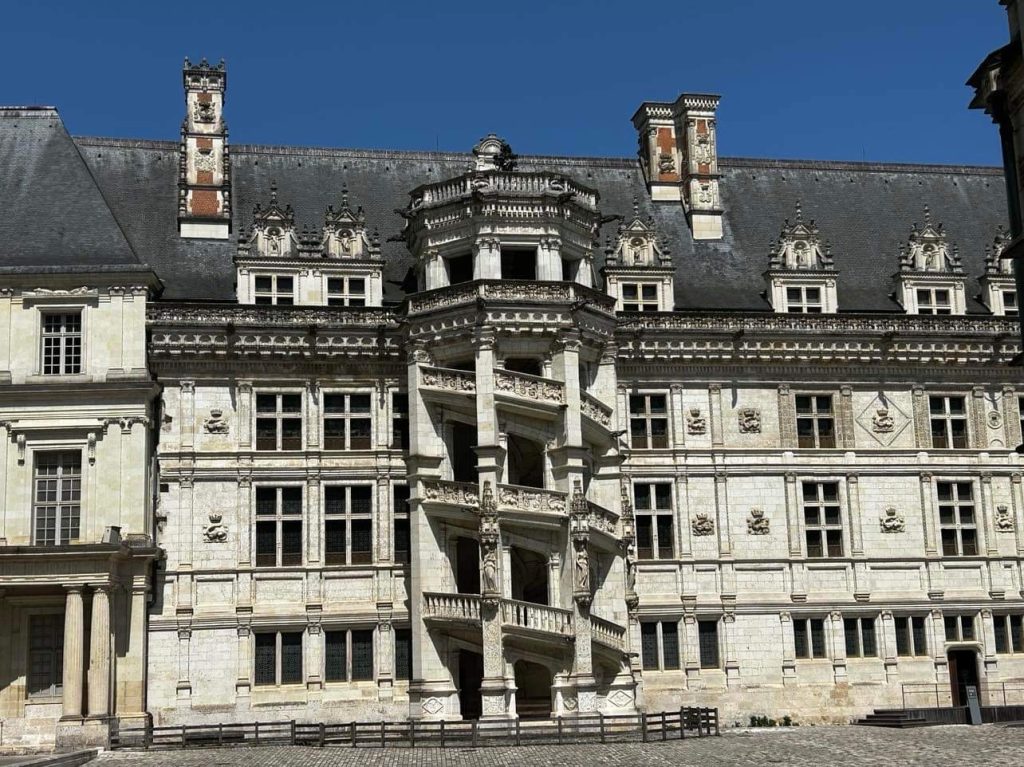
The Renaissance wing added by Francis I between 1515 and 1518.
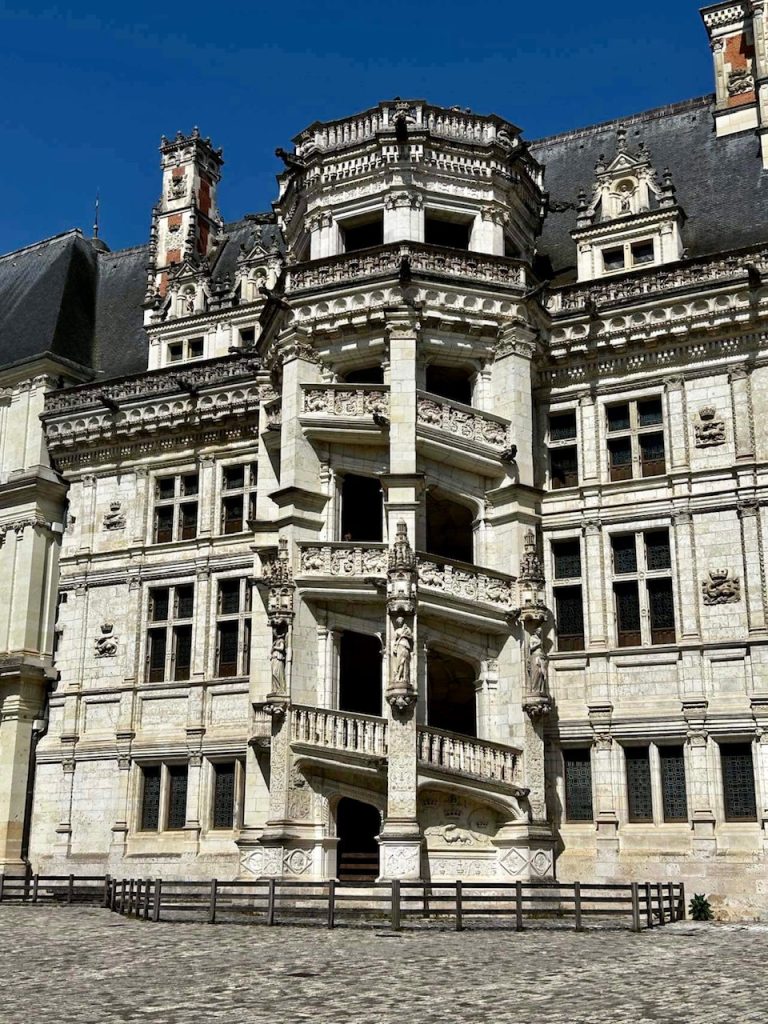
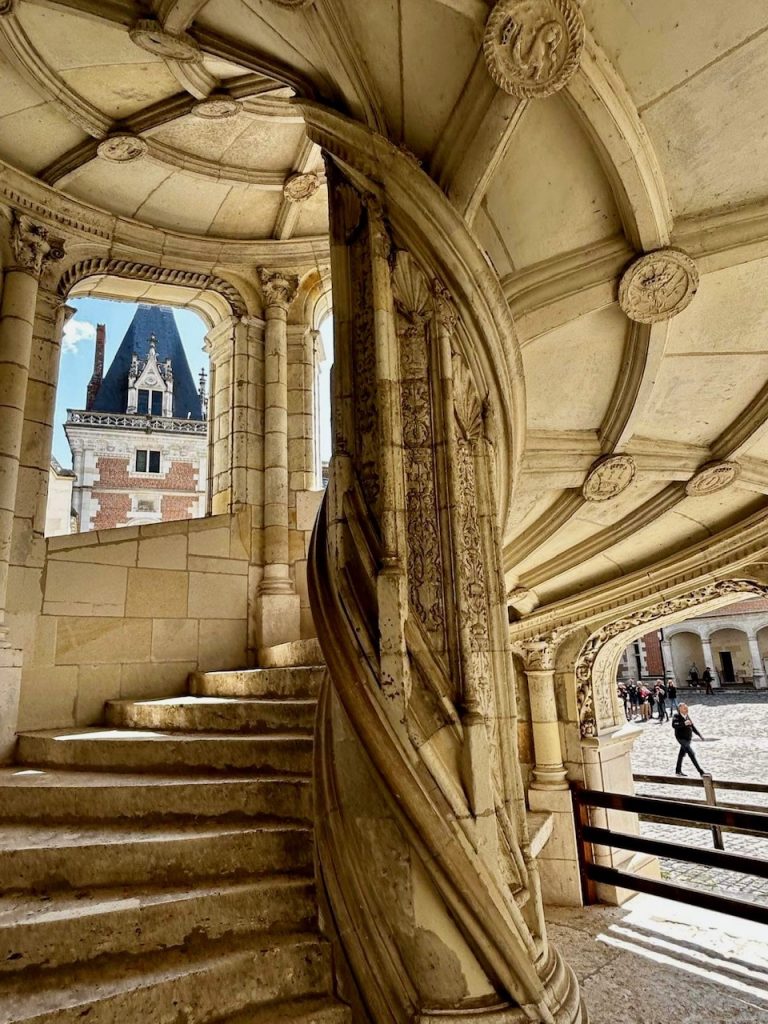
Closer views of the spiral staircase.
Leaving Vanya to her history for a couple of hours, I strolled off behind the chateau with our dogs, Nala and Beanie, to get some breakfast. The stroll took me through Place Victor Hugo, to the north of the chateau, and past the very elaborate facade of the Eglise Saint Vincent de Paul. The church was locked but, for once, I couldn’t have cared less. I’d seen a poster advertising a small cafe on the Rue Porte Cote and I was ready for a cup of coffee and a Croque Monsieur (a posh name for a cheese and ham toastie).
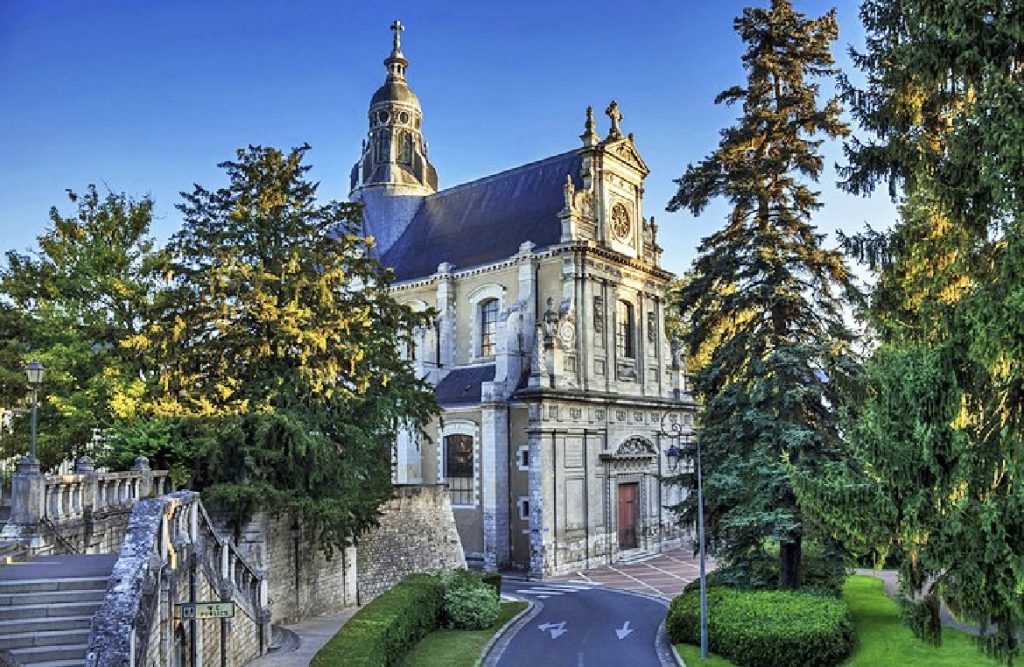
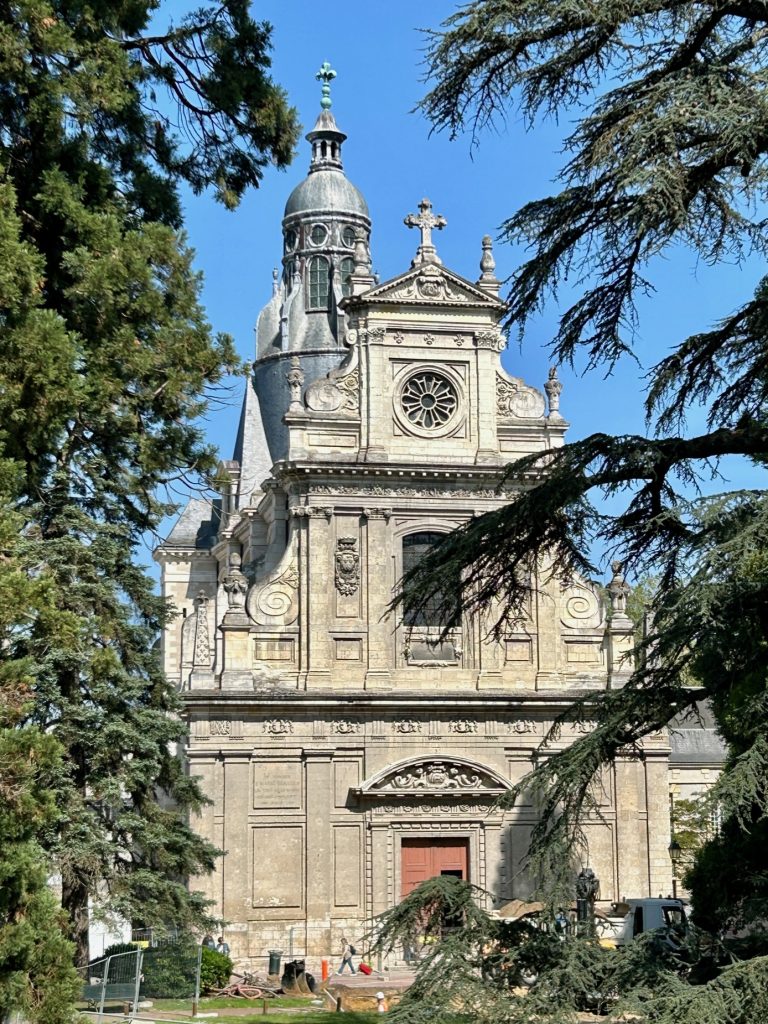
The Baroque style Eglise Saint Vincent de Paul was a 17th century Jesuit College but it was renamed and transformed into a church some time during the 19th century.
Breakfast over, it was time to wander Blois. Rue Porte Cote led me on to Rue Denis Papin and then up the Escalier Denis Papin. This impressive 120 step staircase, with it’s statue of Denis Papin (inventor of a prototype pressure cooker), has long been a pedestrian link between the upper and lower town of Blois. It served to get me to the city’s cathedral (Cathedrale Saint-Louise) and offered a fine view back down over the city.
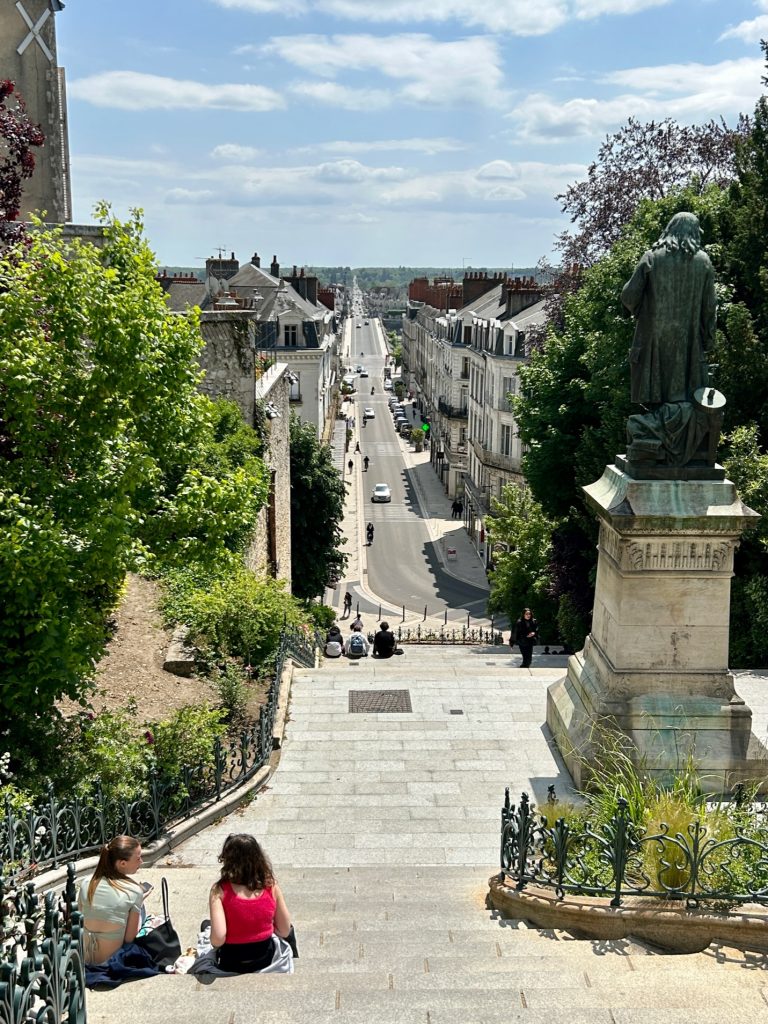
Escalier Denis Papin led me to the cathedral and, even if the views over the city weren’t of the standard I expected, there was a pretty good view towards the south.
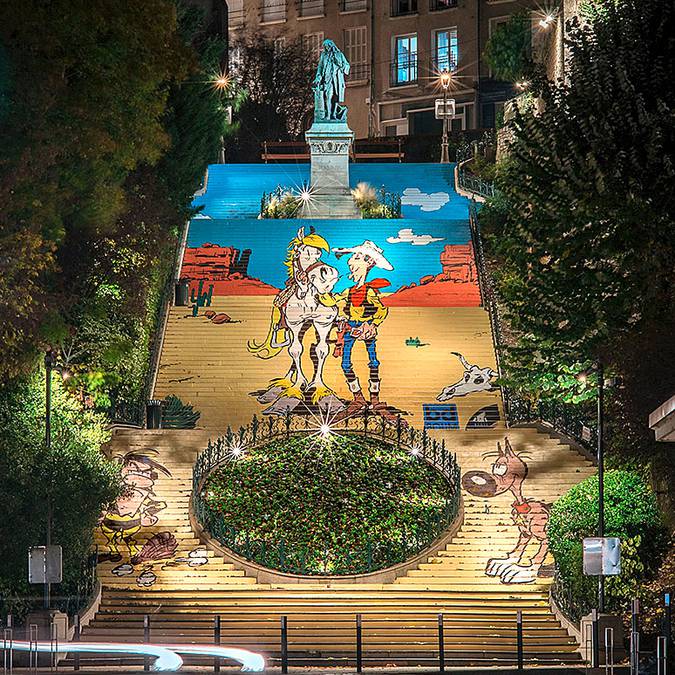
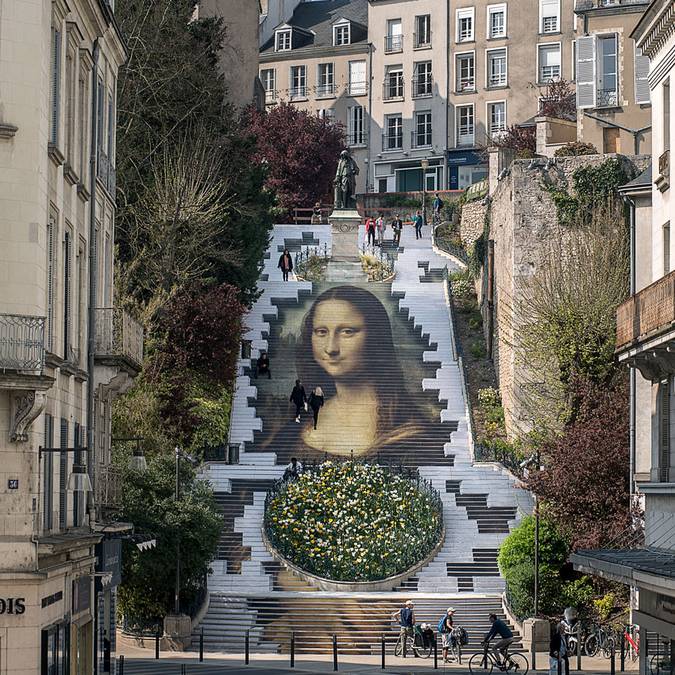
Every summer, the risers on the staircase are covered and transformed into an optical illusion by the French photographer, Nicolas Wietrich. Left: The 2017 illusion. Right: The 2019 illusion.
And on to the cathedral (Cathedrale Saint-Louis) with it’s tall Renaissance style tower. This church was elevated to cathedral status in 1697 and is the seat of the Bishop of Blois. It was built on the site of a 10th century church and what is left of the original church can be seen in the cathedral’s crypt. This cathedral isn’t particularly striking (inside or outside) when compared with many of those I have seen in the past but, hey, it is still an impressive structure (aren’t all cathedrals?!?) and this one is certainly worth the walk up the Escalier Denis Papin.
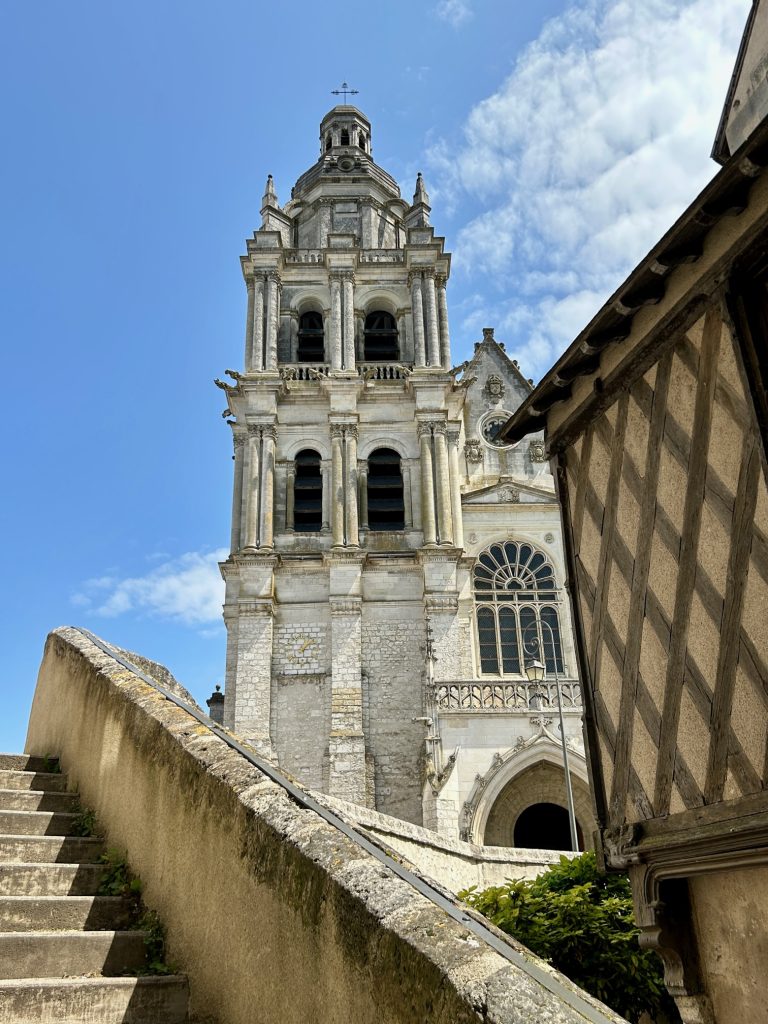
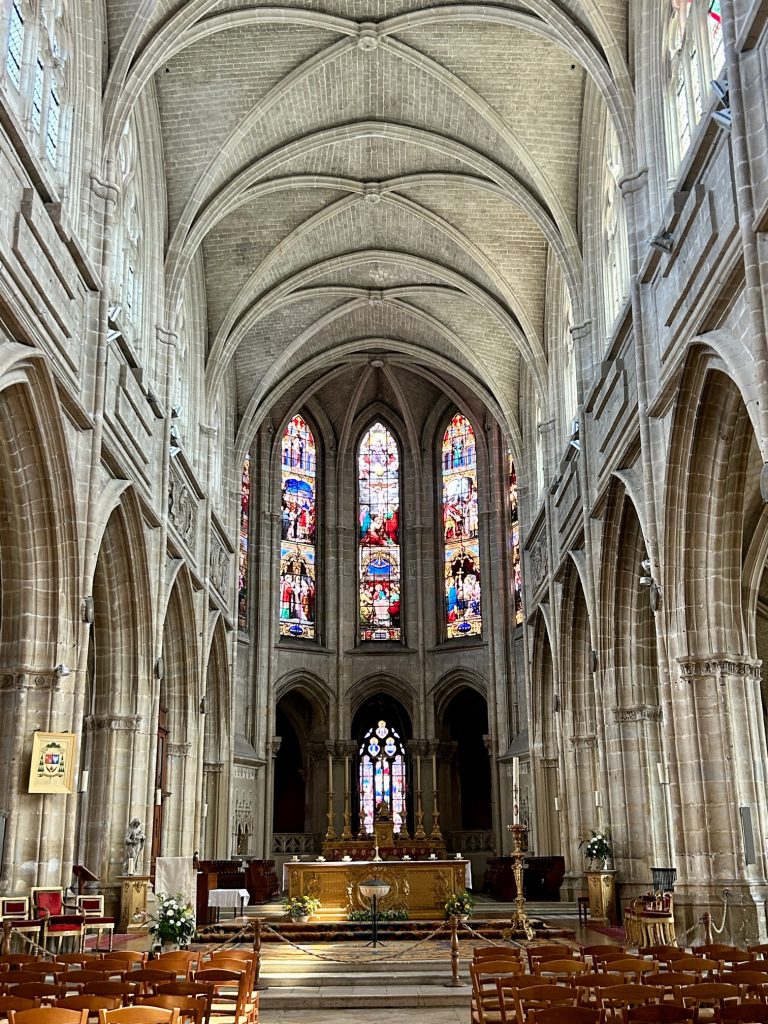
From the cathedral, I made my way down into the main medieval part of city with it’s stone and half timbered houses and cobbled streets. I never tire of such places. There are a number of scenic walks through this part of the town each identified by different bronze dials embedded in the pavement (the Porcupine Route, the Fleur de Lys, Saint Nicolas Steeples and the Sailing Boat – full details of which can be obtained from the local tourist office, I expect) but I had just enough time to find my way back to the Place du Chateau for a quiet beer before Vanya finished her tour of the Chateau Royal.
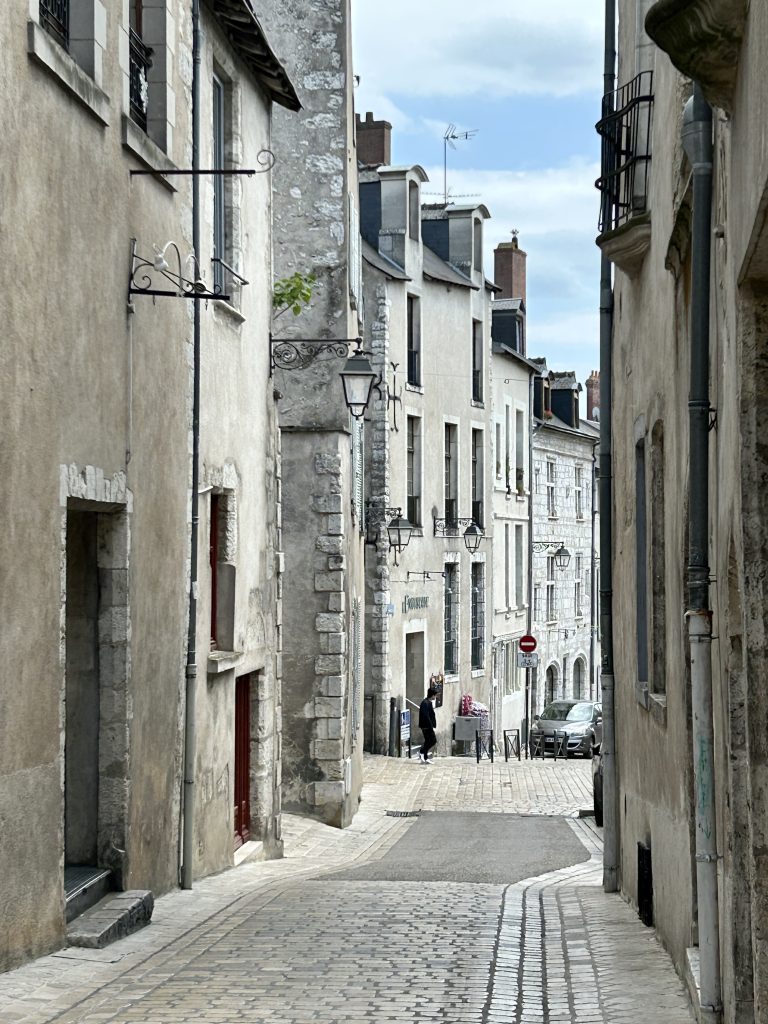
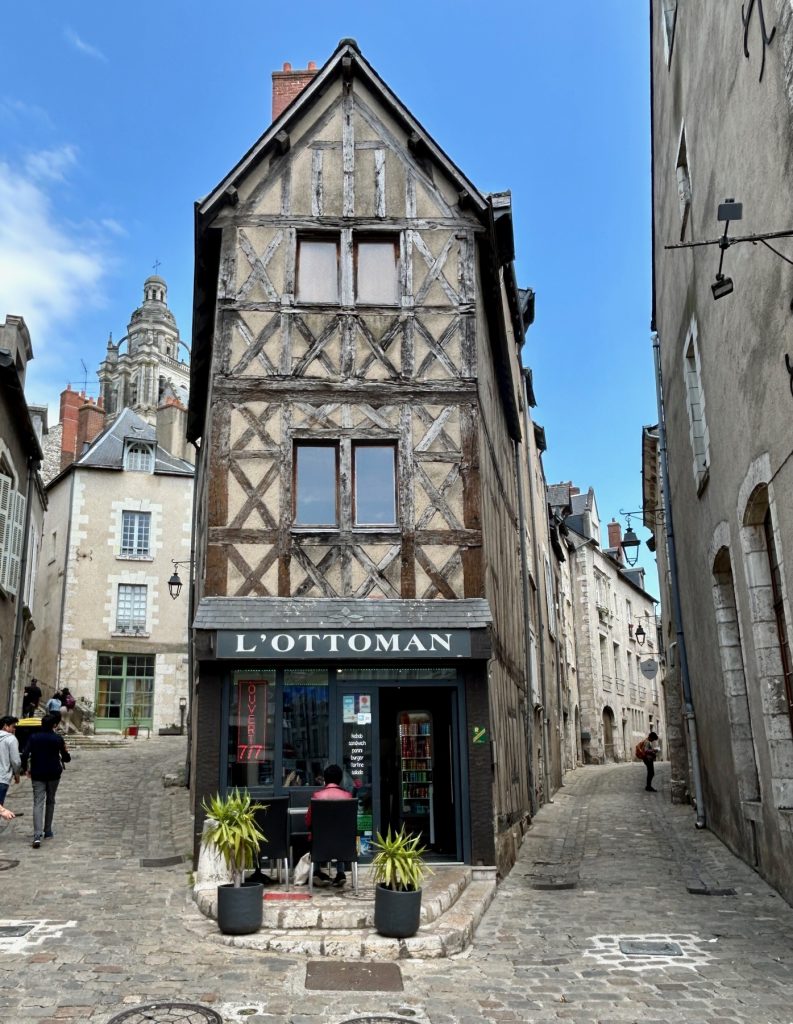
I took a great many more photos of the old town but these are fairly representative.
I found a small cafe bar on the Place du Chateau and sat outside in the sunshine with a small beer (and the two dogs). The square was surprisingly quiet; May is off season in France. To my left was La Maison de la Magie which appeared a fairly ordinary looking museum dedicated to the 19th century conjuror, Jean Eugene Robert-Houdin and to my right was the main entrance to the Chateau. I’d have no problem seeing Vanya the moment she emerged from the Chateau. Indeed, she would probably see me first.
And then the place erupted! The shuttered windows to that ‘fairly ordinary looking museum’ sprung open and very loud (horrible) music issued forth and; then, a number of roaring (more like screeching) automated mechanical dragons appeared one after the other to hang outside of the windows. The two dogs, which until then had been stretched out peacefully in the shade under the slatted wooden table upon which my beer rested, charged out (knocking both the table and my beer flying) and started barking furiously (Nala) and/or whining hysterically (Beanie) at the lurid monsters which continued groaning and screeching and rolling their necks in the windows for the longest ever 10 minutes. Ordinarily I’d have immediately dragged the dogs away but my beer glass had shattered on the cobblestones and I couldn’t just leave broken glass scattered all over the place. That was one of the longest 10 minutes of my life.
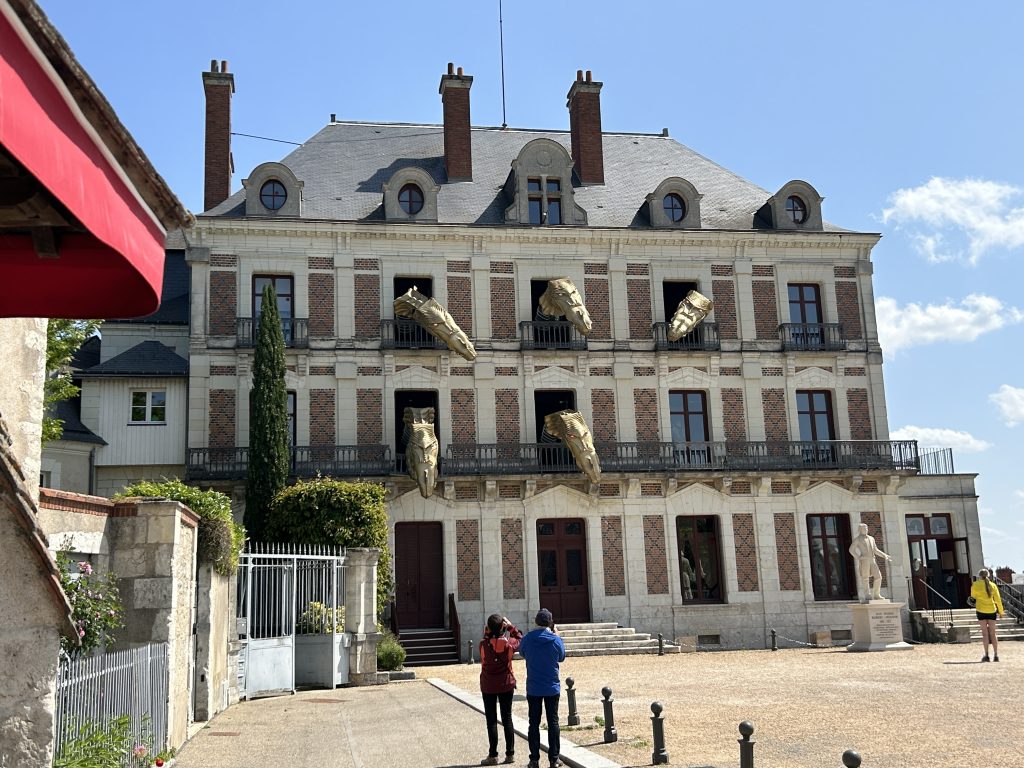
Also on Place du Chateau, opposite the Chateau Royal is Maison de la Magie. I think nine of those dragon heads appeared before the thing finished.
Not long after that, Vanya arrived. I left my replacement beer and we quickly exited the square. I really didn’t want to be there with the dogs any longer than absolutely necessary. What if it started up again? Moreover, Vanya was tired after walking almost every inch of the Chateau Royal and she fancied, would you believe it, a Croque Monsieur.
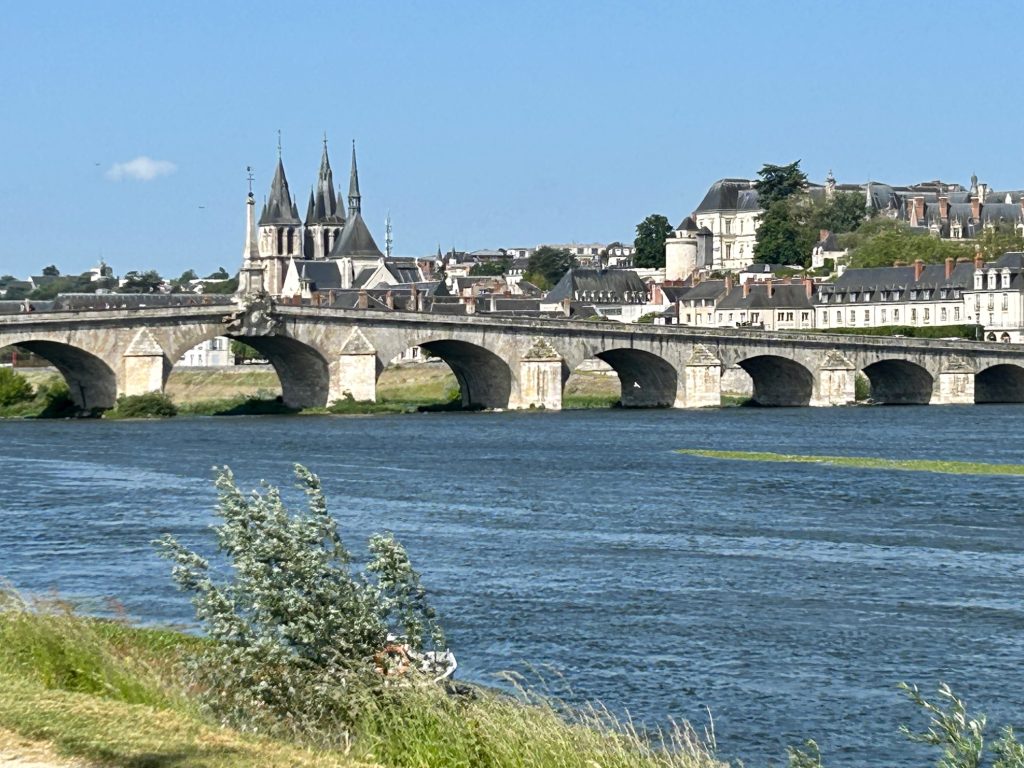
The bridge across the Loire with the many spires of the Eglise Saint Nicolas in the background.
Croque Messieurs later, we crossed the Loire to where our Van was parked and made our way back to our temporary base at Montrichard. Except for a certain 10 minute spell I enjoyed what little I saw of Blois.

